unmodern talking's Public Feed: who will safe the world „Das ...
who will safe the world
„Das vornehme Wort Kultur tritt anstelle des verpönten Ausdrucks Rasse, bleibt aber ein bloßes Deckbild für den brutalen Herrschaftsanspruch.“ – Theodor W. Adorno Der Abend des 14. Februar 2019 steht im MARKK (Museum am Rotherbaum für Kunst und Kulturen der Welt, ehemals „Museum für Völkerkunde“) glücklicherweise nicht im Zeichen von rosa Herzchen und Putten; er ist unter dem Titel „Rassismus ausstellen und nicht reproduzieren“ einem der Leitsätze eines neuen Museumswesens gewidmet, das sich seiner eigenen Herrschaftsansprüche bewusst ist und sich zur Aufgabe macht, diese gezielt zu unterwandern und auszuhebeln. Die Veranstaltung beginnt mit einem Vortrag von Susanne Wernsing zu der von ihr kuratierten Ausstellung „Rassismus. Die Erfindung von Menschenrassen“, die vom 18.5.2018 bis zum 6.1.2019 im Deutschen Hygienemuseum in Dresden zu sehen war. Das Kurator⁎innenteam war dabei mit einer grundlegenden Frage konfrontiert: Wie kann über das Phantasma der Menschenrassen gesprochen werden – mit dem Ziel, es als solches zu markieren und gleichzeitig zu historisieren –, ohne dabei ungewollt eine Affirmationswirkung zu erzielen? Wie können historische Dokumente, Objekte und Artefakte der Rassenideologie, die ja unbestreitbar Teil europäischer und insbesondere deutscher Kultur- und Wissensgeschichte sind, einem breiten Publikum zugänglich gemacht und gleichzeitig auf eine Art und Weise kommentiert werden, die verhindert, dass sie ihre menschenfeindliche Handlungsmacht erneut in voller Wucht entfalten? Die vielbeschworene „Agency“ von Dingen wird hier und heute in besonderem Maße virulent; Spätestens seit Bruno Latours „Parlament der Dinge“ wissen wir, dass Bilder und Artefakte eine realitätsbildende Eigendynamik besitzen. Strategien rassistischer Unterdrückung wie etwa Stereotypisierung und Naturalisierung funktionieren in hohem Maße visuell – und diese visuelle Argumentationskraft von Dingen ist mit sprachlichen Mitteln wie etwa erläuternden Texten kaum zu bändigen. Die Kuratorin ist sich dieser vielschichtigen Problematiken bewusst und beschreibt in ihrem Vortrag die unterschiedlichen Distanzierungsansätze der Dresdner Ausstellung. So kamen etwa auf der Ebene des Displays verschiedene Strategien zum Einsatz, wovon wir auf zwei näher eingehen möchten: zum einen wurden im Raum zur Geschichte der Erfindung der Menschenrassen die Objekte in einem dreidimensionalen Raster präsentiert, das sich vom Boden bis zur Decke zog. Die Dinge beanspruchen dabei allerdings einen gewissen Eigensinn; sie halten sich oftmals nicht an die vom Raster vorgegebenen Beschränkungen, sie wuchern und scheren aus und widersetzen sich damit der Kategorisierungswut westlicher moderner Wissenschaften. Eine zweite Maßnahme, mit der ein unreflektiertes, reibungsloses Betrachten unterbunden werden sollte, war das wiederholte Anbringen von Spiegeln innerhalb der Displays. Die Besucher⁎innen der Ausstellung wurden auf diese Art, so Susanne Wernsing, wiederholt auf sich selbst zurückgeworfen und mittels ihres Spiegelbildes zur Reflexion ihrer eigenen Position angehalten. Im Sinne einer situierten Betrachter⁎innenposition, sollten sämtliche Perspektiven als partiell erfahrbar gemacht werden. Eine – wie wir finden – unbedingt notwendige Maßnahme war die Einberufung eines sogenannten „rassismuskritischen Expert⁎innenkreises“. Wie genau sich dieser Personenkreis zusammensetzt, bleibt unklar – auf der Website des Hygienemuseums wird er als „Arbeitsgruppe aus Expertinnen und Experten, die selbst über rassistische Erfahrungen verfügen“ beschrieben. Eine etwas sehr unbeholfene Formulierung, die paradigmatisch für die eigenen institutionellen und kuratorischen Unsicherheiten zu stehen scheint. So betont Wernsing auch die Schwierigkeiten, diesen Expert⁎innenkreis überhaupt zu integrieren – wollte sie selbst die Gruppe von Anfang mit einbeziehen, so wehrte sich das Museum mit Nachdruck dagegen. Kooperationen mit antirassistischen Gruppen wurden zudem von Seiten der Institution sogleich als „linksideologisch verblendet“ abgelehnt. Der Kompromiss: Der Expert⁎innenkreis sollte zehn Monate vor der Eröffnung der Ausstellung noch einmal überprüfen, nachjustieren und intervenieren. Das Ergebnis war eine Reihe von Eingriffen in die vorliegenden Pläne, etwa in Form von künstlerischen Installationen, satirehaften Ergänzungen aus Pop-Kulturen oder farblich hervorgehobene Kommentare zu den Wandtexten. Dabei sollte insbesondere der Opferstatus der Betroffenen von Rassismus demontiert werden, indem der Fokus auf Momente des Widerstandes, des Trotzes und des Protests gelegt wurde. Hier kamen rassistisch diskriminierte Stimmen zu Wort. Dass dies allerdings nur in einer Kommentarfunktion der zweiten Ordnung möglich war, zeigt auch, an wen die Ausstellung in erster Linie gerichtet war, nämlich an ein weiß-christliches, deutsches Zielpublikum. Daraus macht Susanne Wernsing keinen Hehl, so heißt es auch im Katalog zur Ausstellung: „Das Ziel der Ausstellung ist es, über eine historische Annäherung für den alltäglichen Rassismus in unserer gegenwärtigen Gesellschaft zu sensibilisieren.“ Diese Ausrichtung ist notwendig und wichtig – insbesondere in Bundesländern wie Sachsen, wo neonazistische und rechtsradikale Ideologien seit Jahren im Aufschwung sind. Doch ist das genug? Welche Stimmen wollen wir heute hören? Welchen Perspektiven sollen Institutionen eine Plattform geben? Und diese Frage wird noch virulenter, wenn es sich dabei um Museen handelt, wie das Deutsche Hygienemuseum und das MARKK, deren raison d’etre seit jeher die Erfindung und Zementierung weißer Vorherrschaft war. Und wir denken wieder an das dreidimensionale Ausstellungsraster, das die ordnende und unterdrückende Struktur des Museums als solches sichtbar macht; so wie die Erfindung der Rasse kein irrationales Gegenstück der Aufklärung war, sondern Effekt und Produkt eben jener aufklärerischen Methoden, so ist der Alltagsrassismus heute auch kein unkoordinierter Hass oder bloße Ignoranz, sondern institutionell und strukturell gestützte und reproduzierte Ordnungsversuche nervöser Wissenschaften und eines identitären Kulturbegriffs. Genügt es dann, wenn die Institutionen eben jenes Kulturbegriffes ihre eigene Geschichte und Methoden kontextualisieren und kritisch kommentieren und dabei doch ihre Sprechposition behalten? Wenn Veränderung zustande kommen soll, dann müssen die Stimmen derer gehört werden, die in den aktuellen Machtverhältnissen den Kürzeren ziehen – sei es aufgrund ihrer Hautfarbe, ihres Geschlechts, ihrer Klasse, ihrer sexuellen Präferenz etc. Denn so gelingt es, sich zu „empowern“, Verbündete zu mobilisieren, sich zu organisieren. Noch nie waren es „die Unterdrücker“, die plötzlich aufhörten, zu unterdrücken: Es waren die Sklaven, die Frauen⁎, die Arbeiter⁎innen, die Schwulen, die Lesben, die Transmenschen usw. selbst, die aufbegehrten und es wagten, die Rechte einzufordern, die ihnen zustehen. Auch der zweite Teil des Abends war von diesen und ähnlichen Fragen bestimmt. Lawrence Oduro-Sarpong, der das Ausstellungsprojekt in Dresden wissenschaftlich begleitete, zeigte einen Ausschnitt aus Trevor Noah’s The Daily Show. In dem Video argumentierte der aus Johannesburg stammende Talk-Show-Host für die Restitution des gestohlenen afrikanischen Kunst- und Kulturerbes (https://youtu.be/fOlmXQihow8). Oduro-Sarpong kommentiert den Ausschnitt zunächst nicht weiter und fragt das Publikum nach Reaktionen. Wenig überraschend meldet sich prompt ein älterer weißer Mann zu Wort. Es entfaltet sich eine einigermaßen wirre Aneinanderreihung von straight-out-rassistischen und gut-gemeint-aber-trotzdem-rassistischen Meldungen, die nur zwischendurch von qualifizierten und konstruktiven Meldungen unterbrochen wird. Die Kommentare werden kaum moderiert, Polemik und Kritik bleiben unvermittelt im geteilten Raum stehen und der Saal wird zunehmend unruhiger. Leute zucken bei den Wortmeldungen ihrer Sitznachbar⁎innen erschrocken zusammen, wütendes Gemurmel, Raunen, Seufzen und mehrere dutzend Facepalms begleiten wiederkehrende rassistische Behauptungen eines europäischen Wissens- und Kulturmonopols. Die Unvermitteltheit, die blanke Ignoranz, die uncritical Whiteness mancher Wortmeldungen beunruhigen und rütteln manche der Besucher⁎innen gewaltvoll aus ihrer Filterblase. Irgendwann wird der Schlagabtausch einfach beendet, die Zeit ist rum, die Luft ist stickig geworden im altehrwürdigen Auditorium. Oduro-Sarpong spricht ein Schlusswort und als sich alle zum Gehen wenden, lässt es sich Barbara Plankensteiner, Direktorin des MARKK, doch nicht nehmen, das letzte Wort zu haben: Sie nimmt Oduro-Sarpong das Mikrofon, den institutionalisierten Redestab, aus der Hand und will dann doch noch „eine Lanze für uns, die Museen“ brechen, man bemühe sich doch redlich ab jetzt alles besser zu machen. Diese letzte Geste des Abends macht dieses Ansinnen nicht unbedingt glaubwürdiger und als man beim Verlassen des Hörsaals auf die Beschilderung eines Ausstellungsraums mit „Indianer Nordamerikas“ stößt, hat man eigentlich die Hoffnung schon fast aufgegeben. Selbstreferenzielle und –kritische Ausstellungen und Veranstaltungsprogramme als Ablasshandel und zeitgemäße Fußnote strukturell und historisch rassistisch arbeitender Institutionen genügen einfach nicht. So viel ist nach diesem Abend klar.

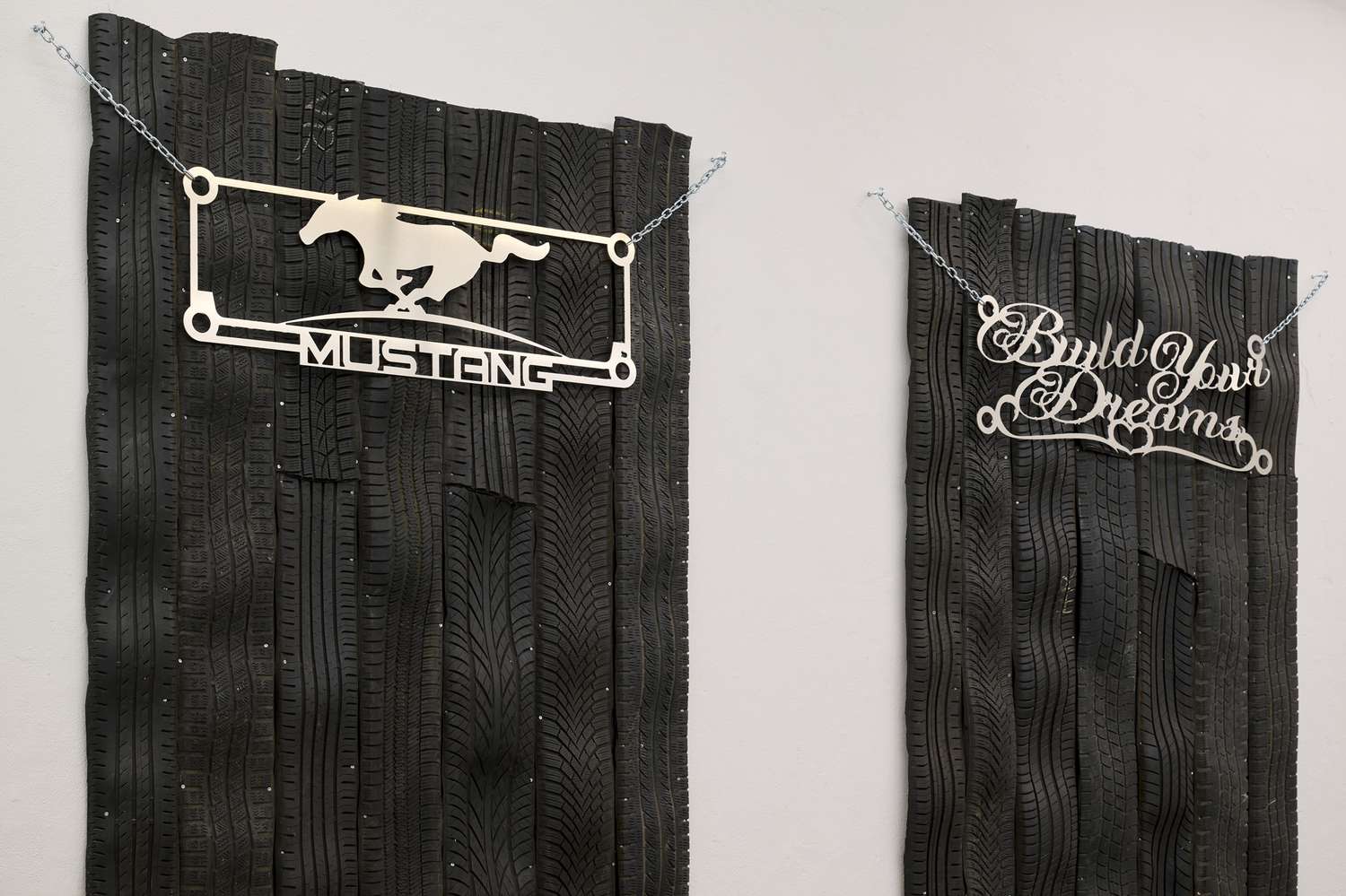



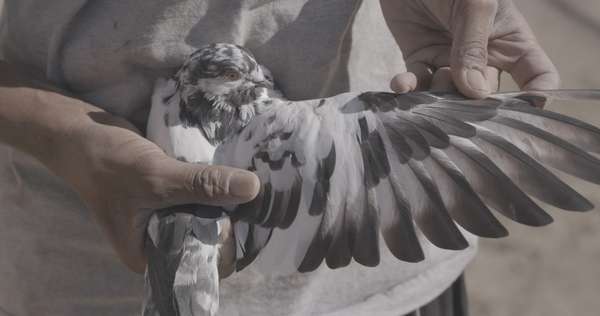
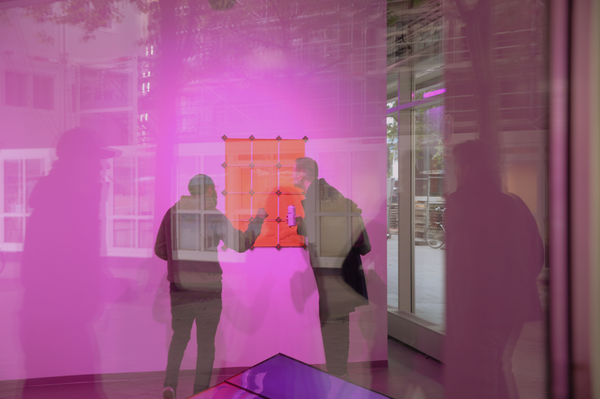
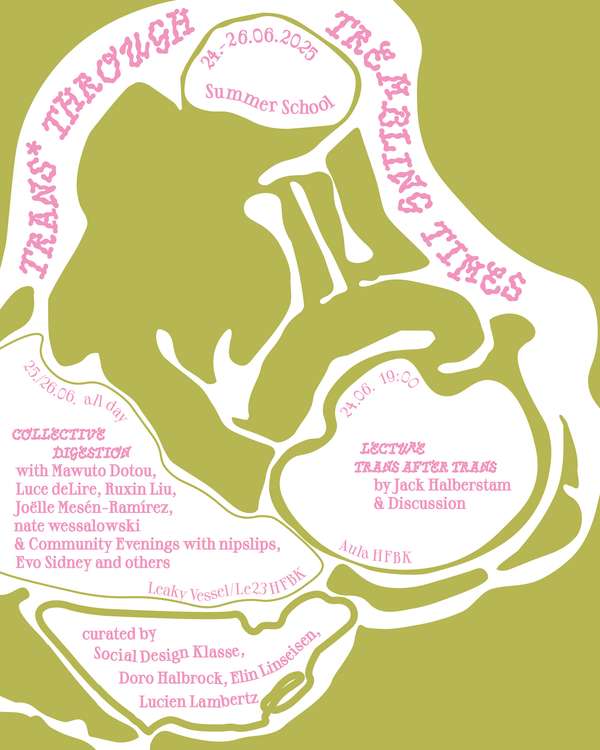
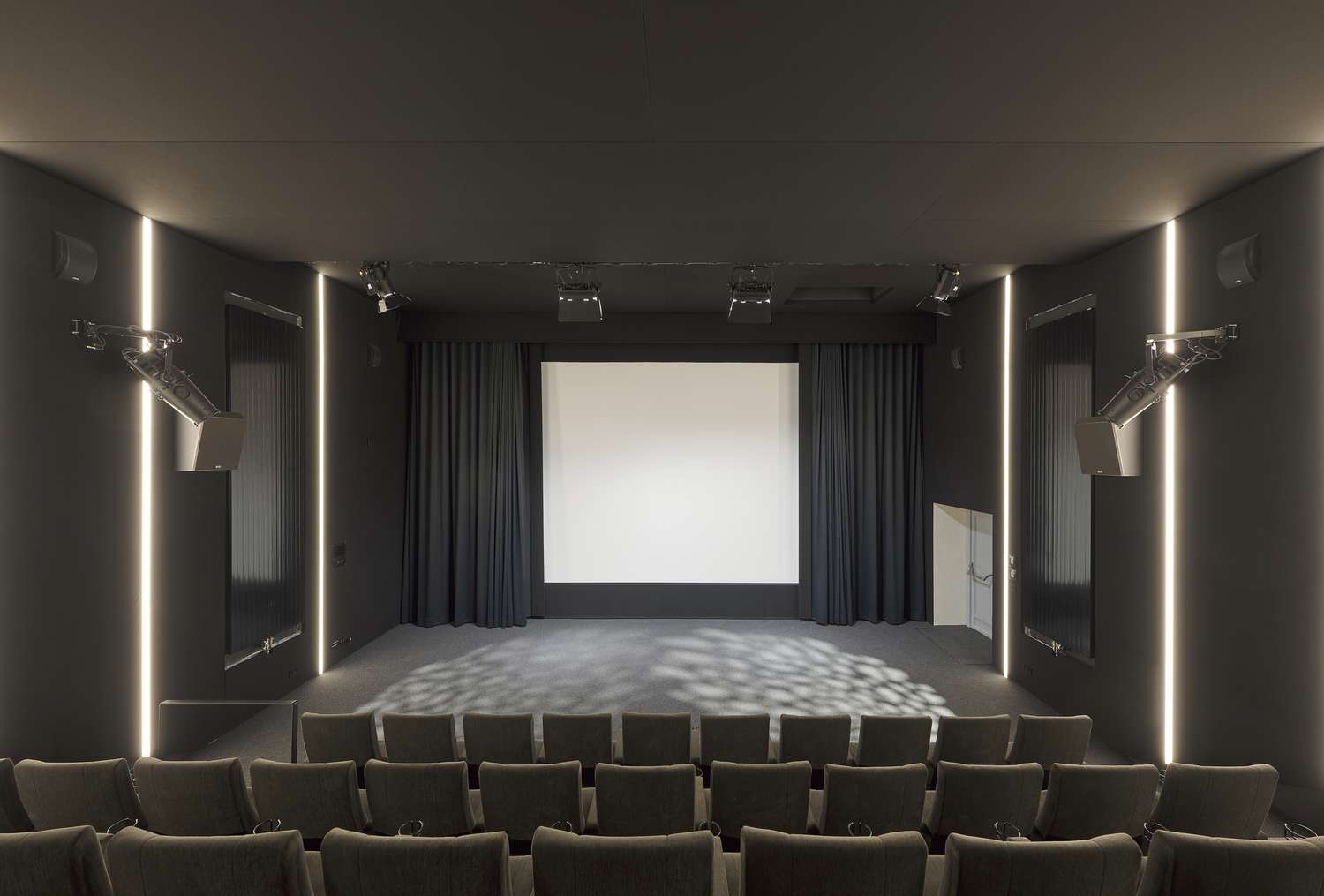

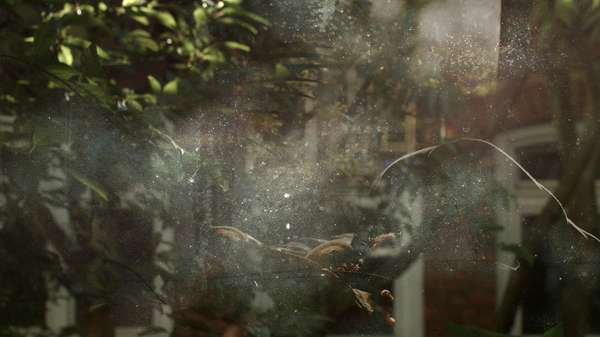
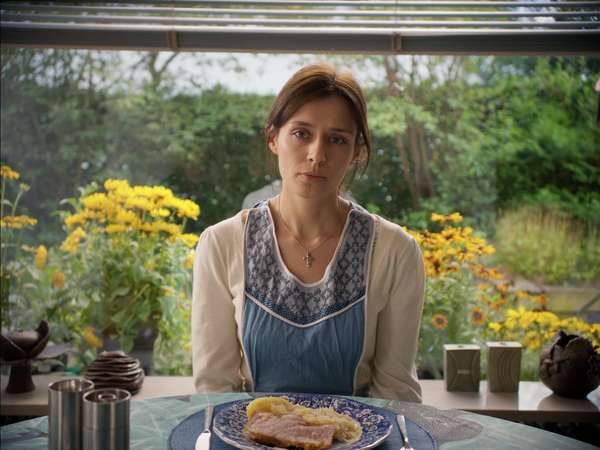
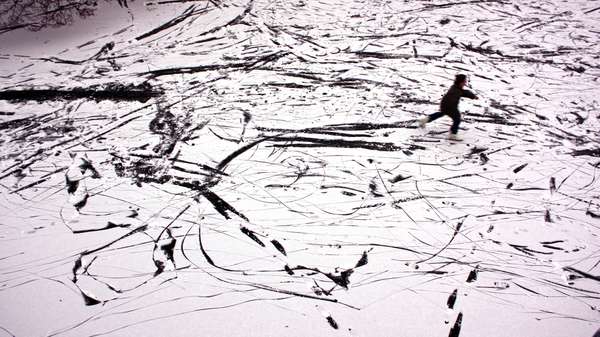
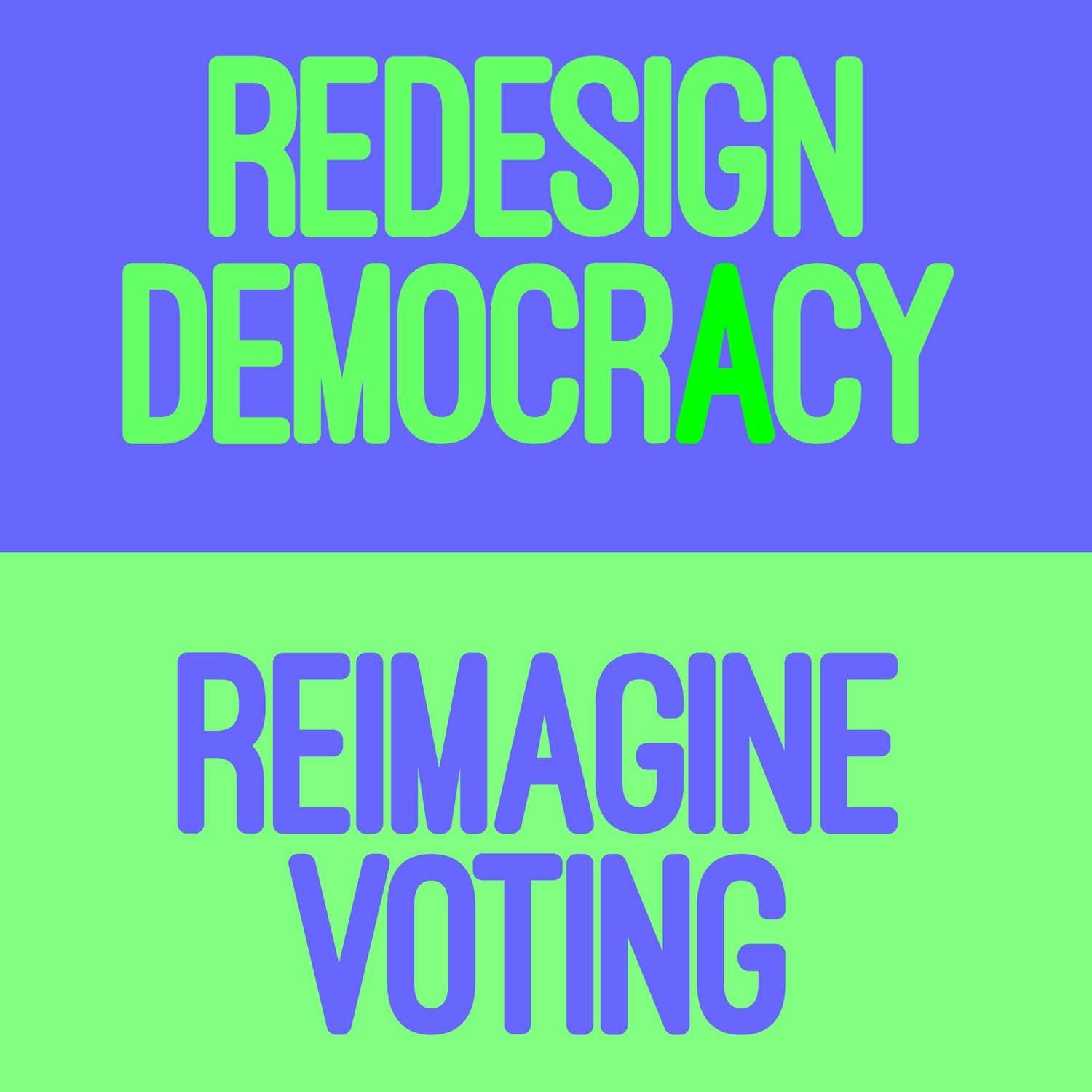
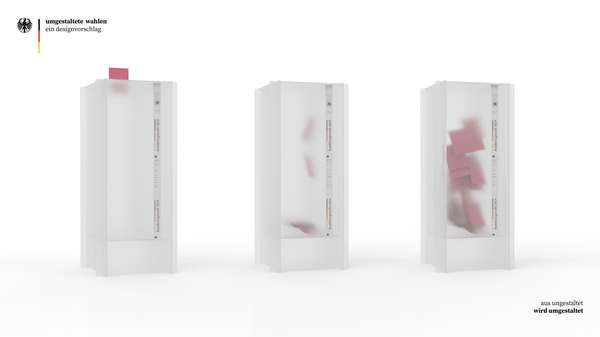
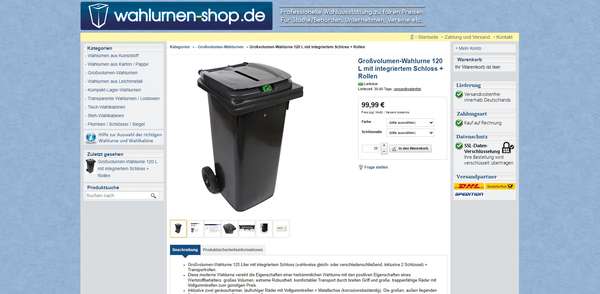
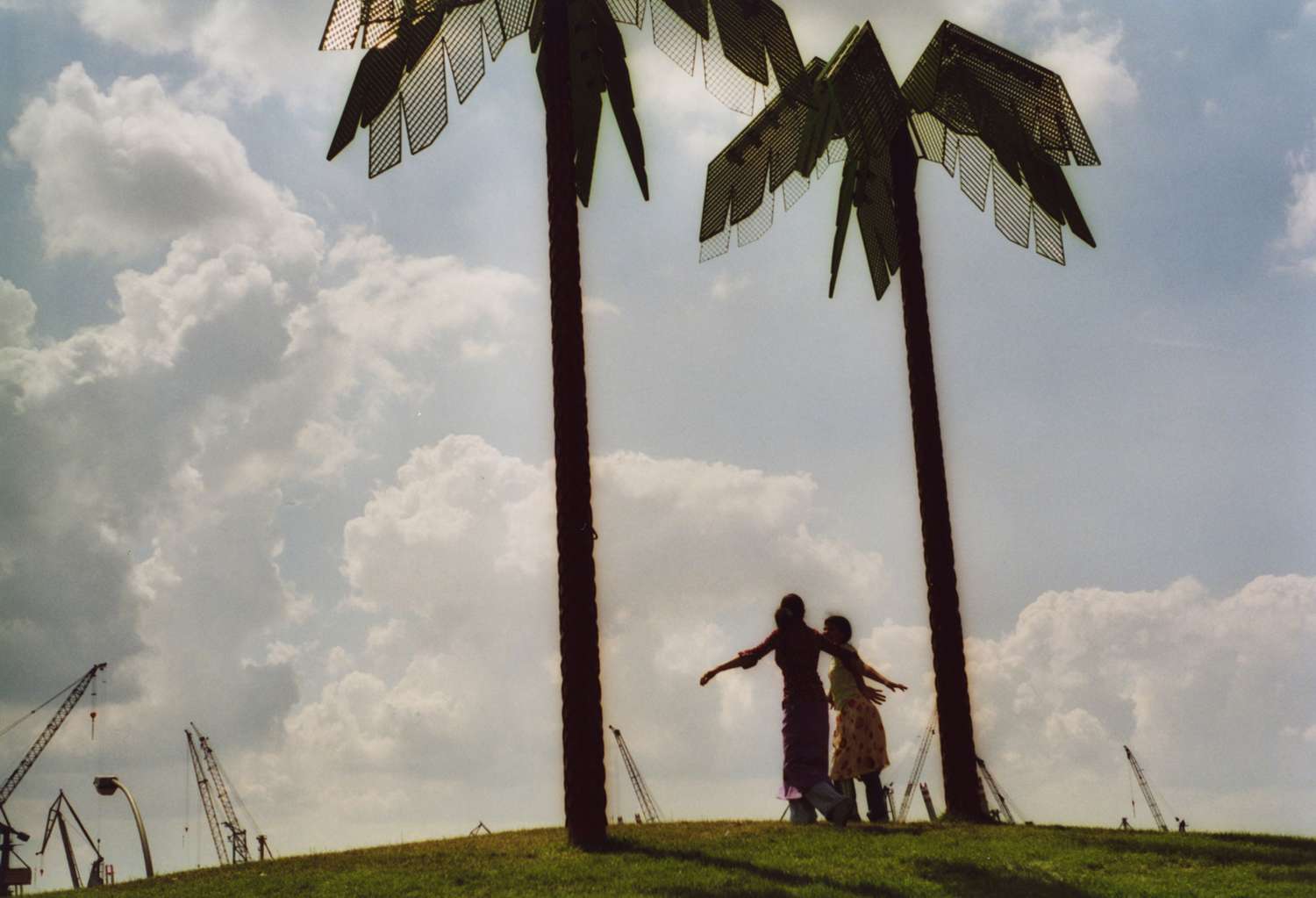
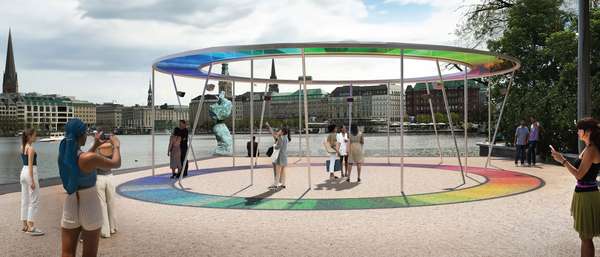
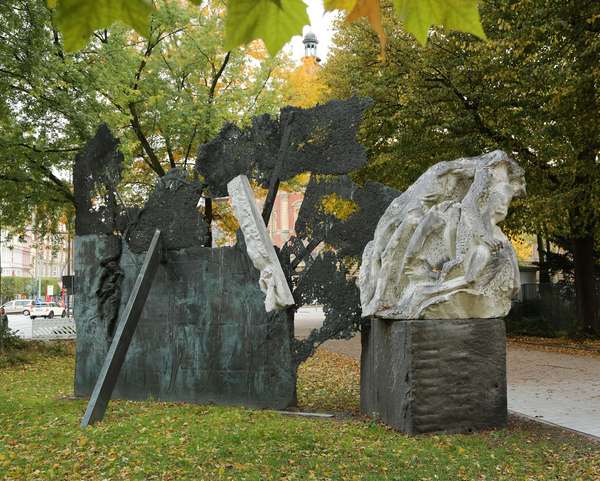
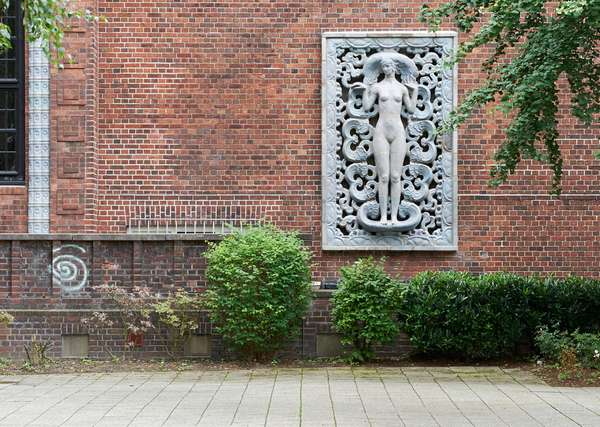
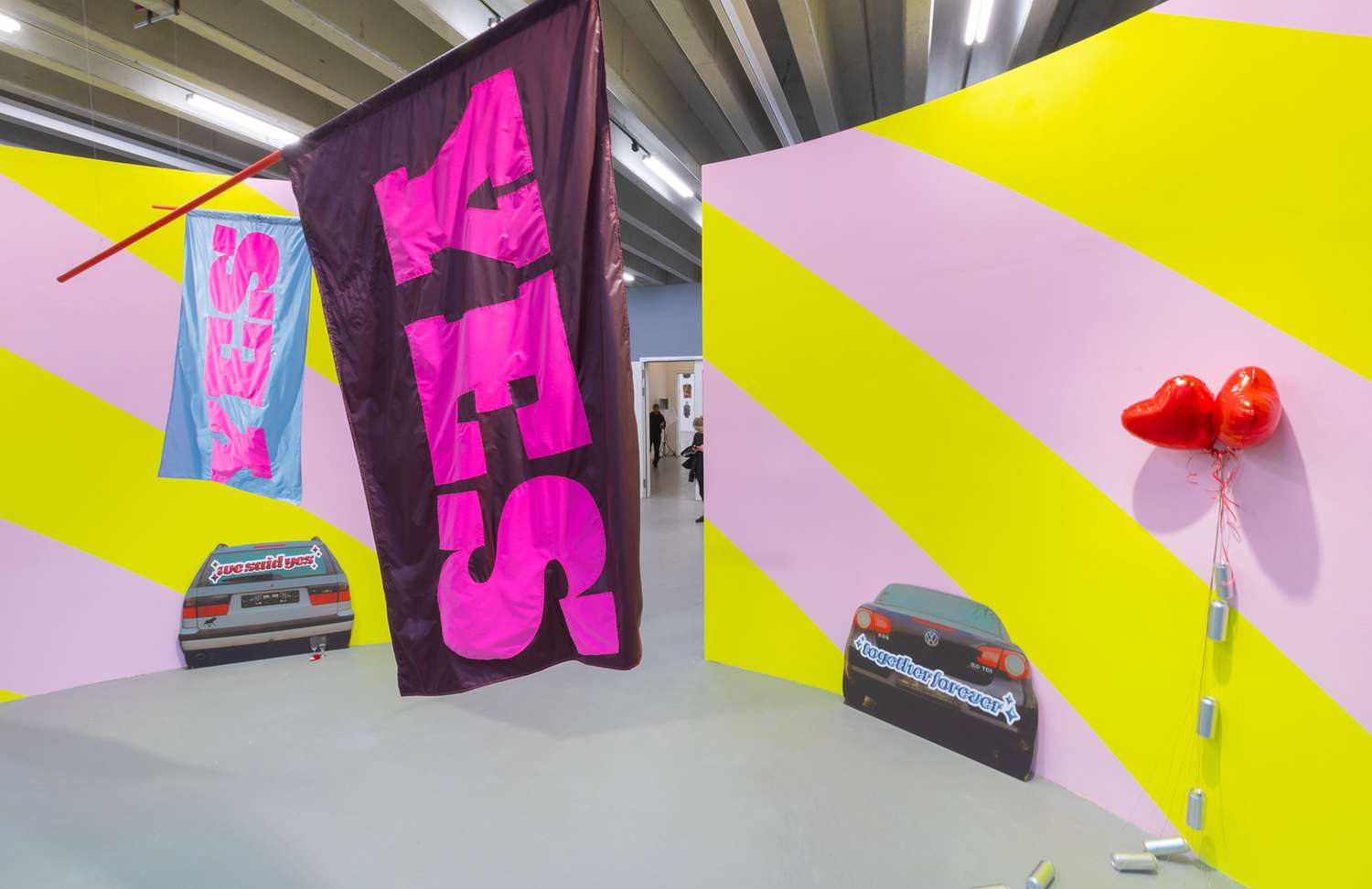
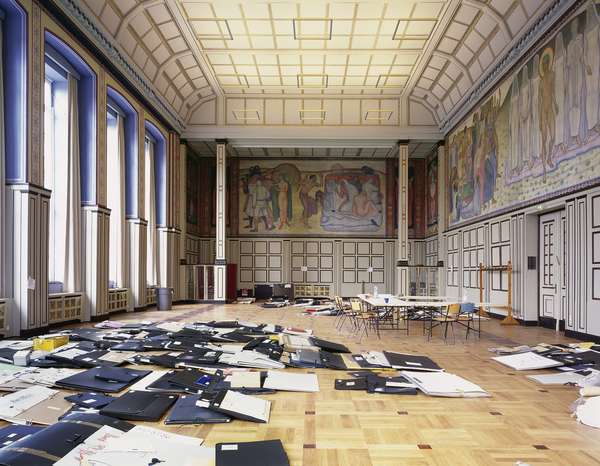
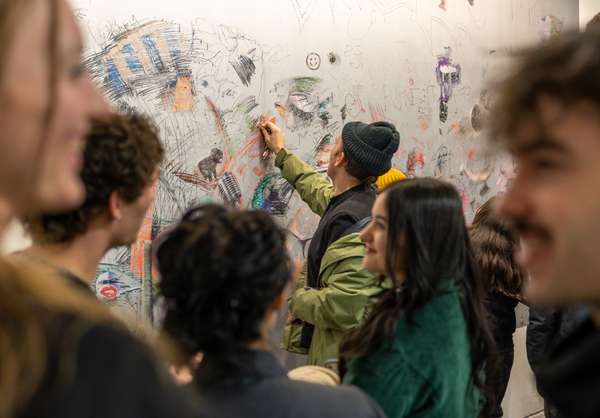
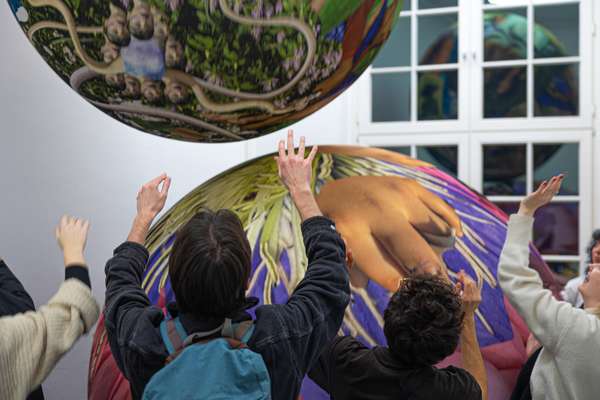
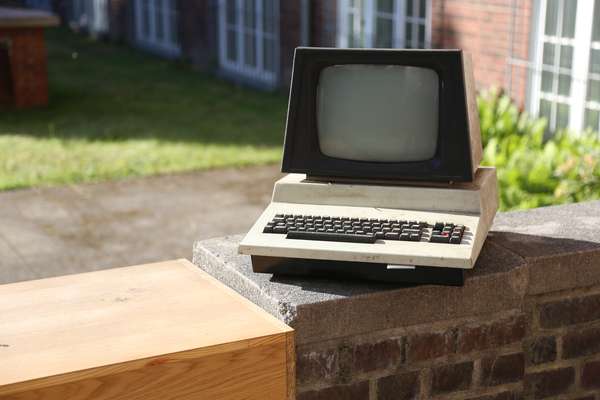

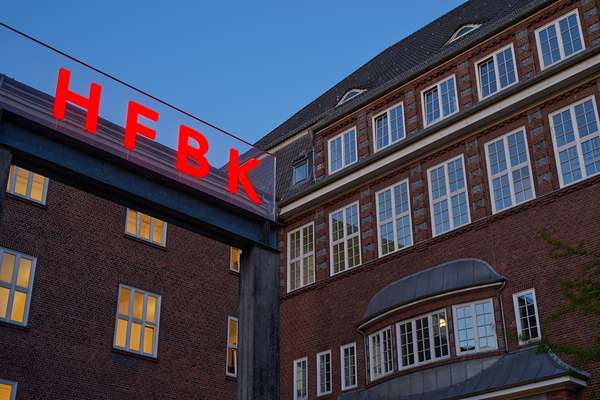
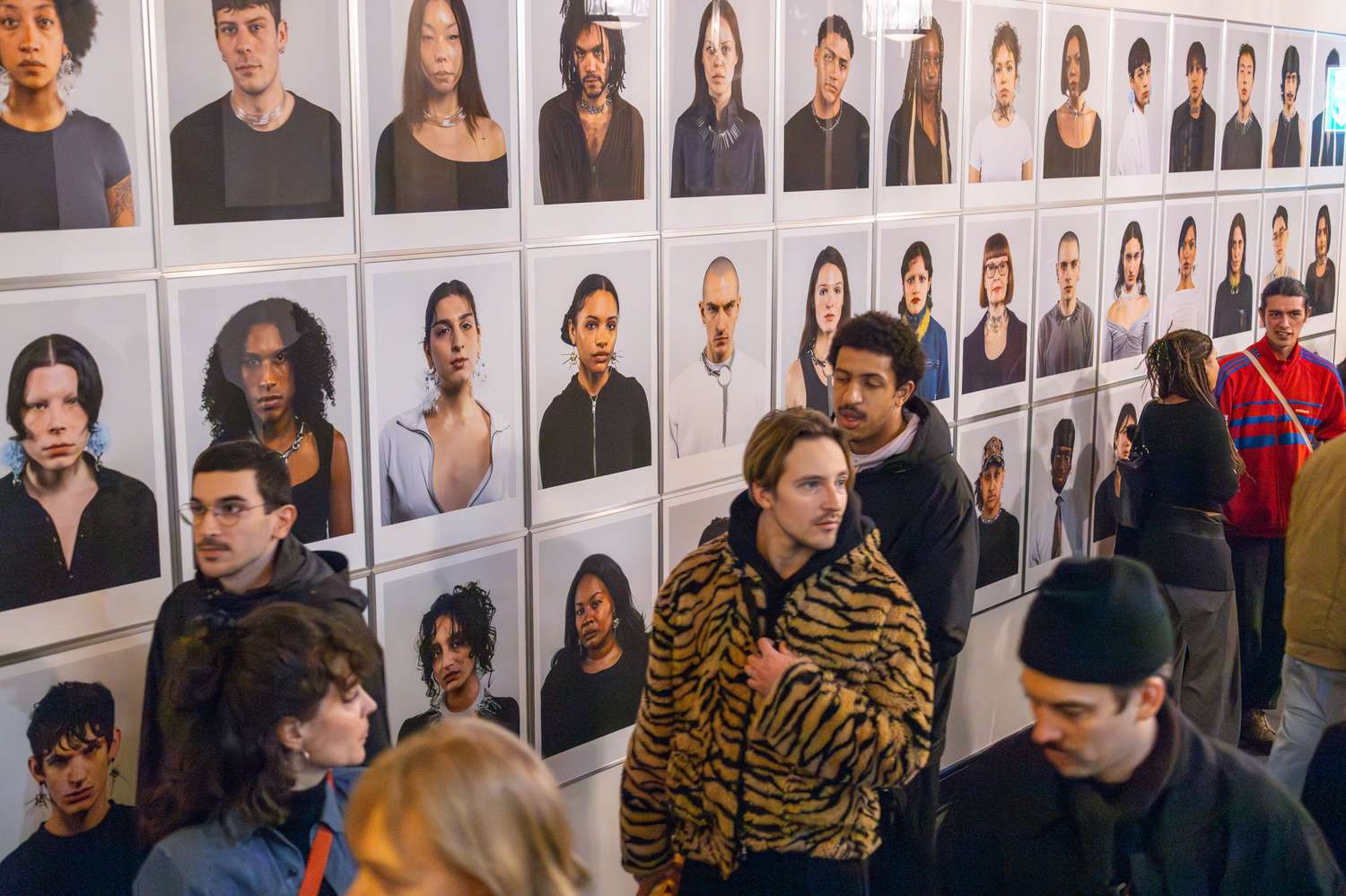
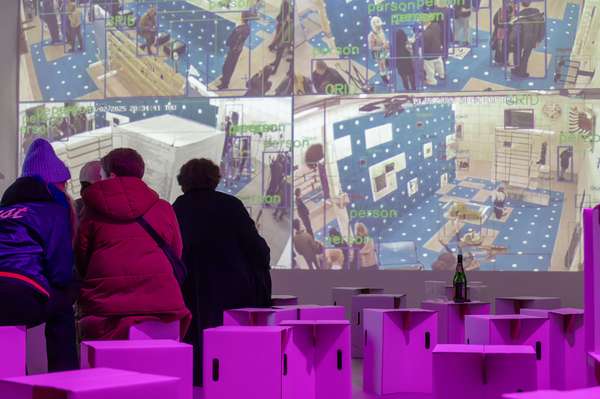
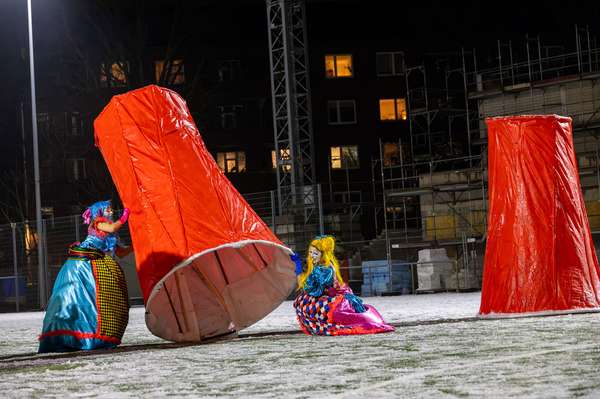
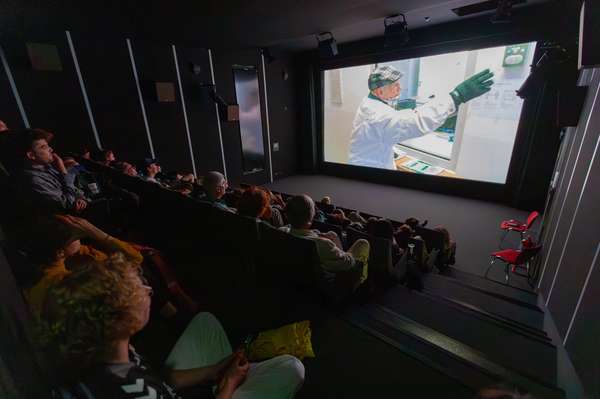
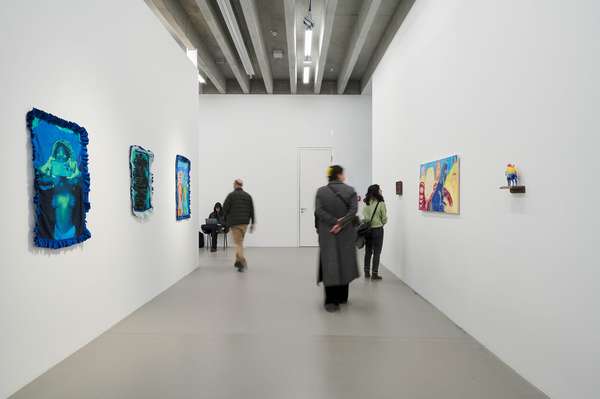
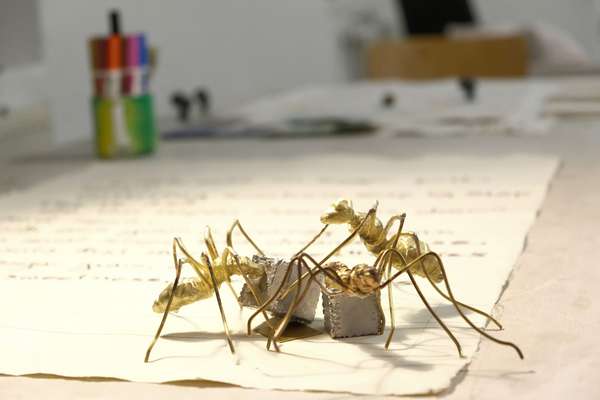
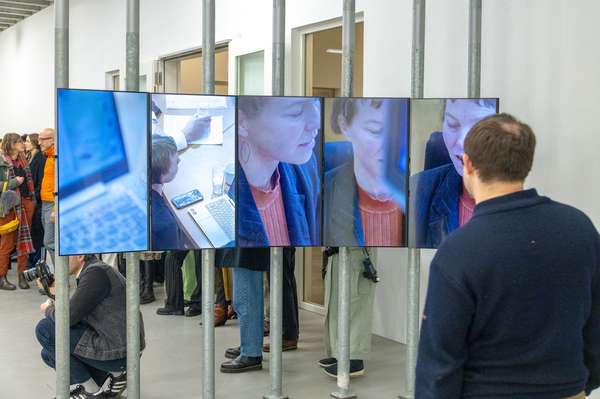
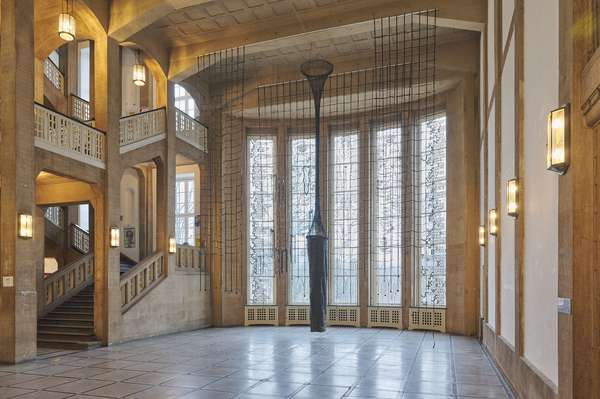
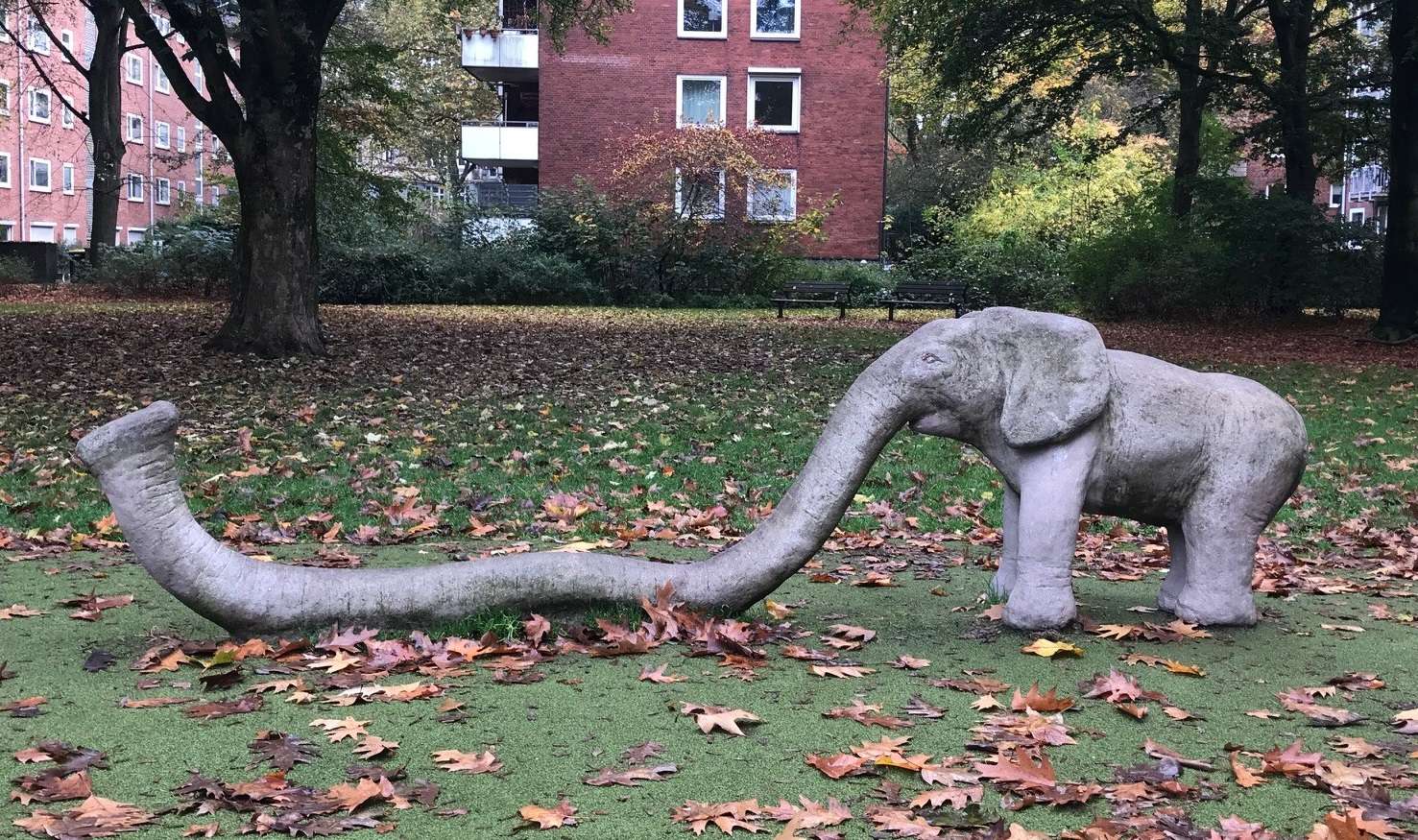
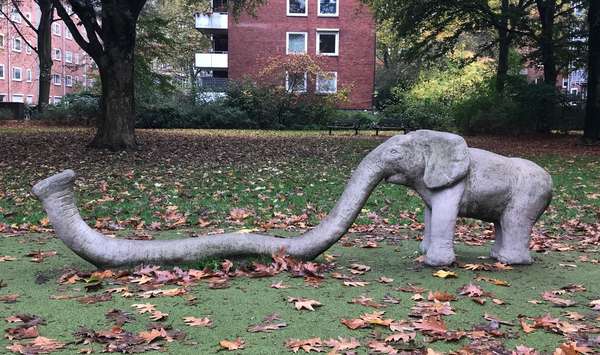
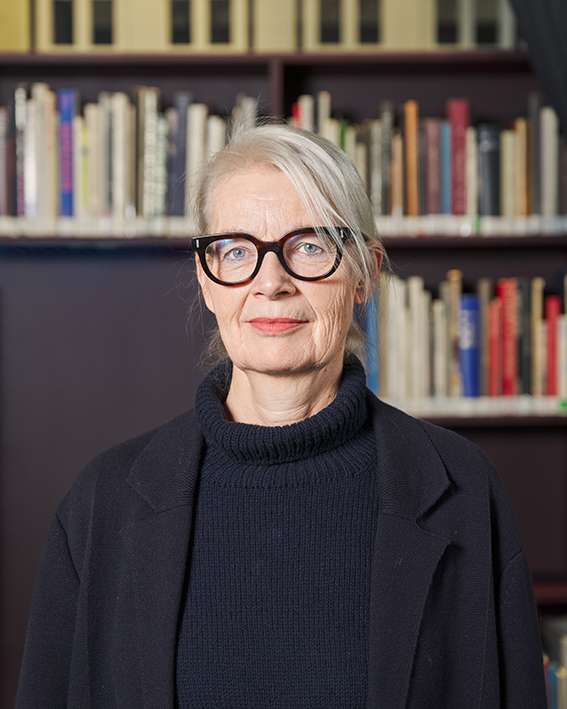
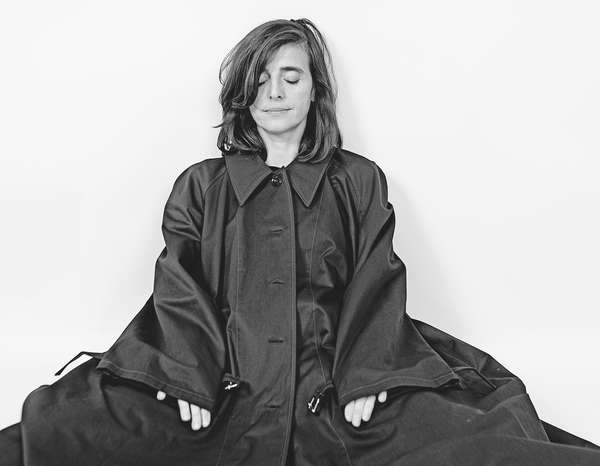
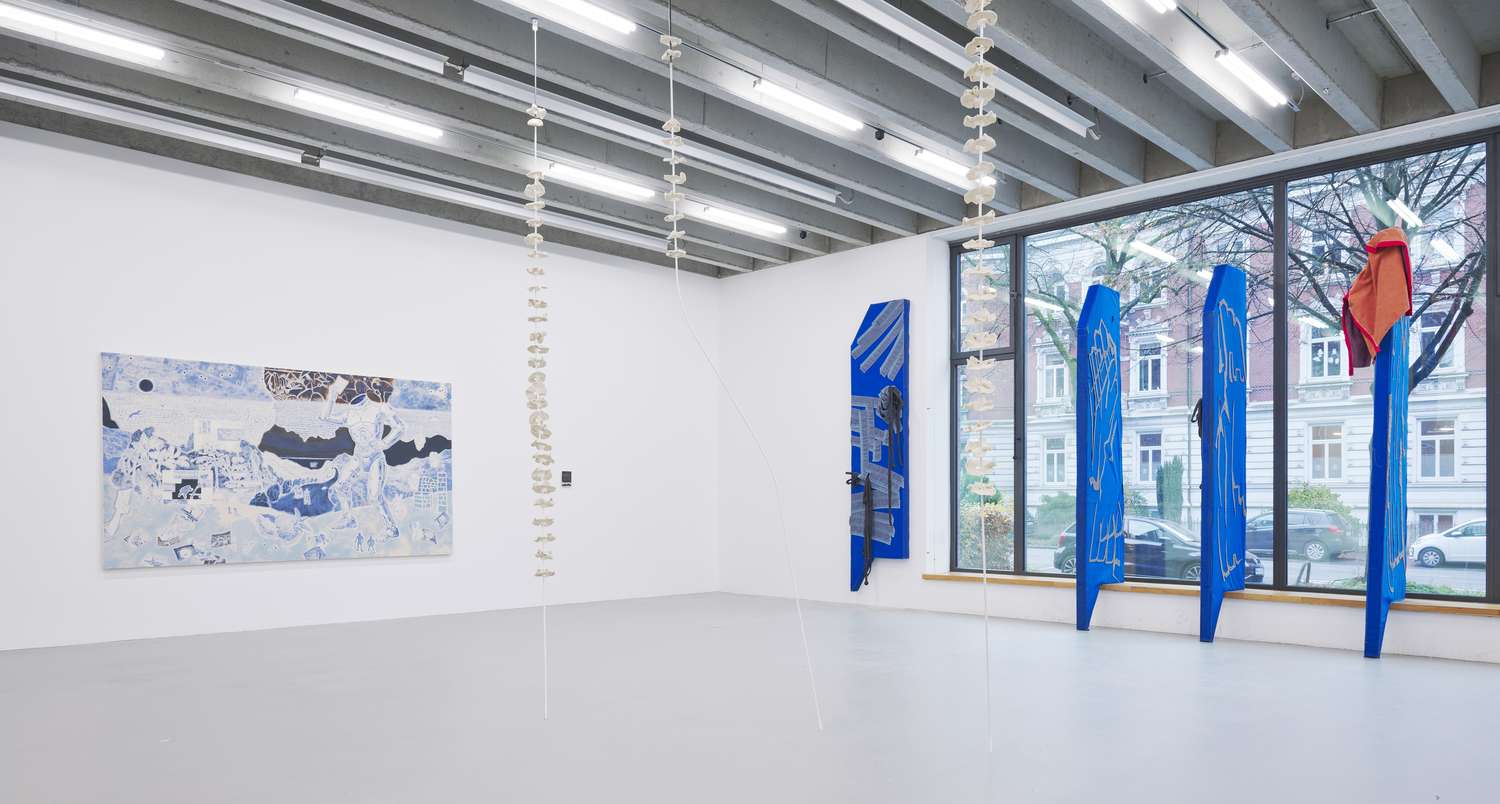
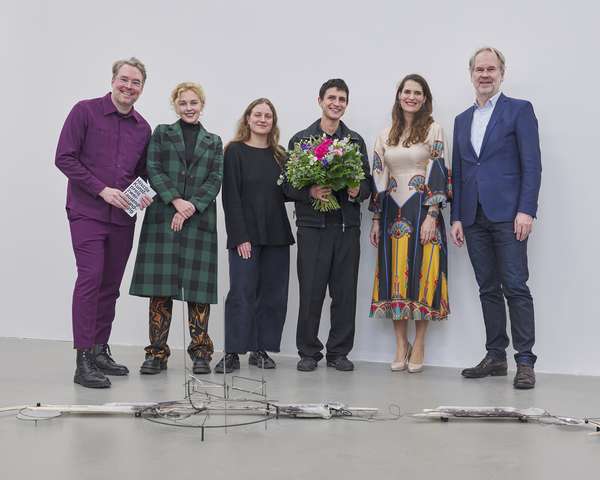
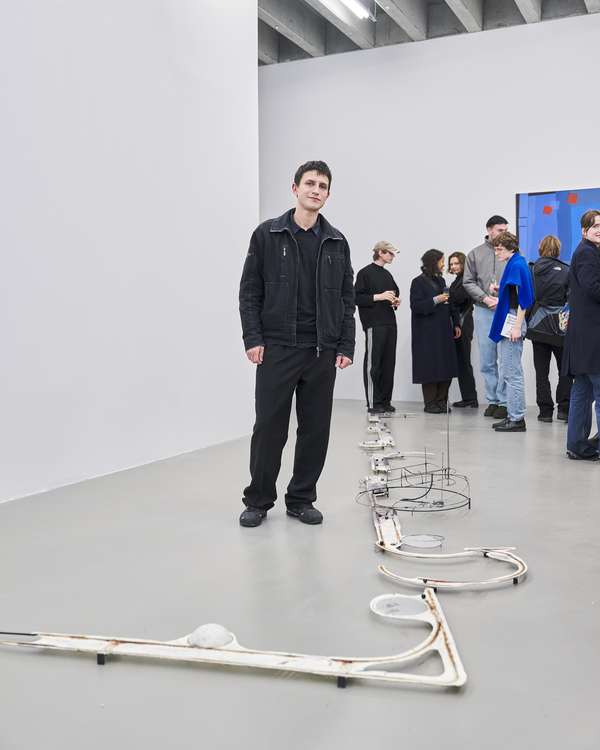
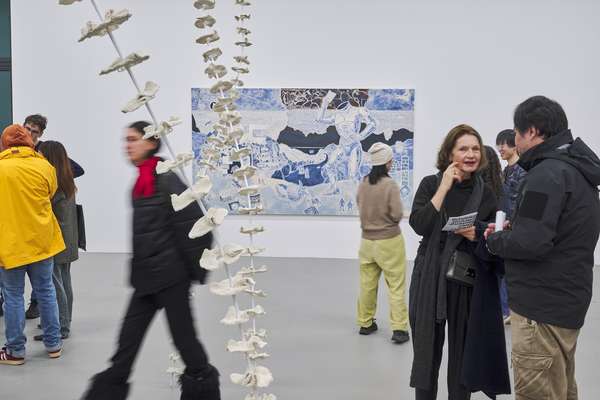

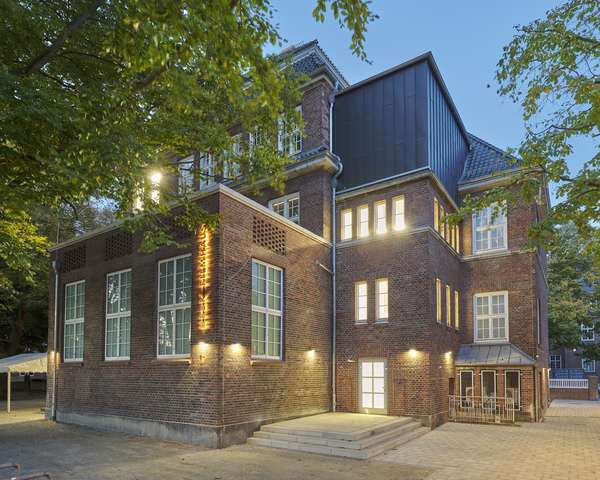
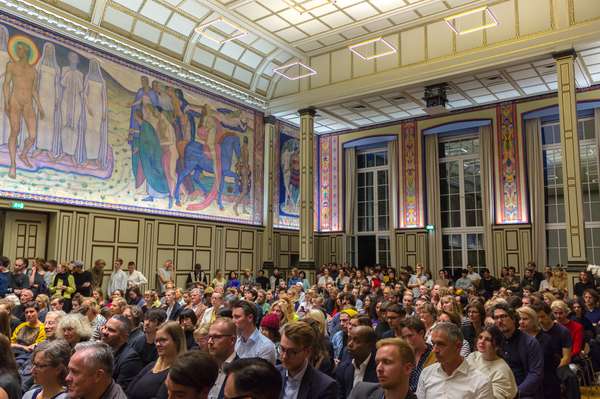
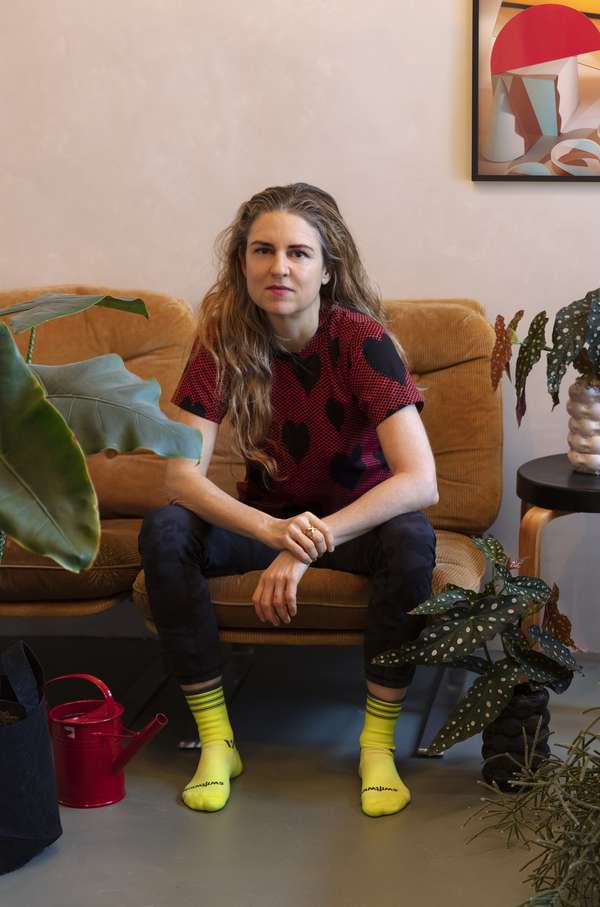
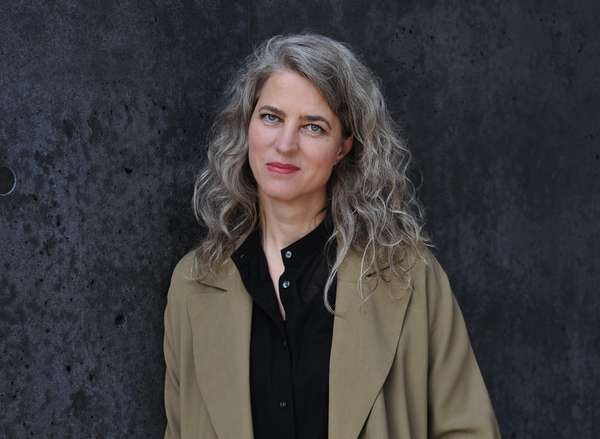
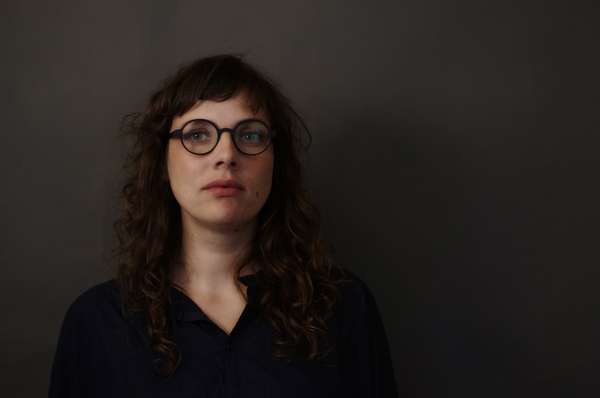
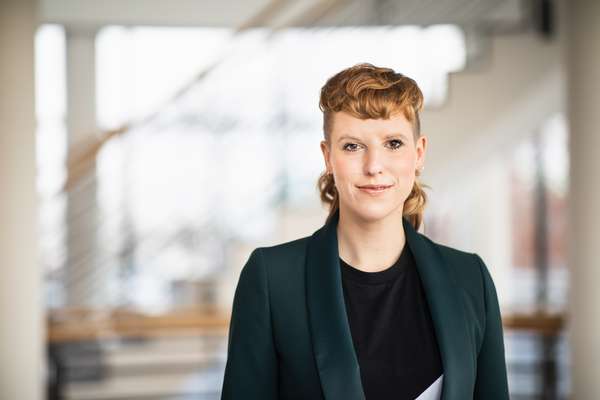
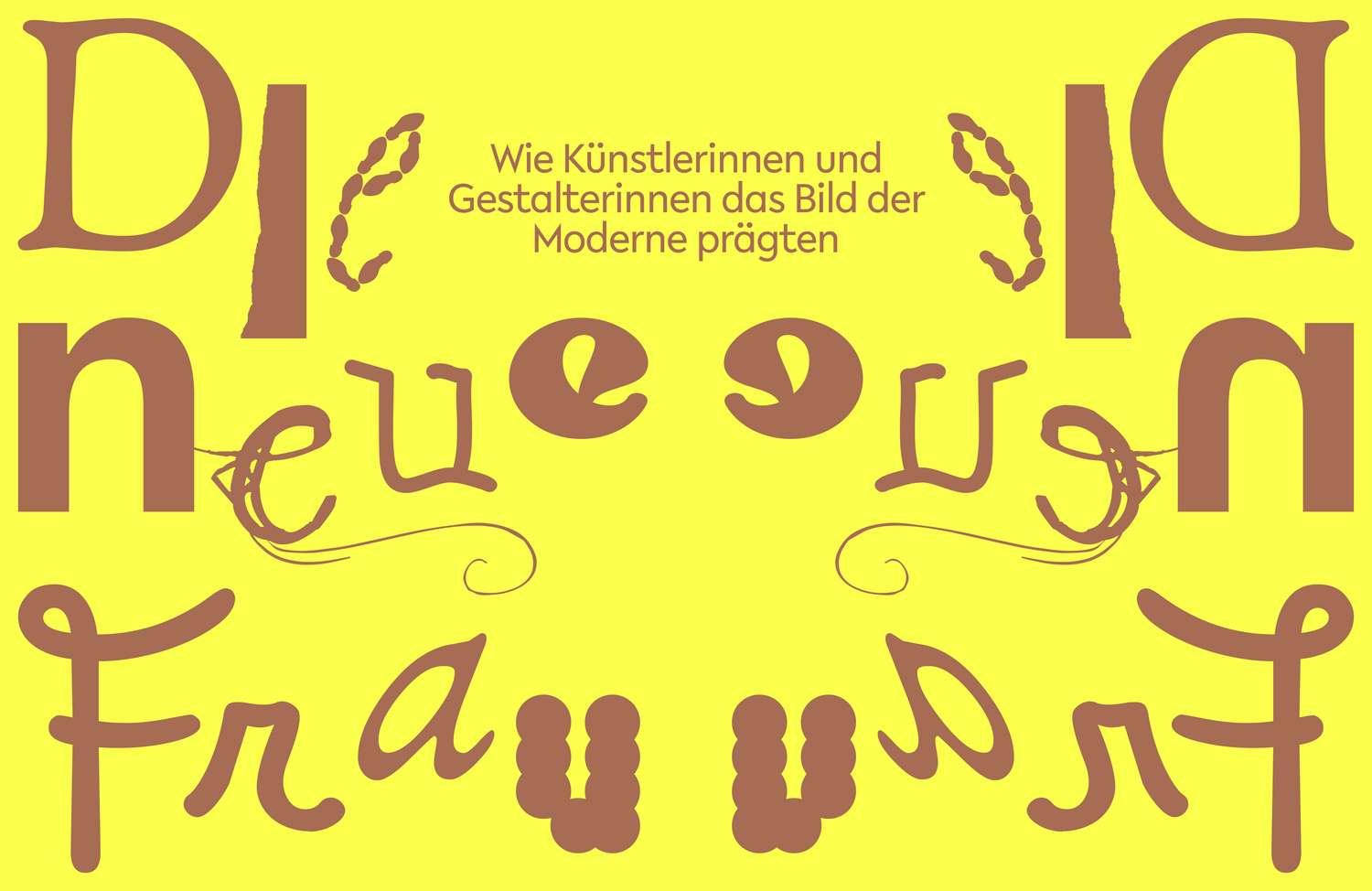
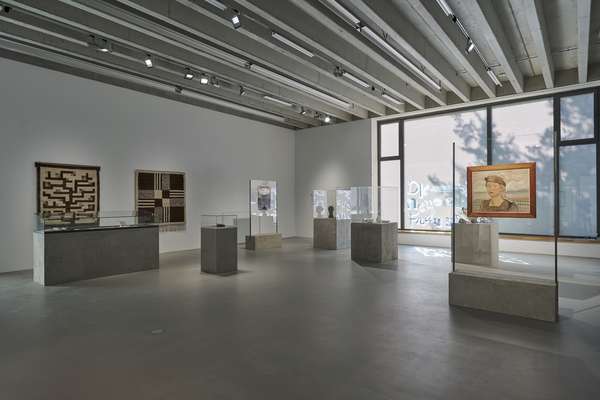
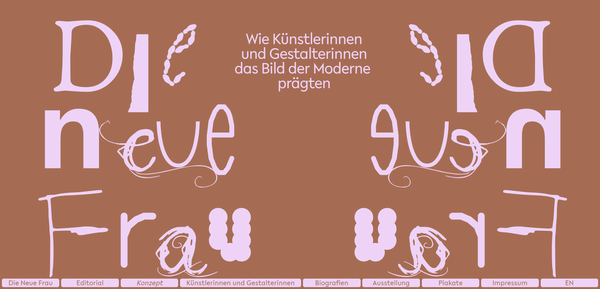
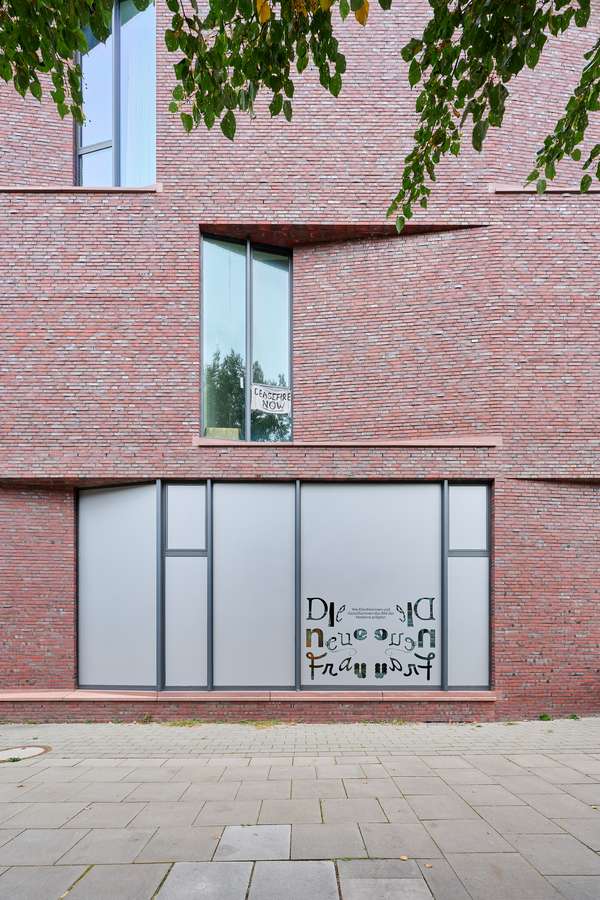
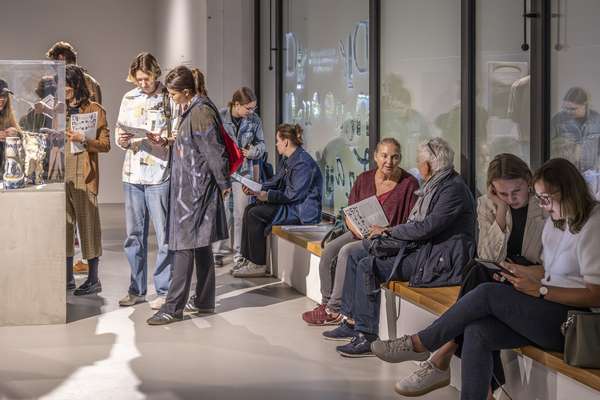
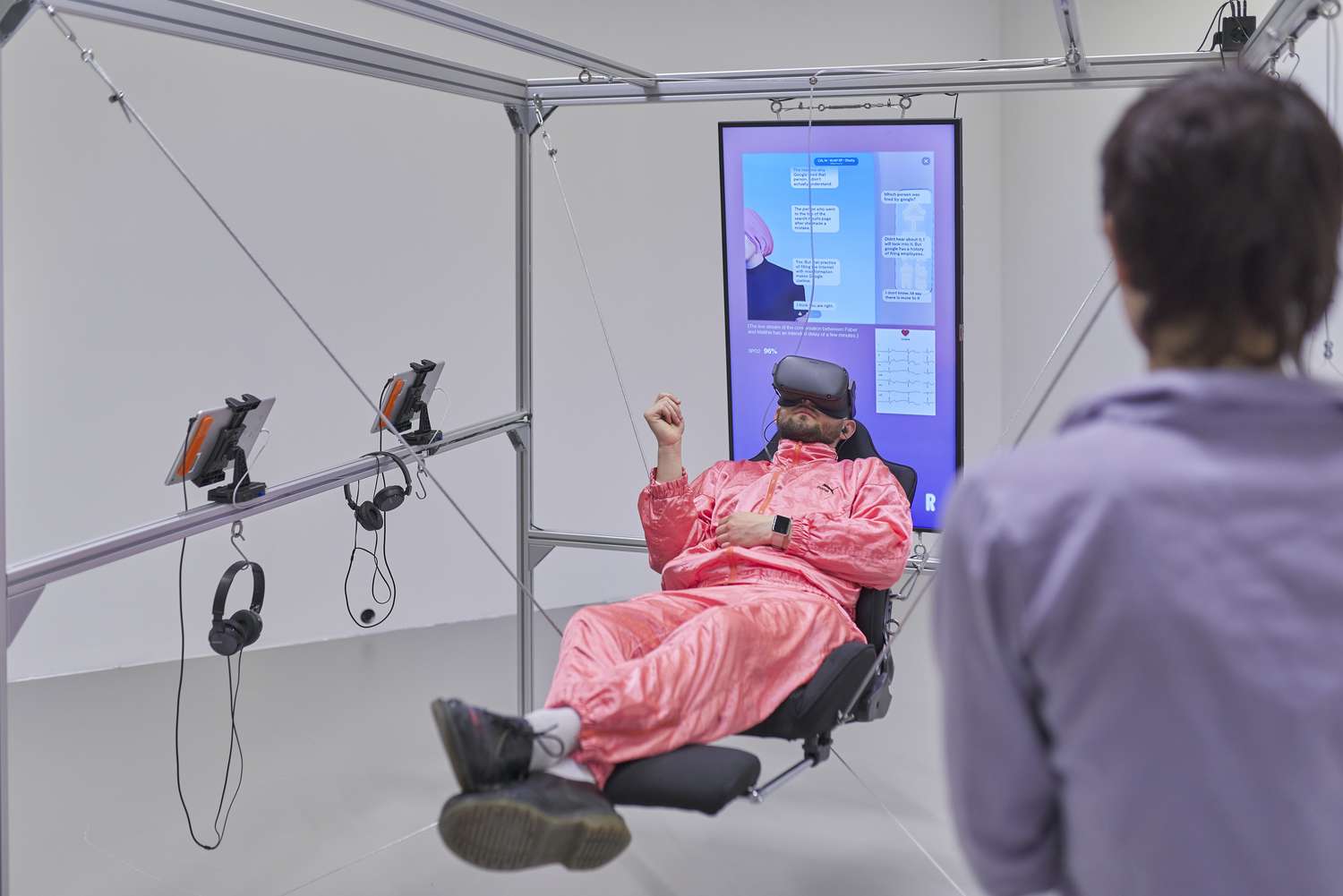
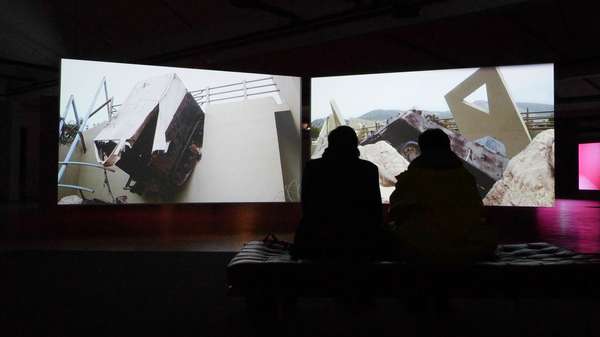
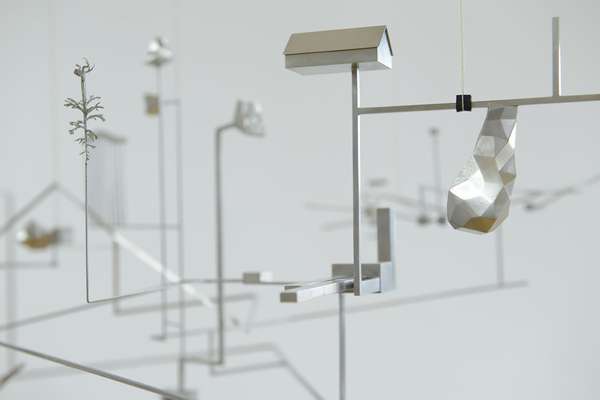
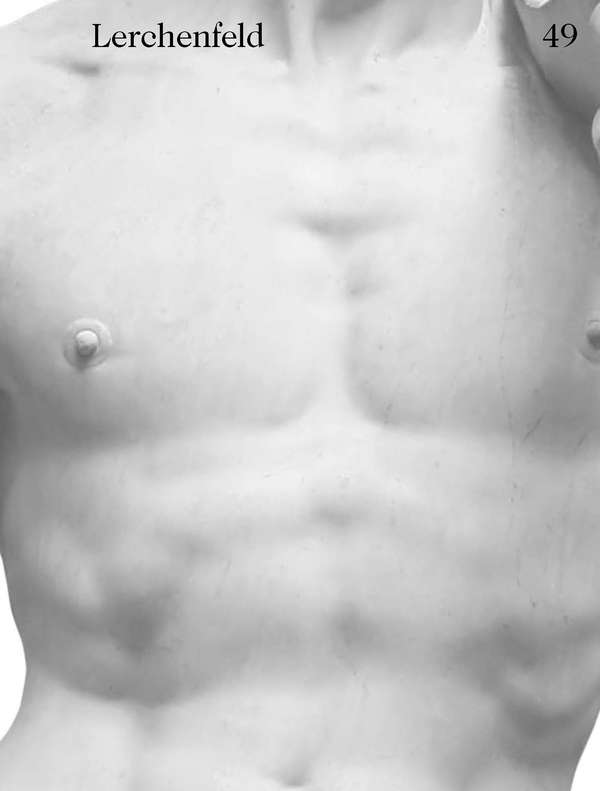
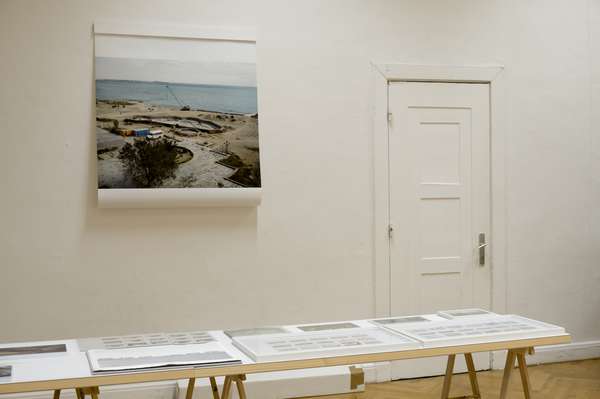
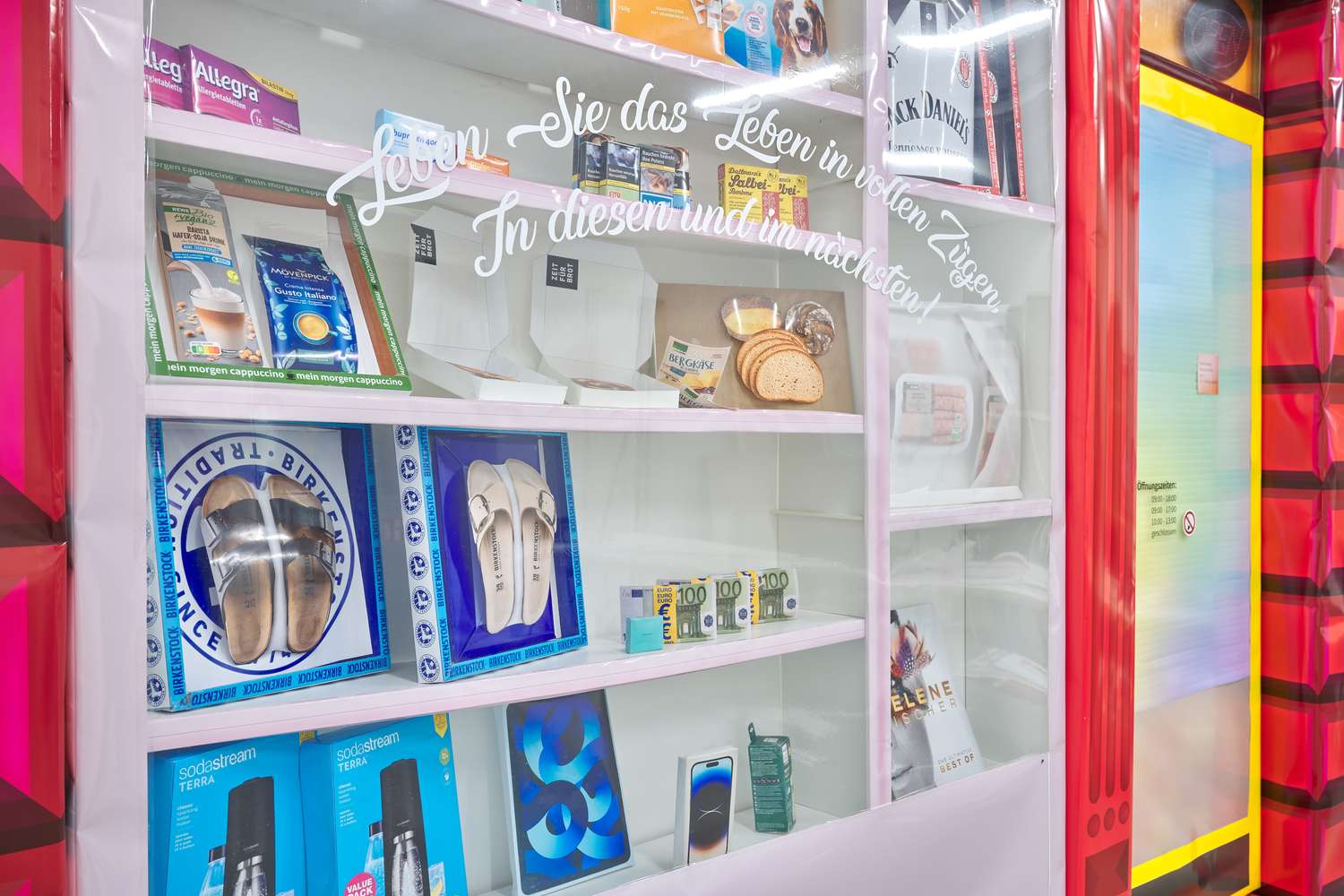
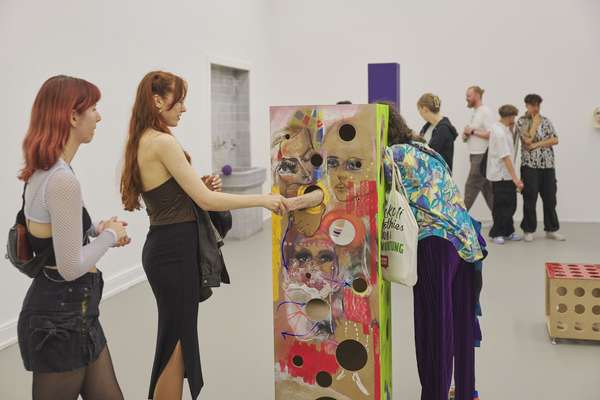
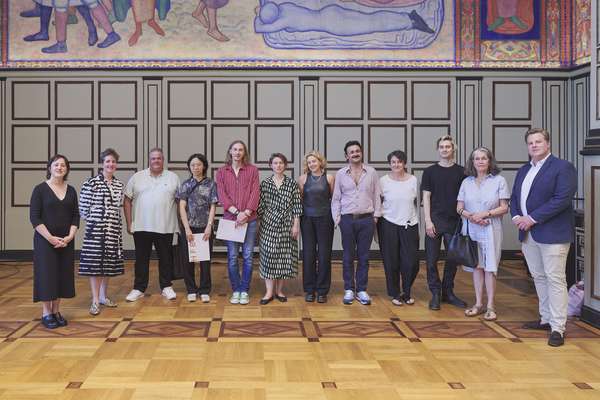
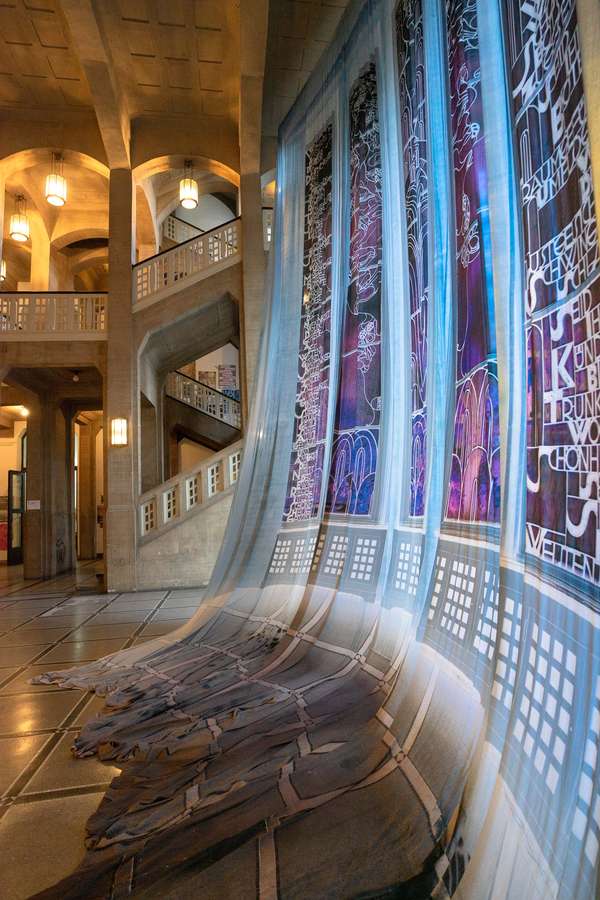
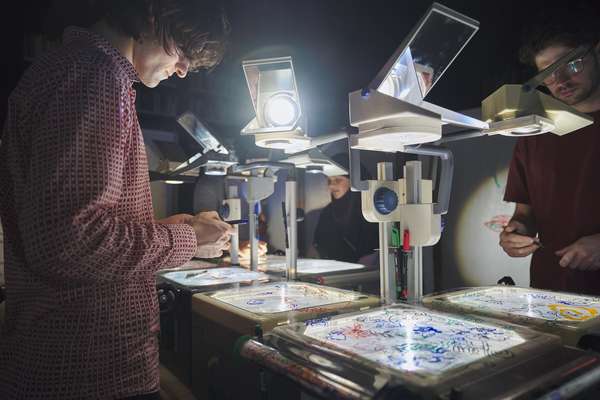
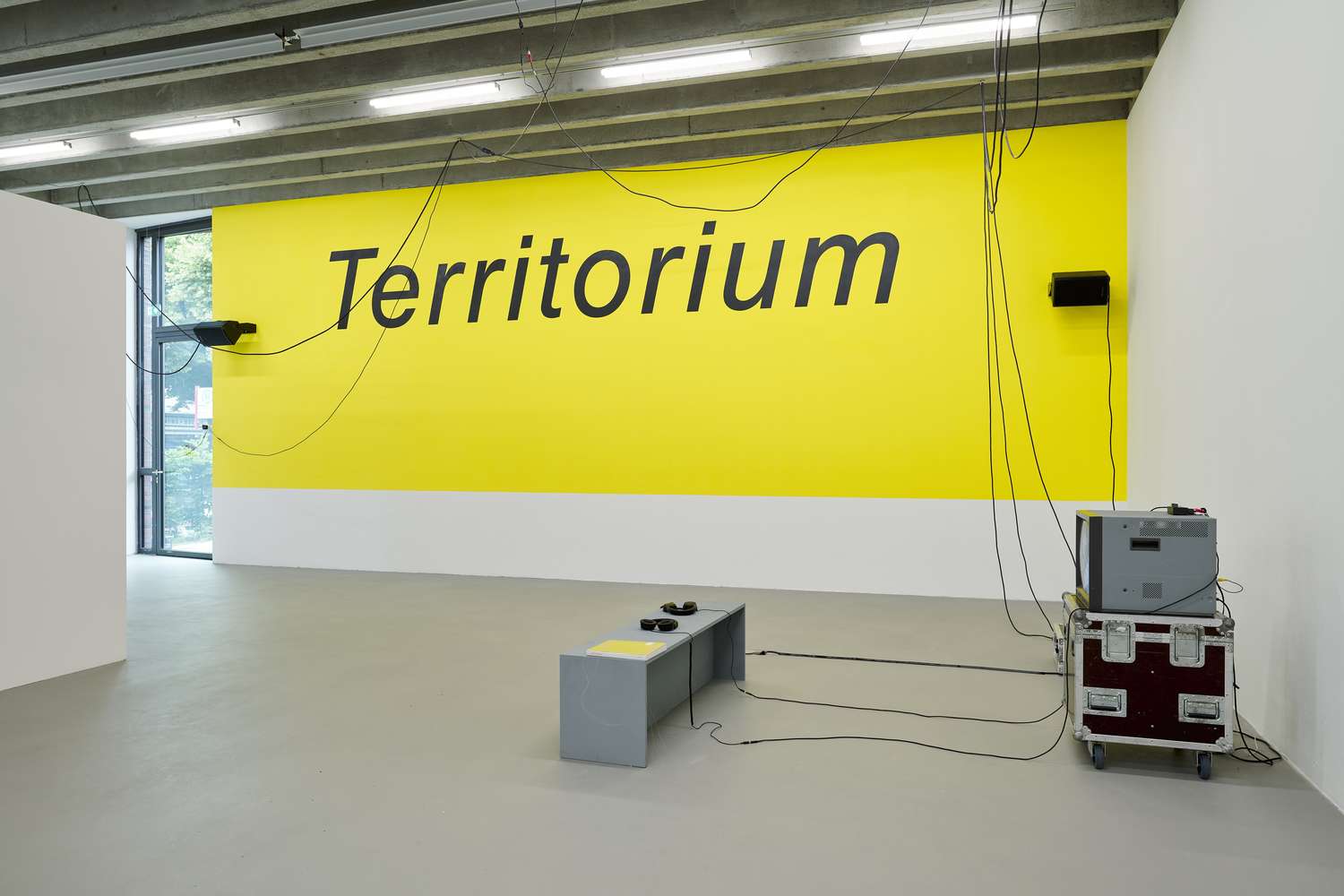
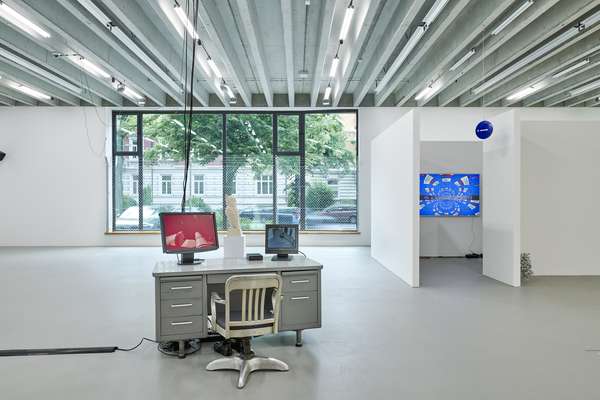
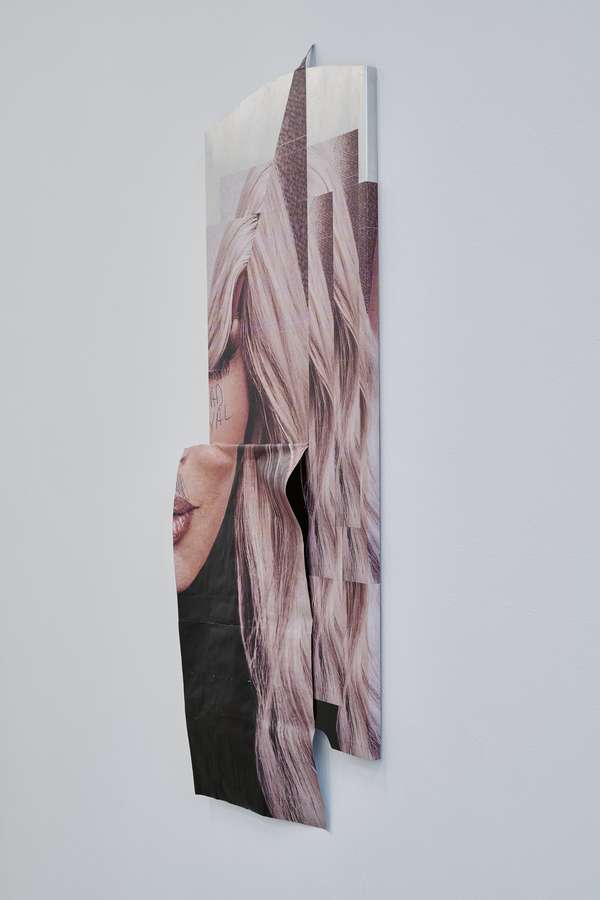
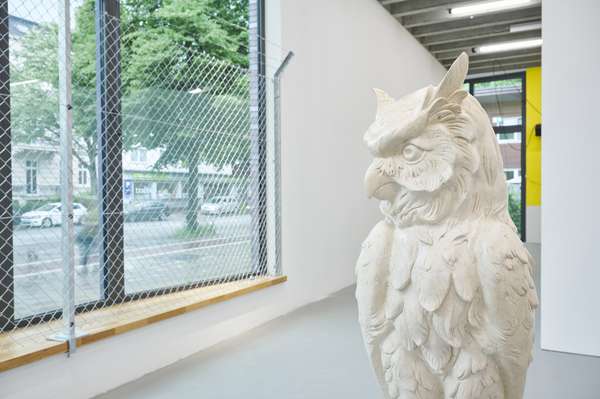
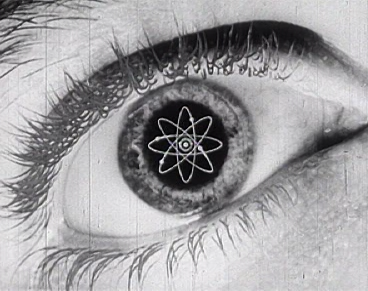
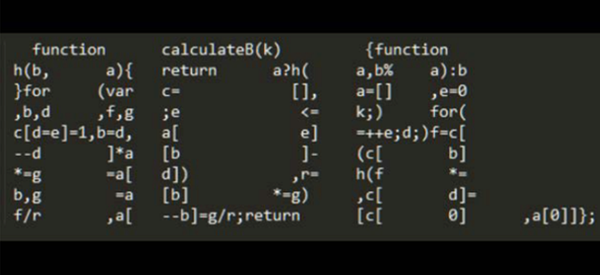
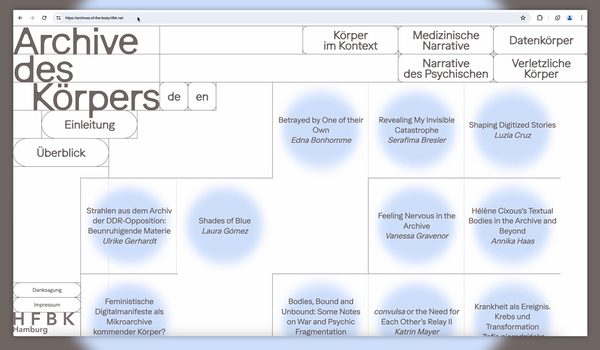
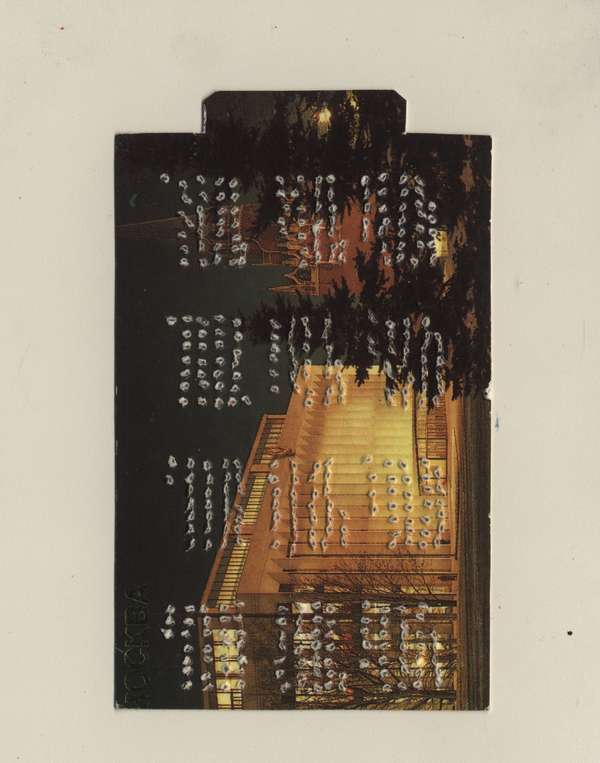
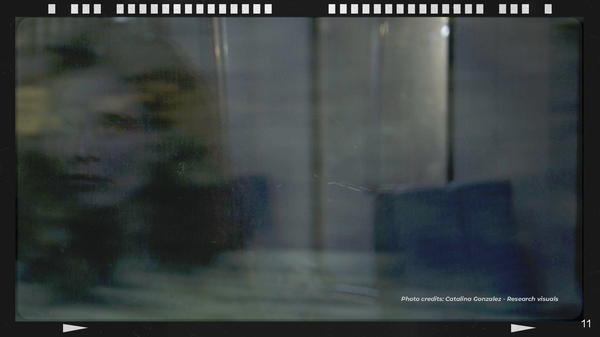
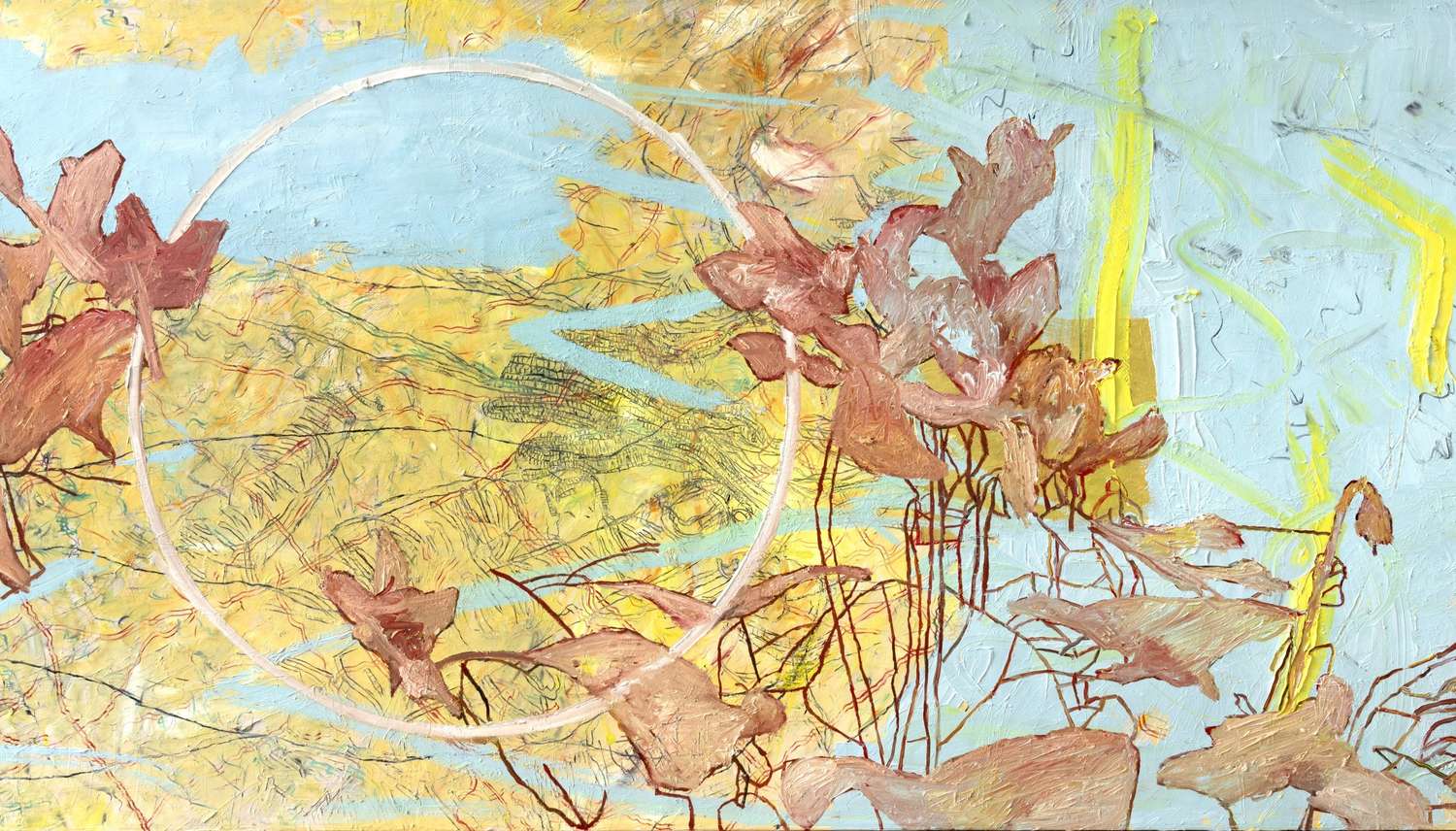
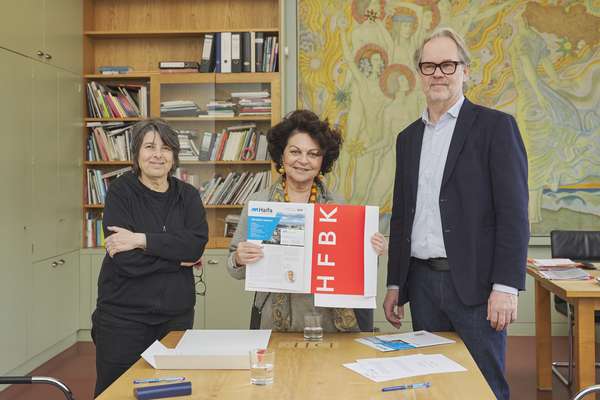
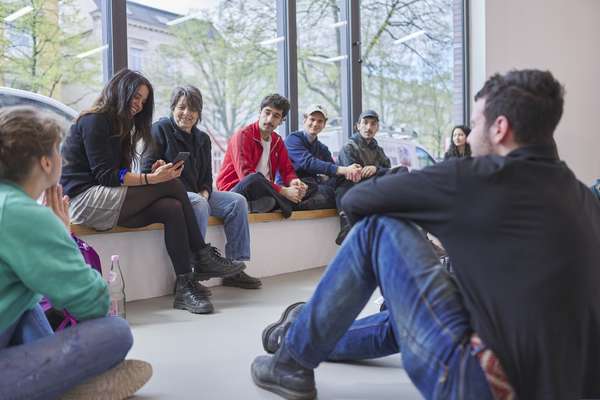
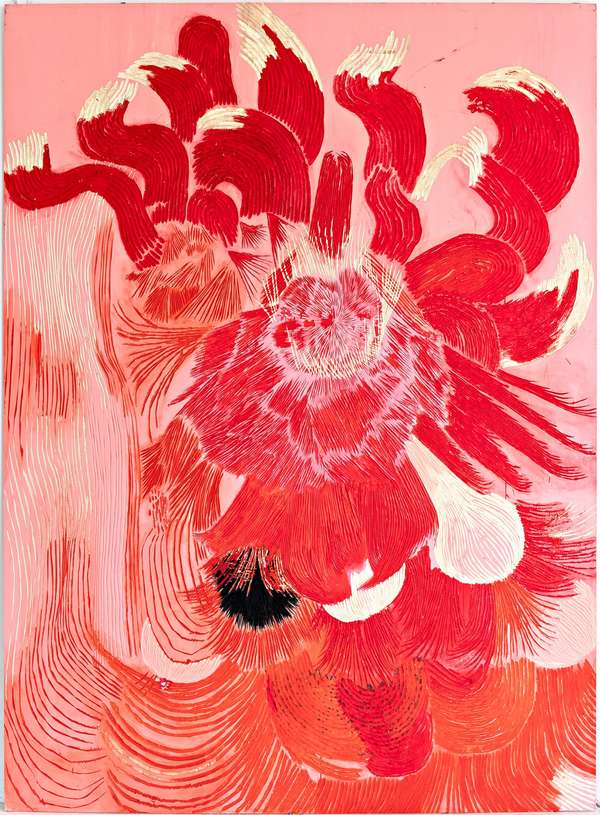
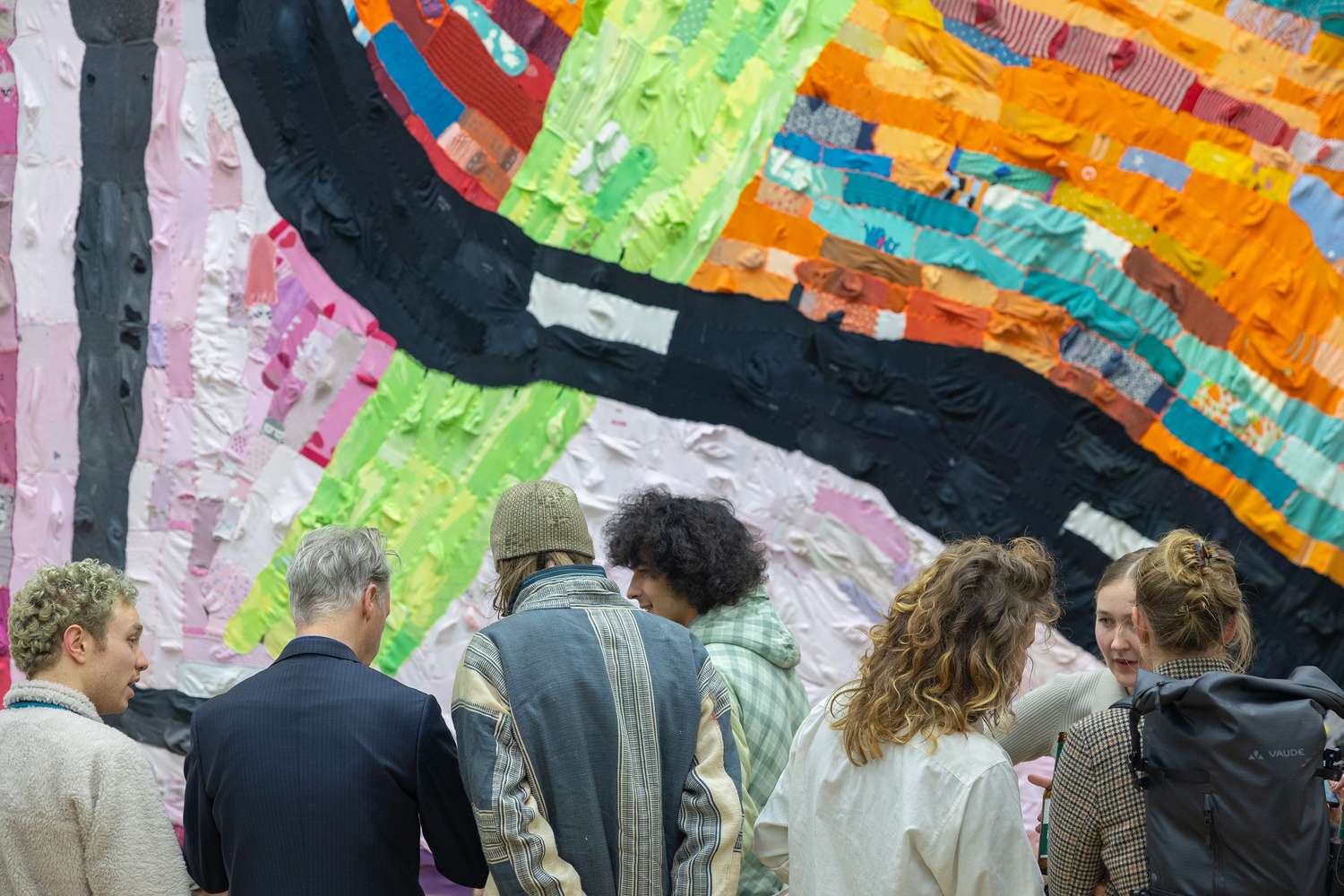
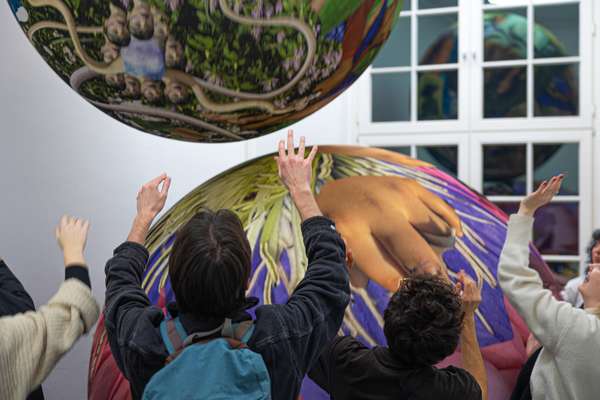
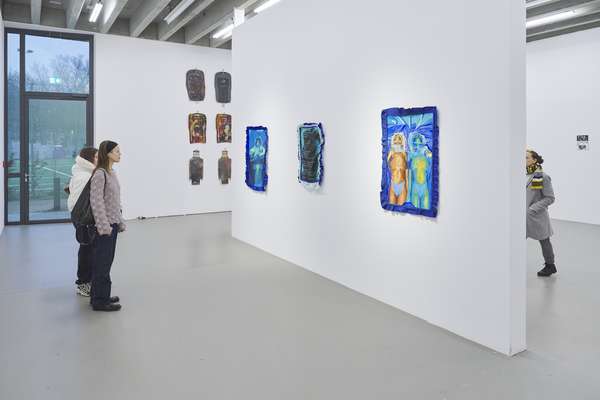
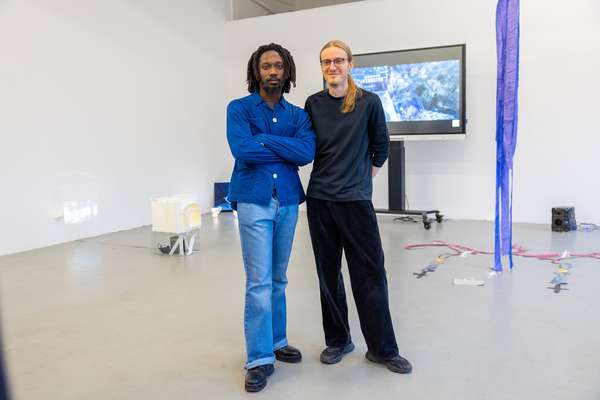
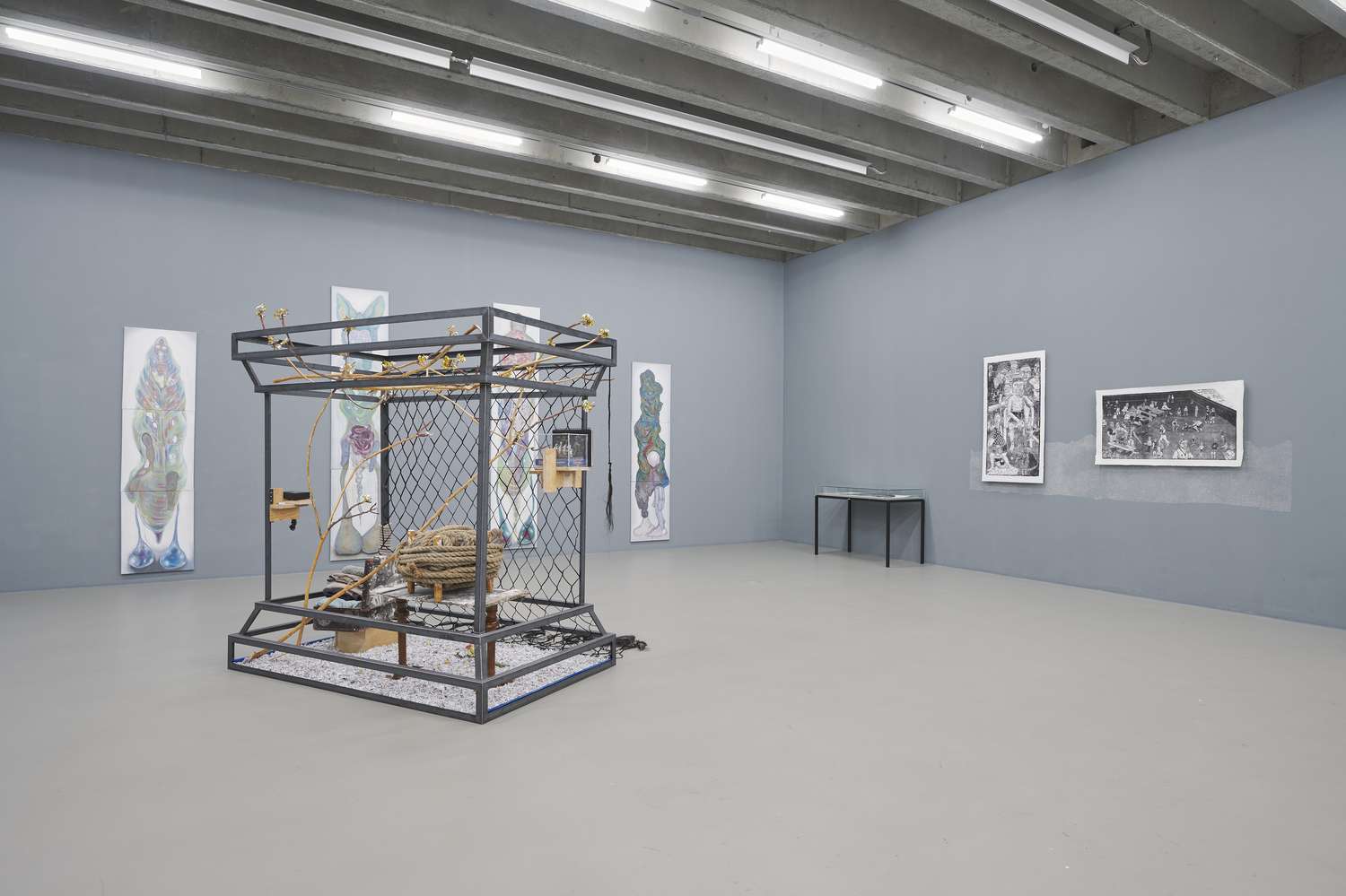
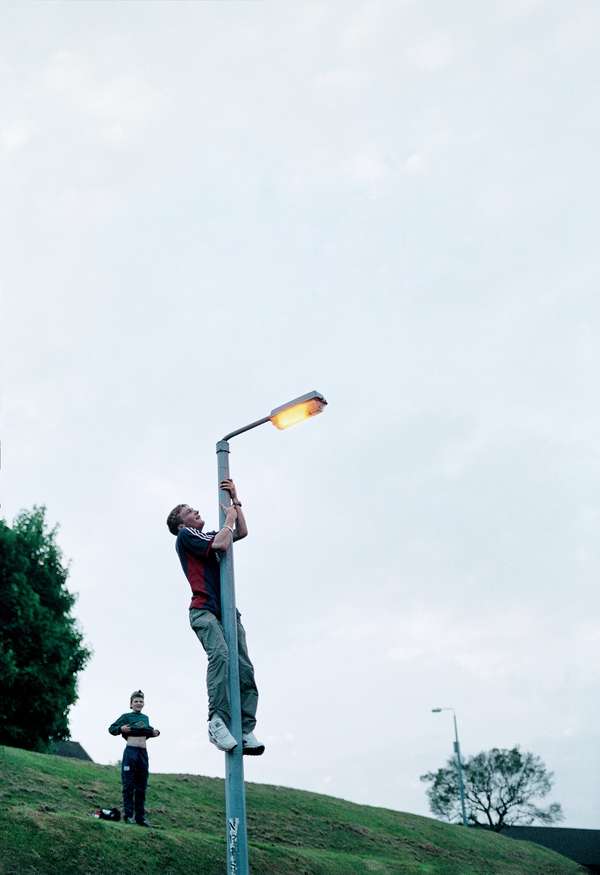
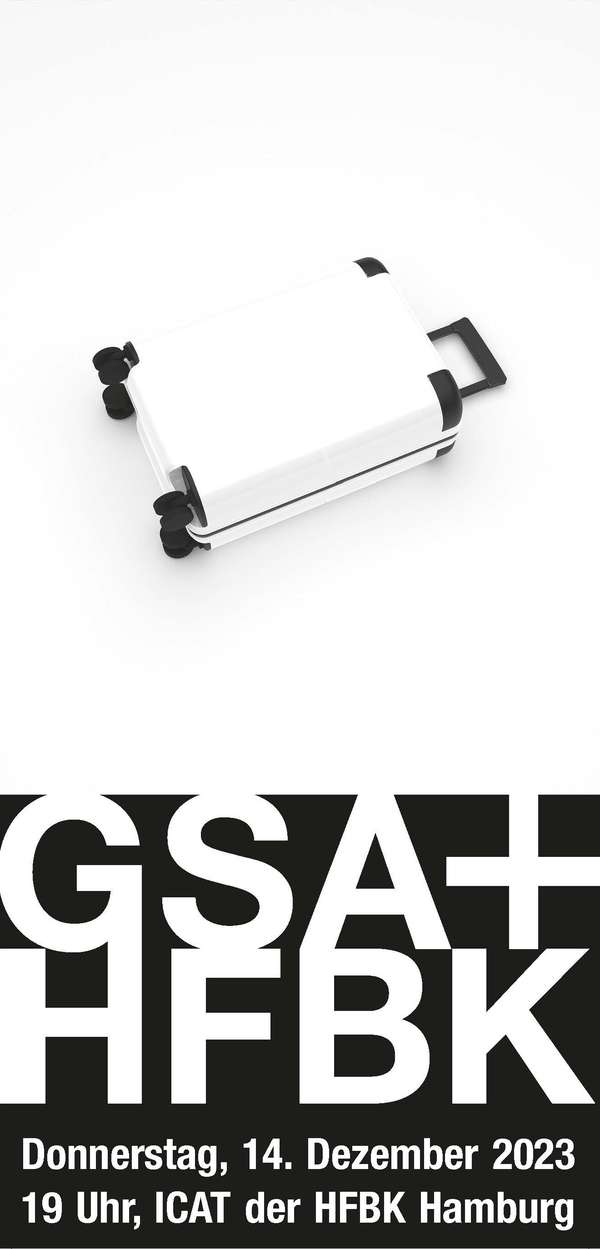
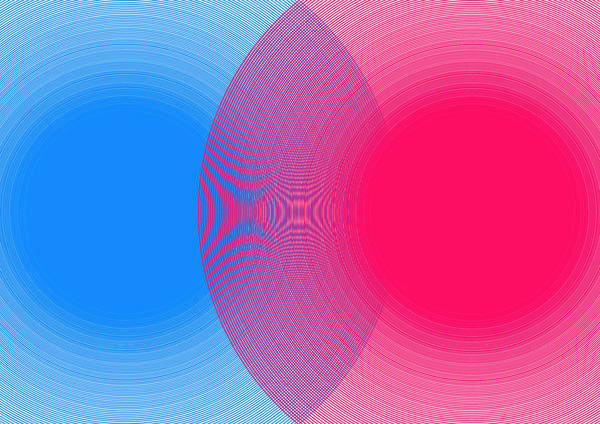
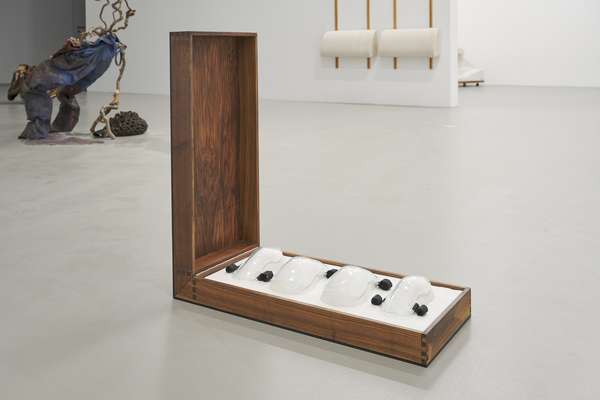
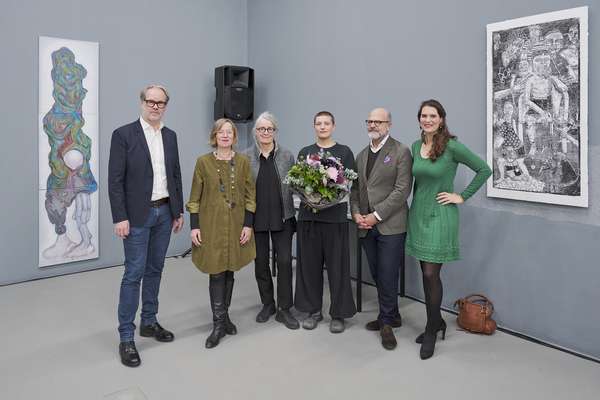
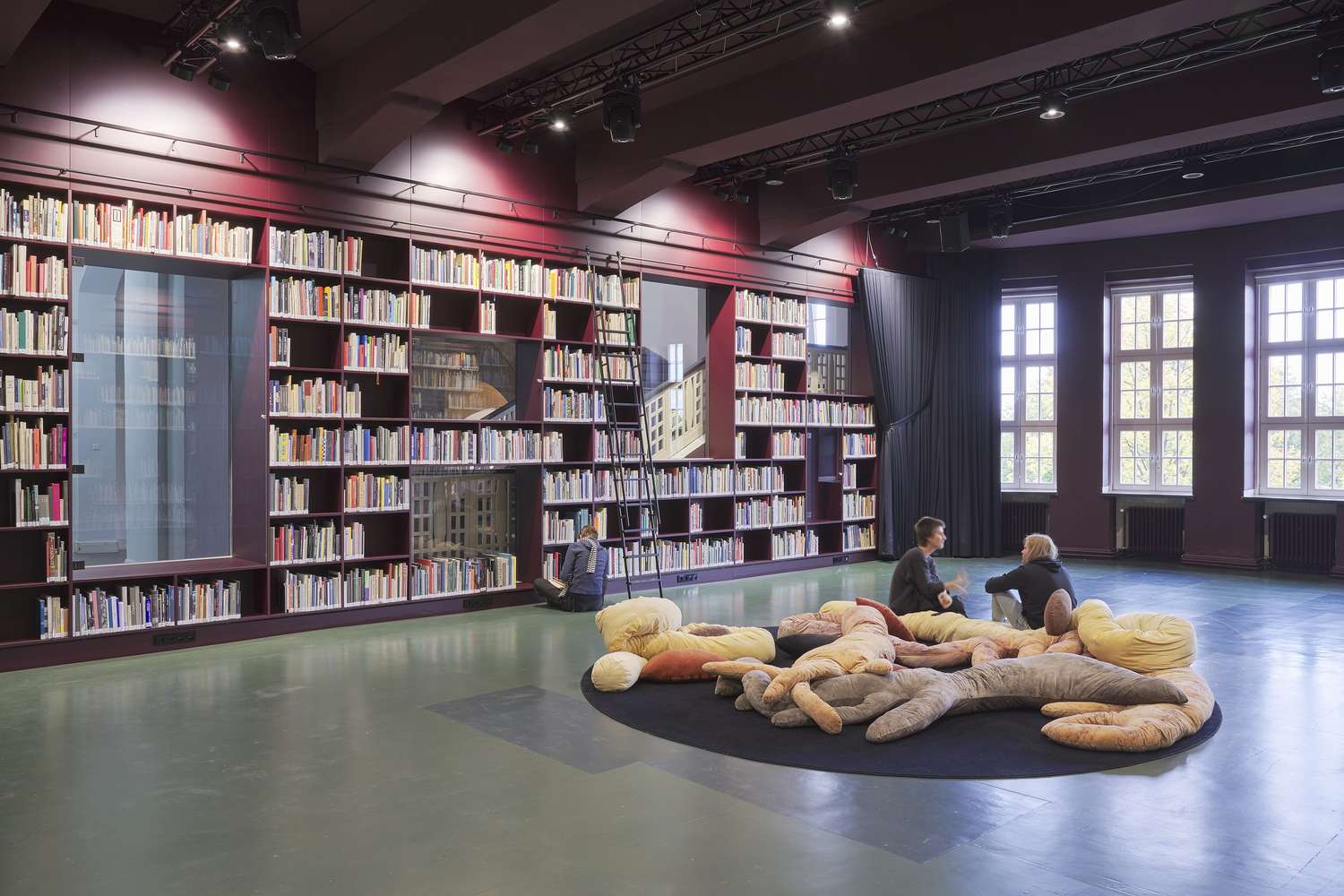
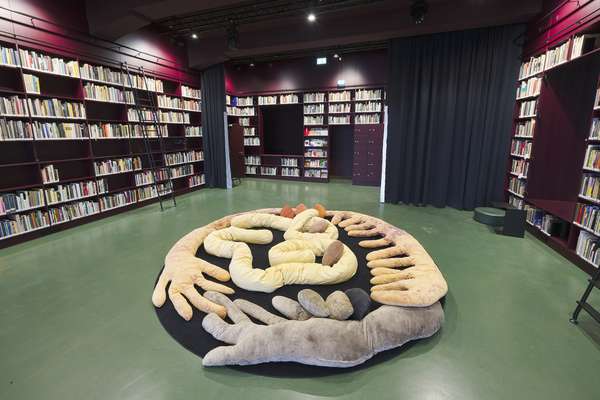
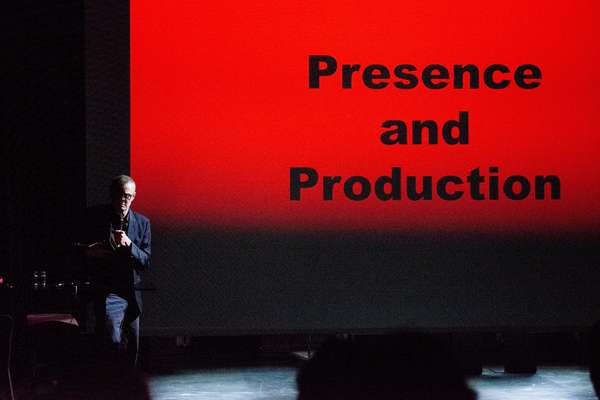
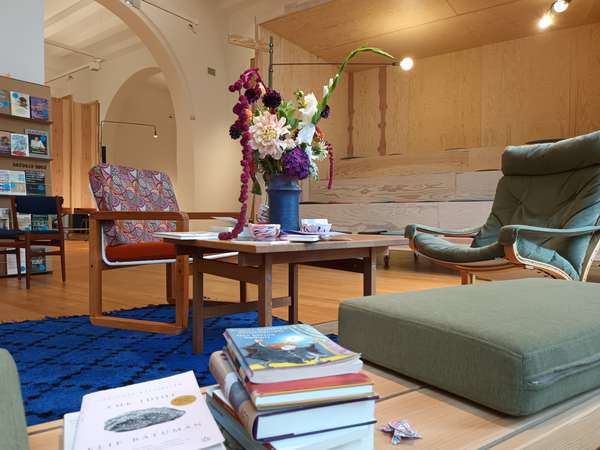
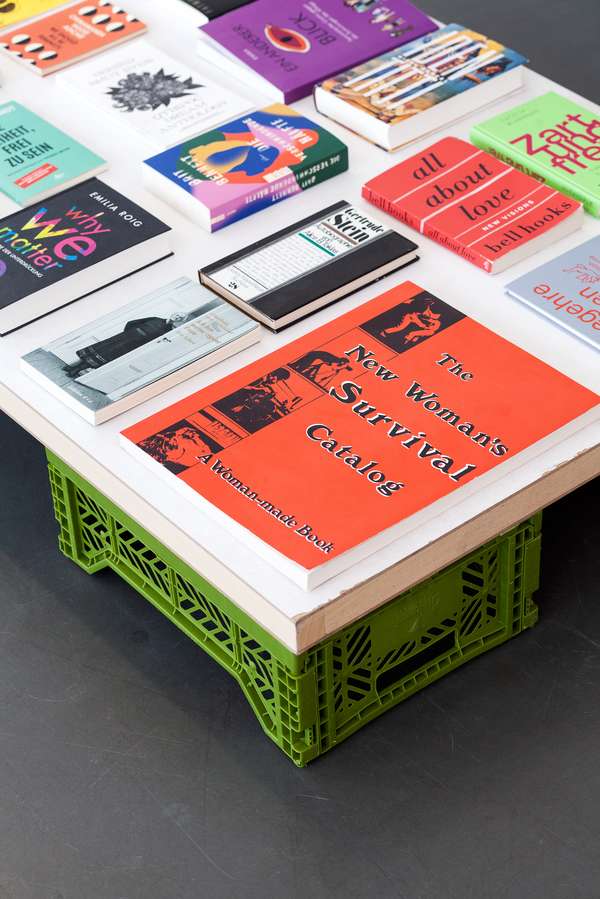
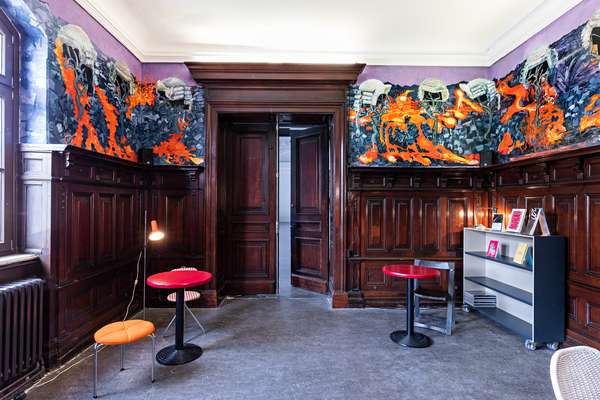
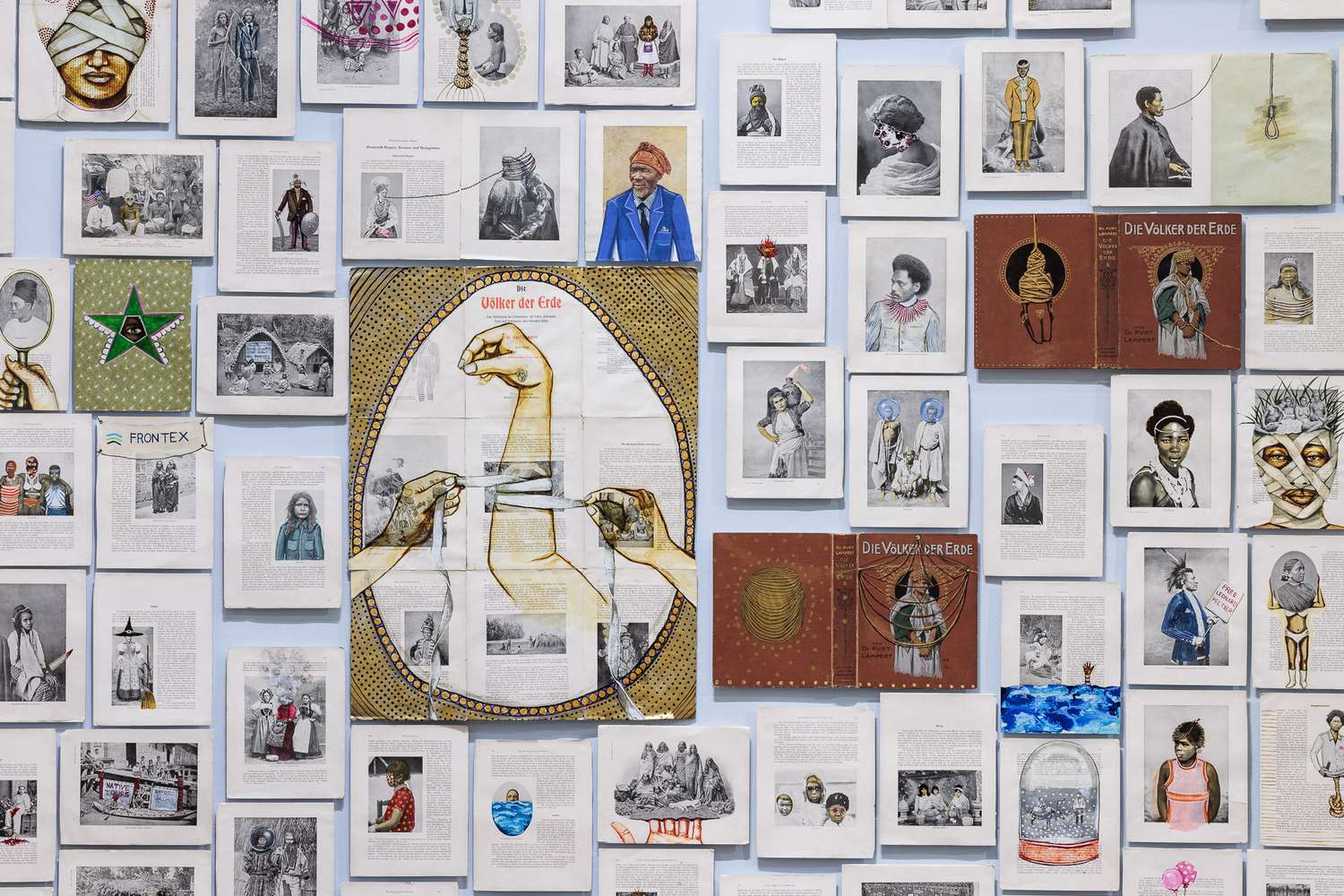
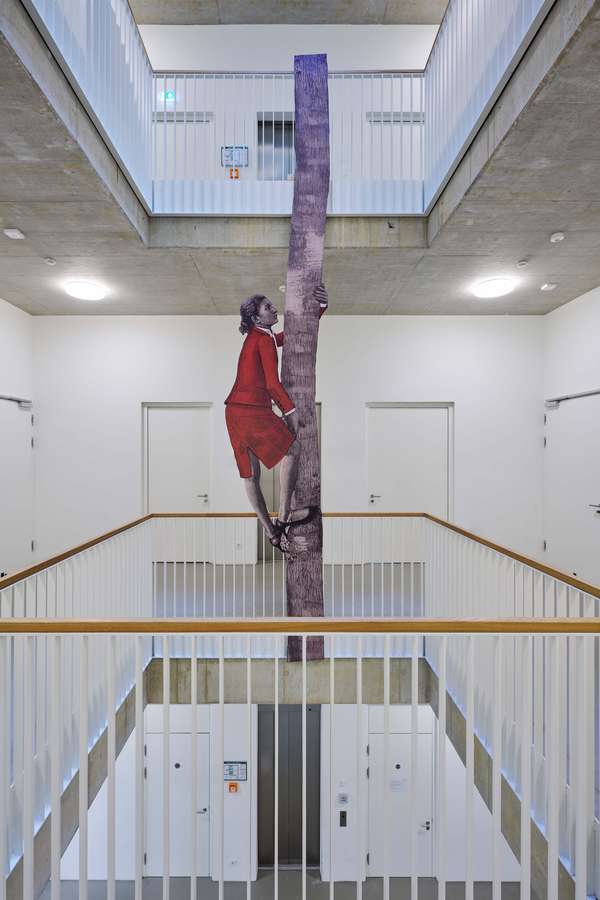
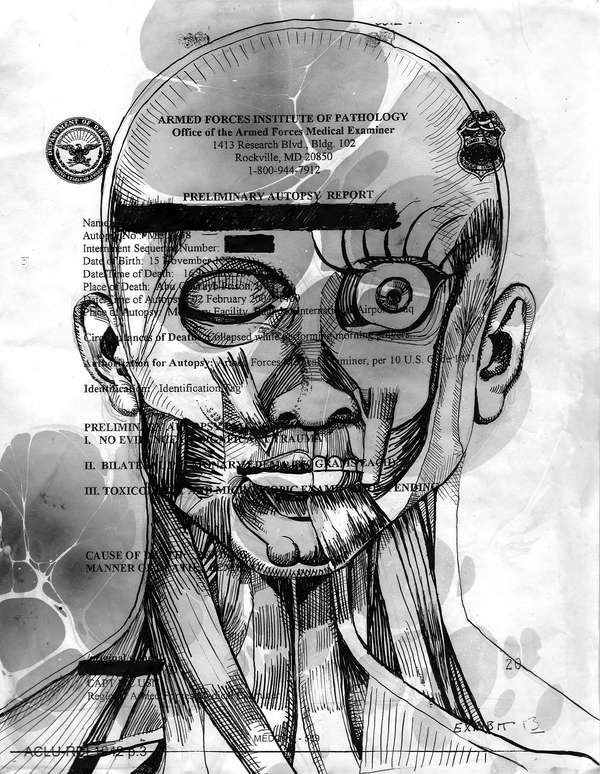
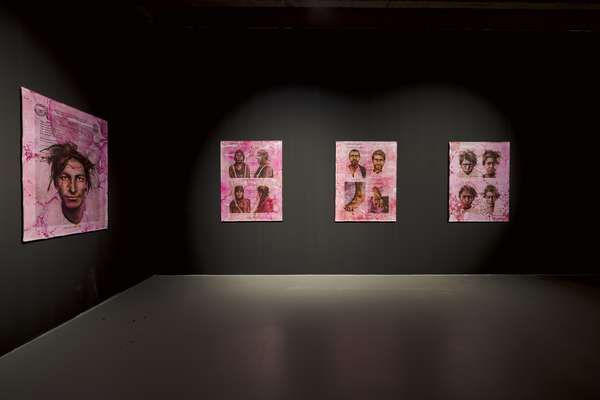
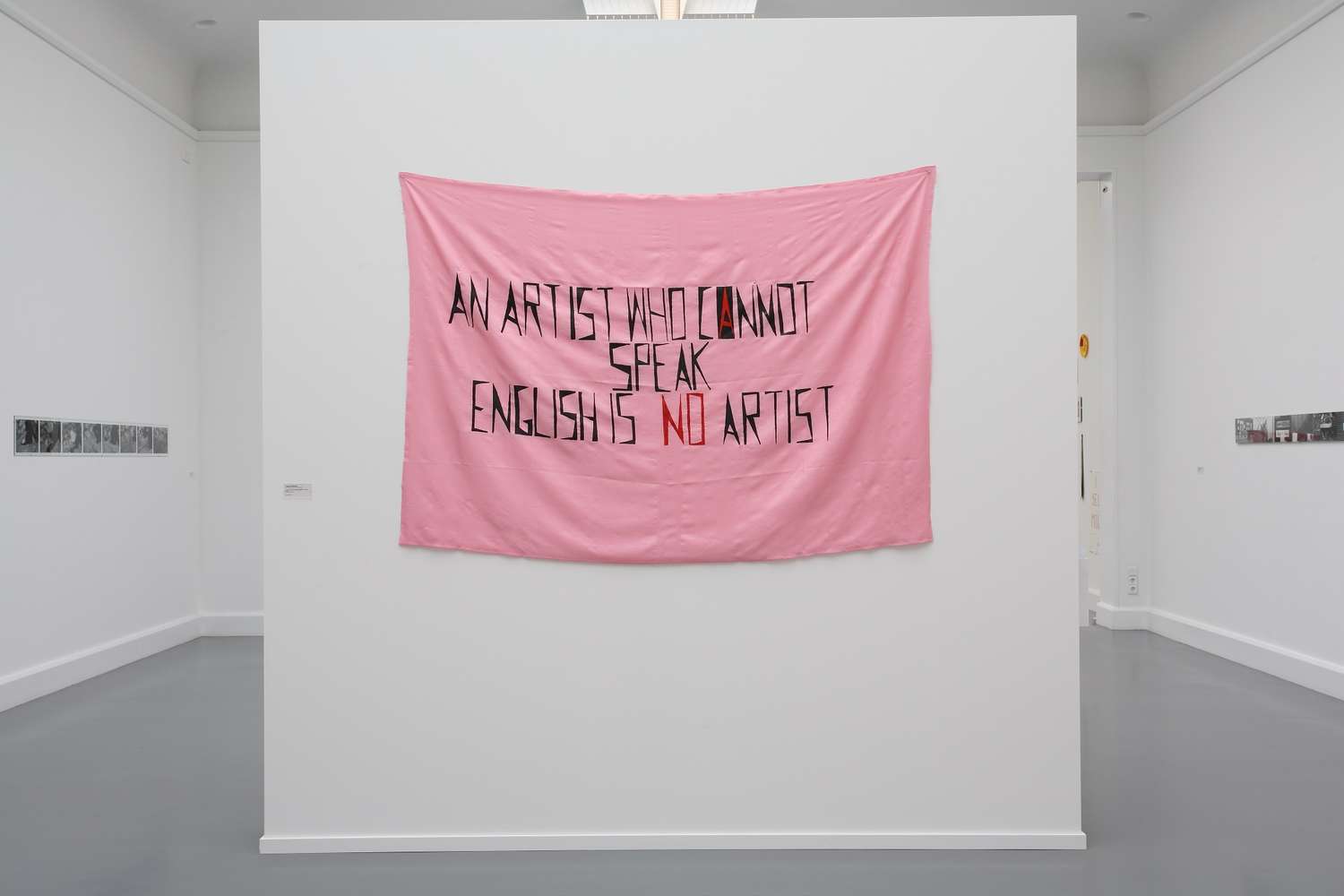

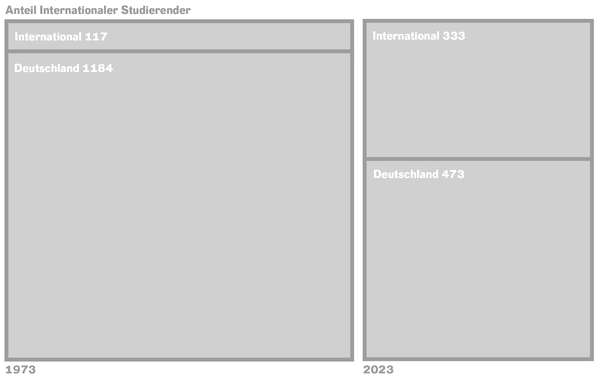
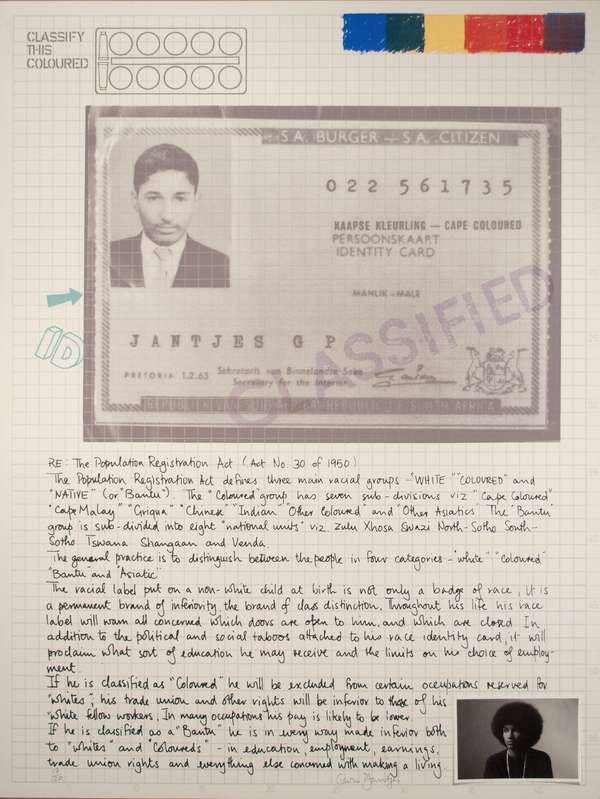
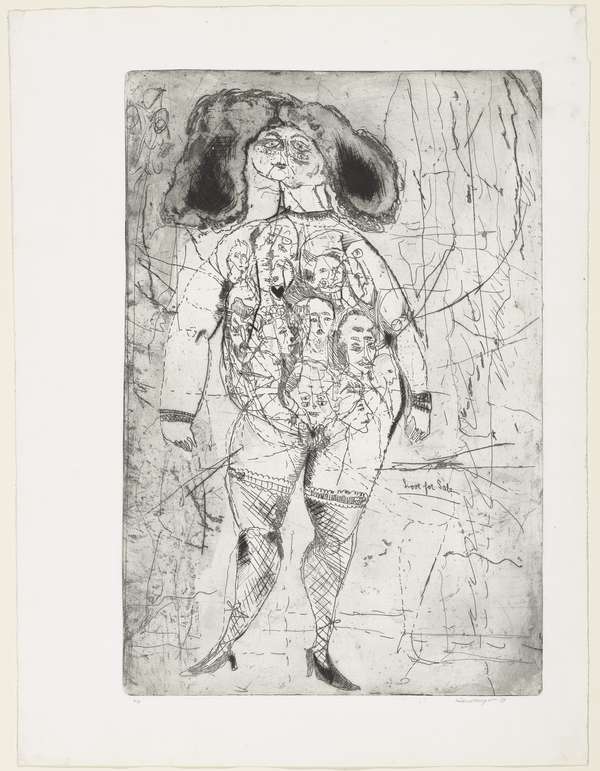
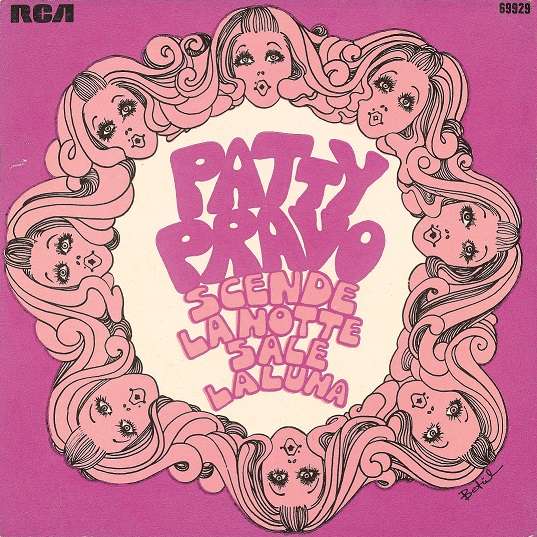
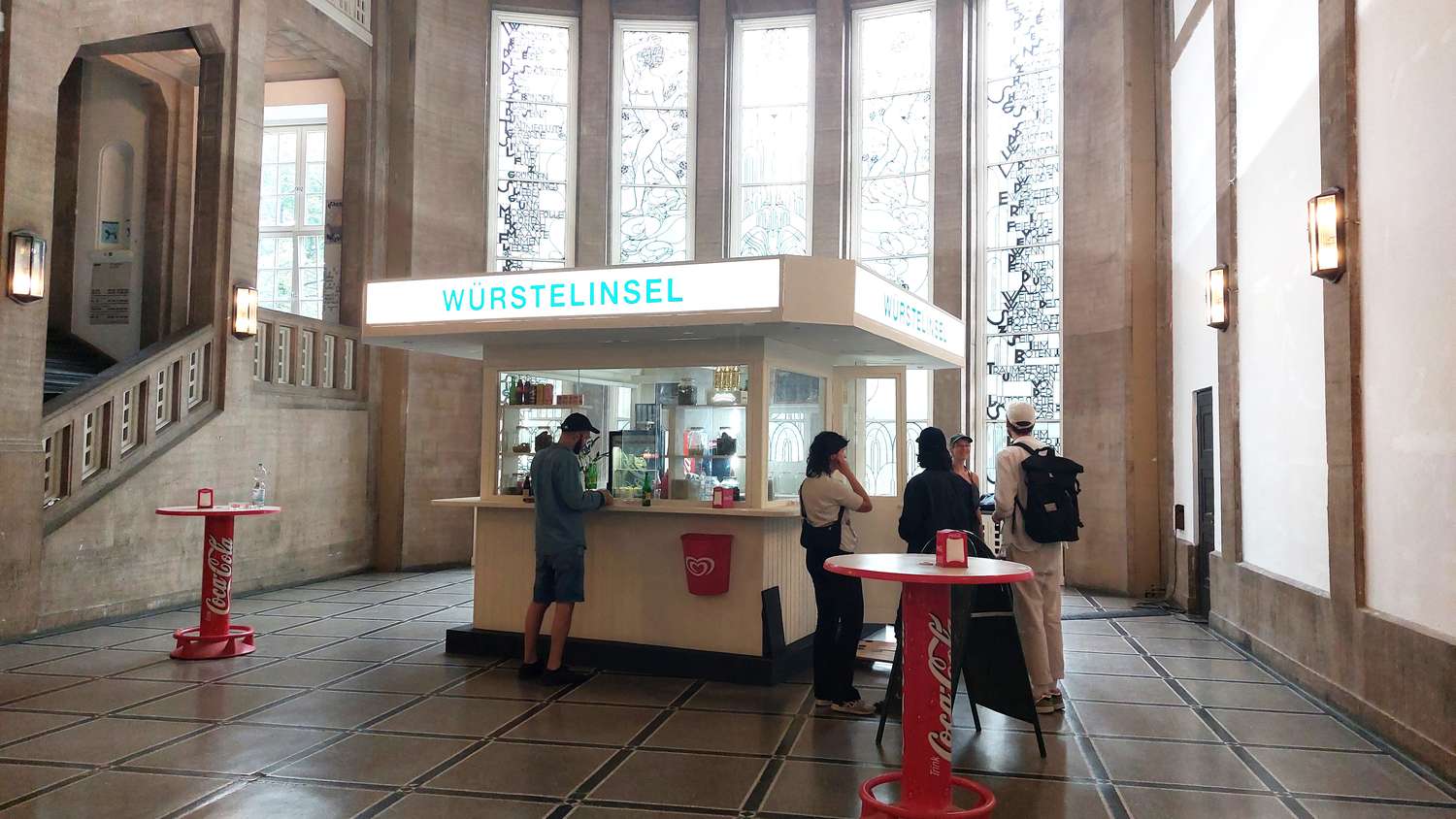
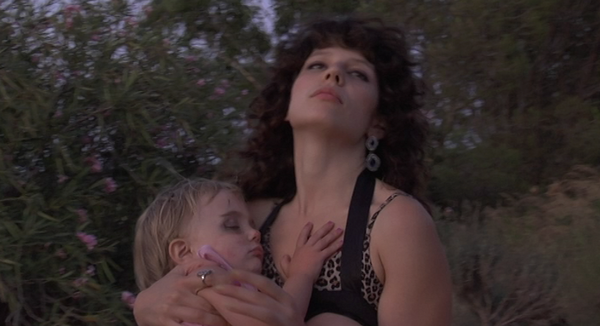
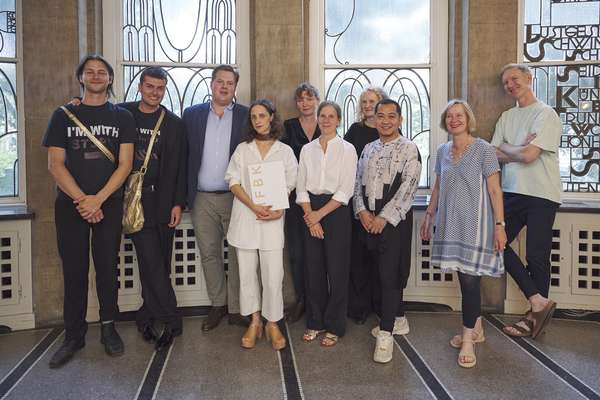
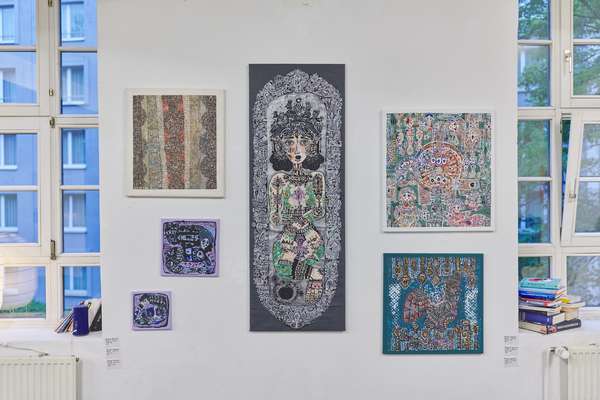
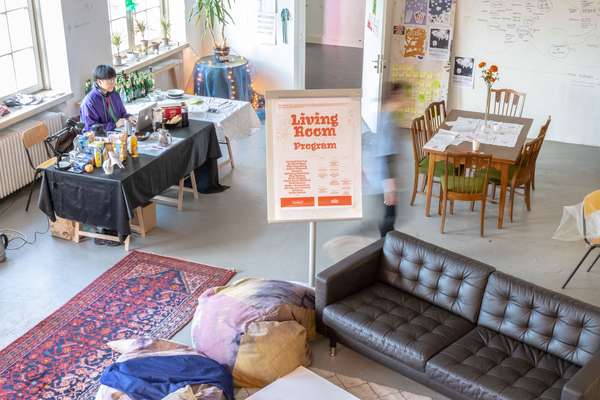
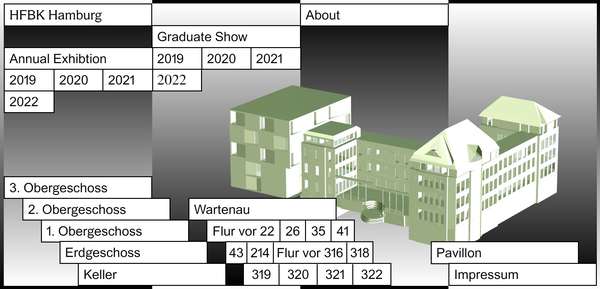
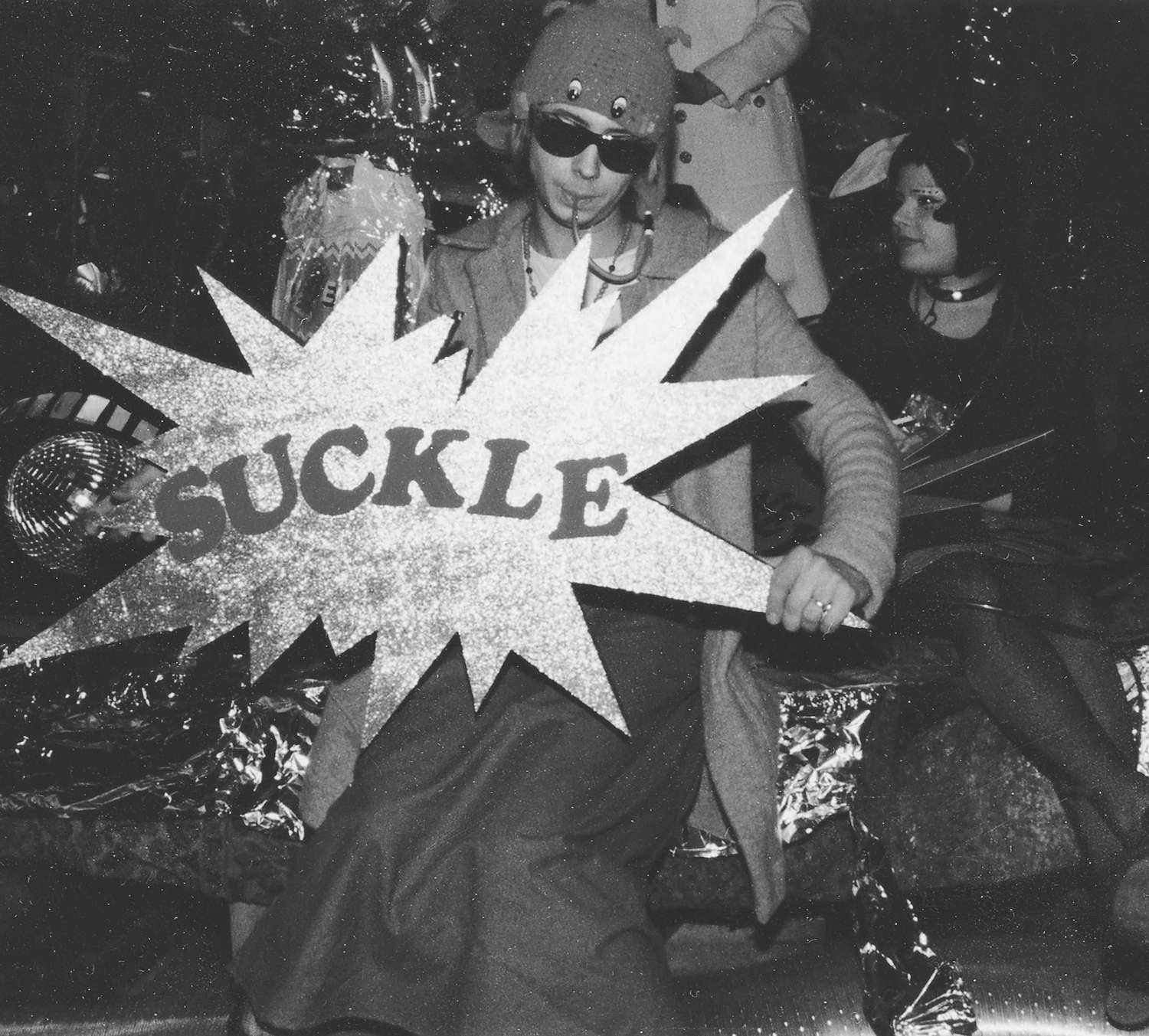
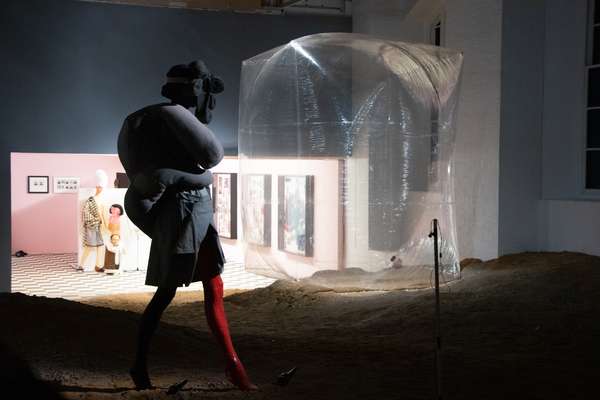
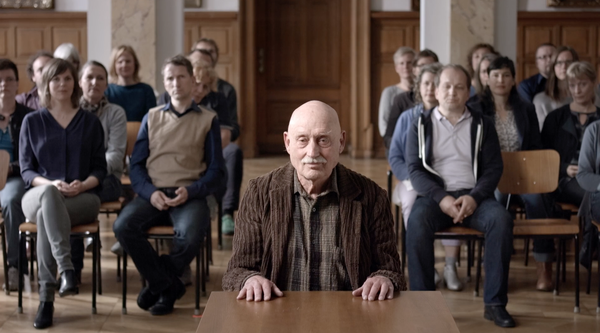

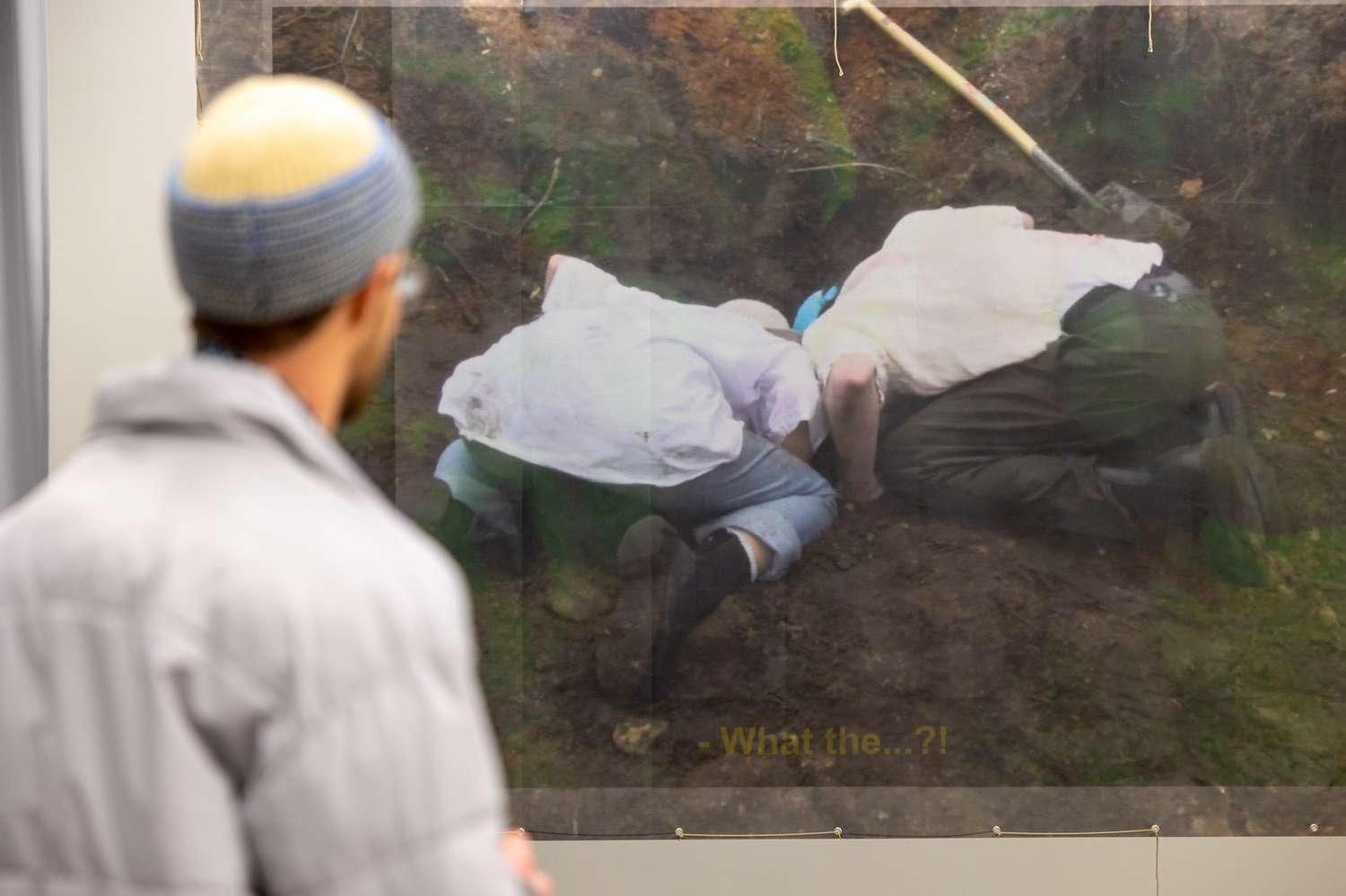
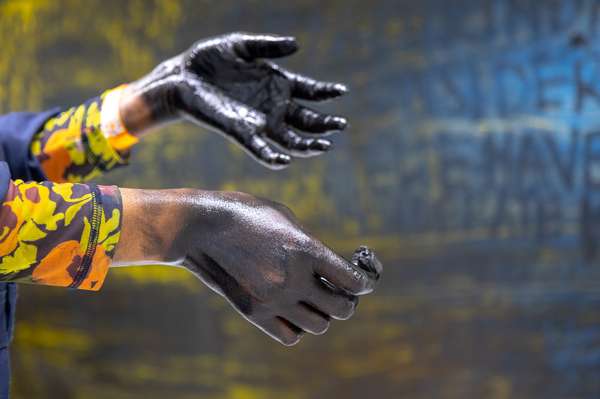
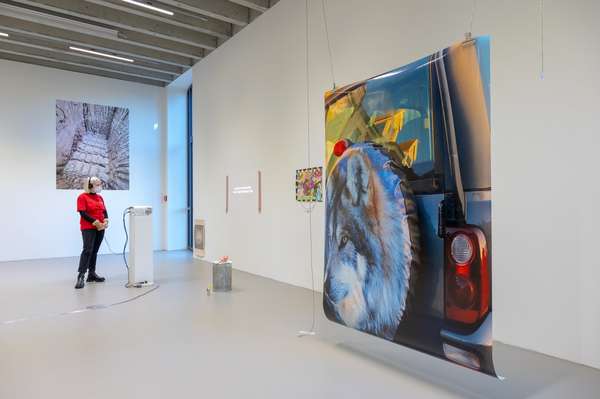
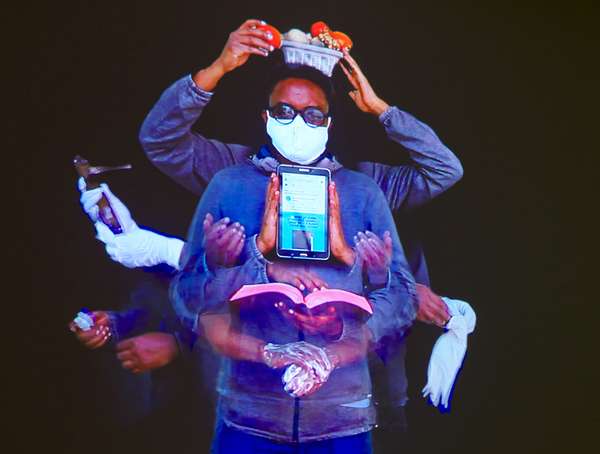
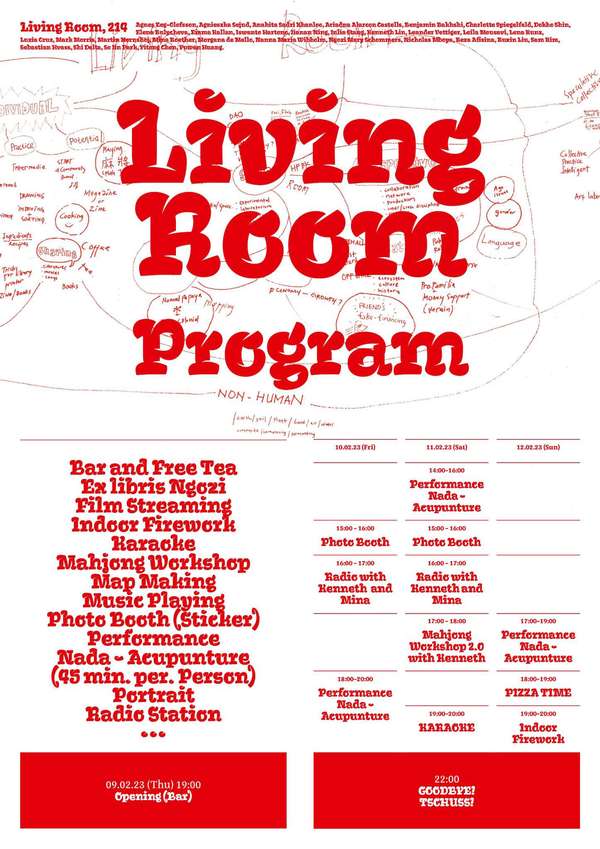
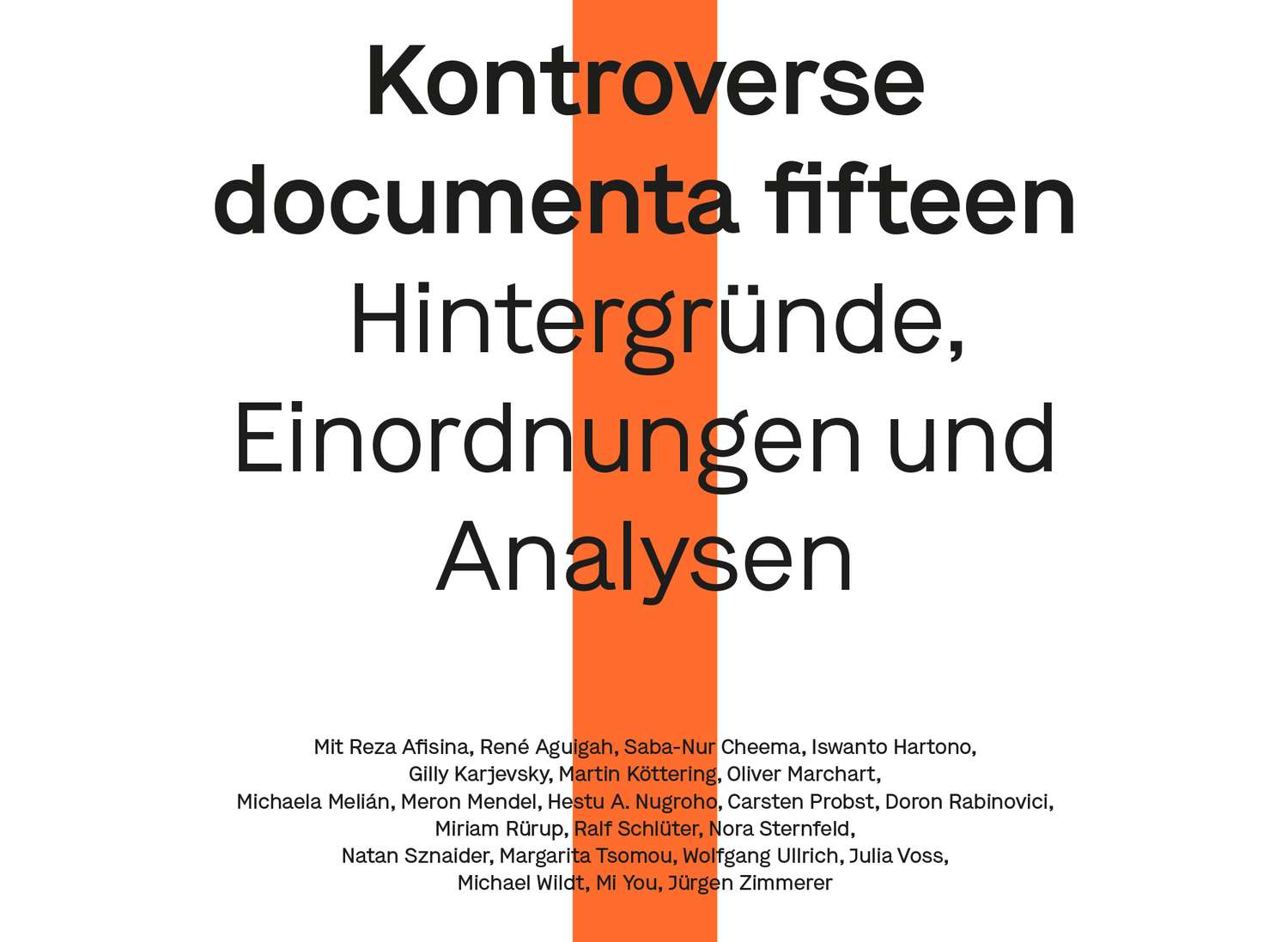


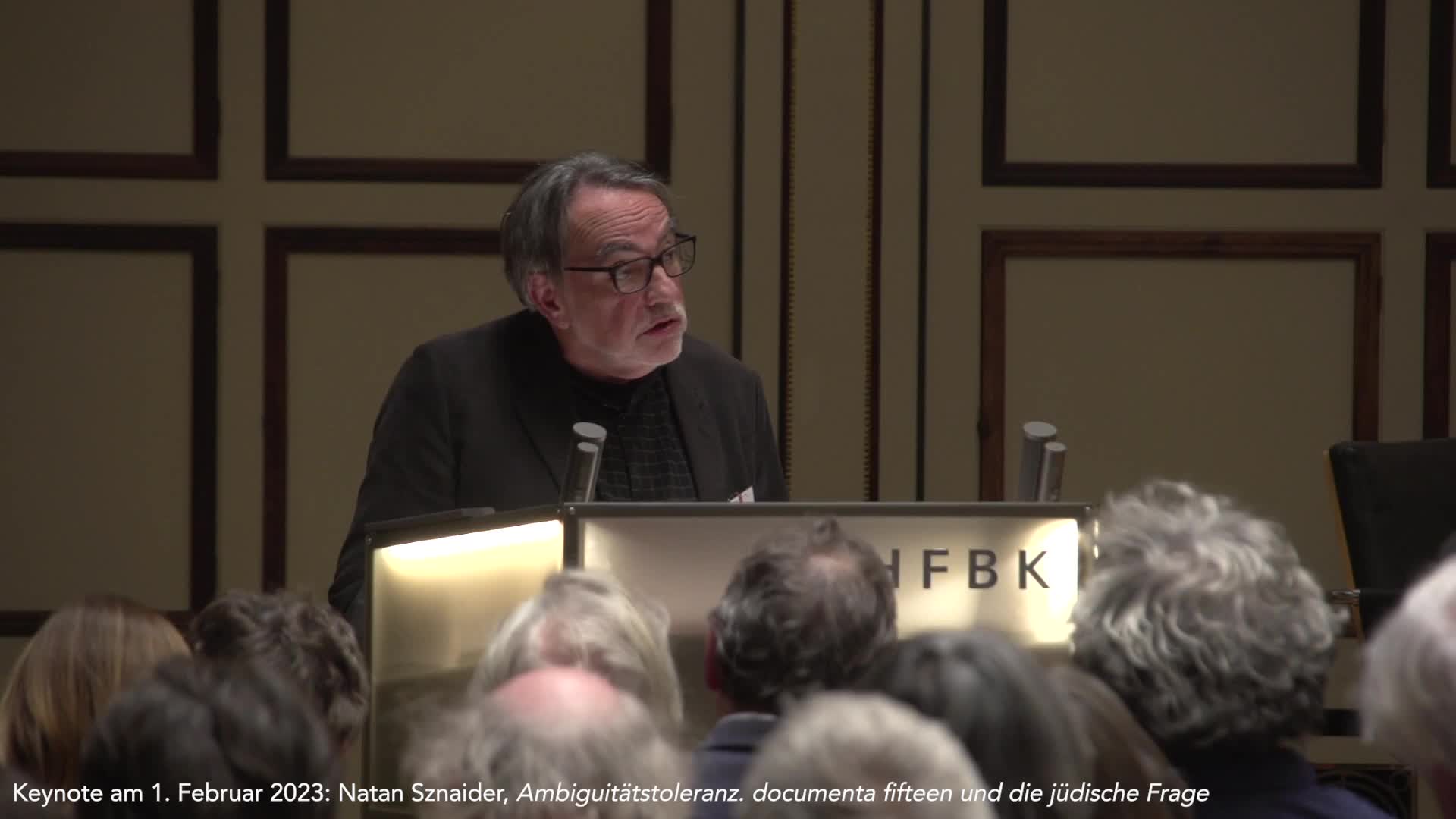
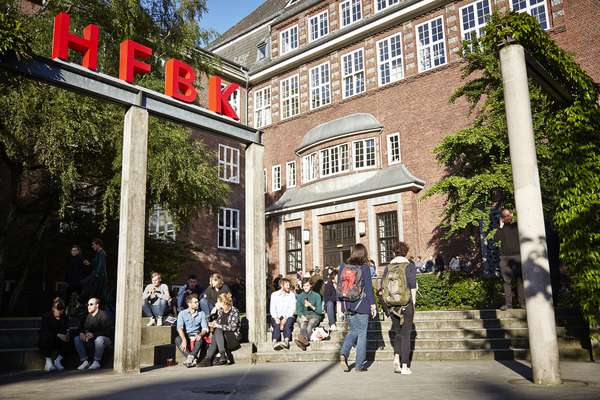
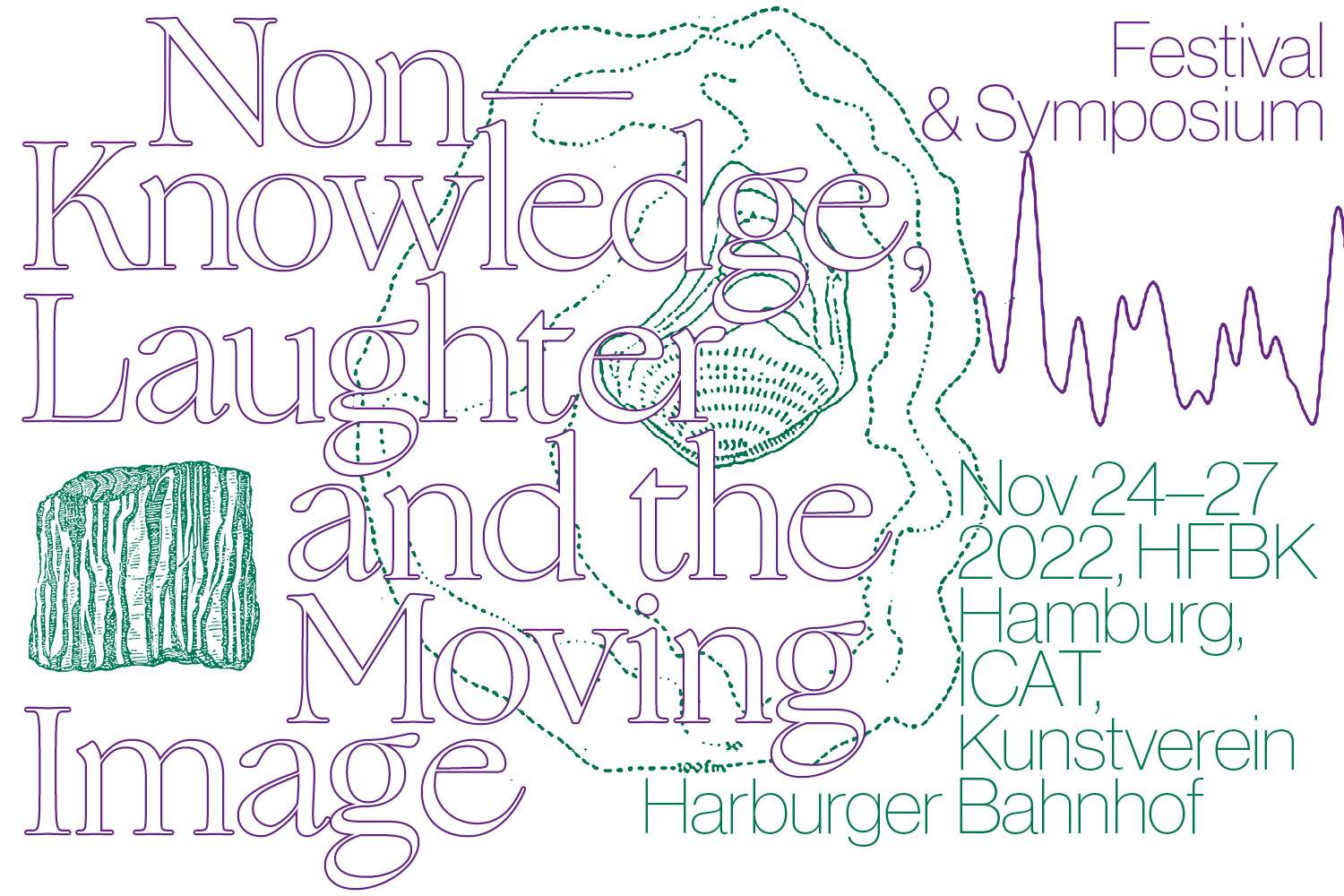
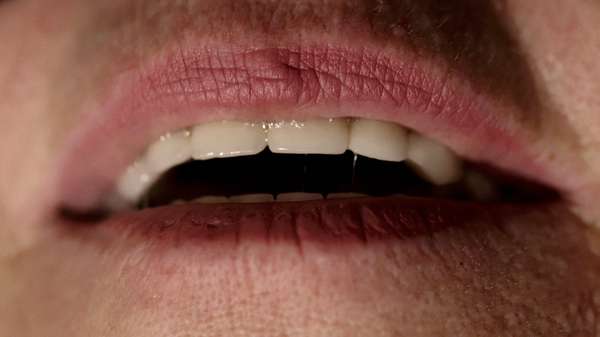
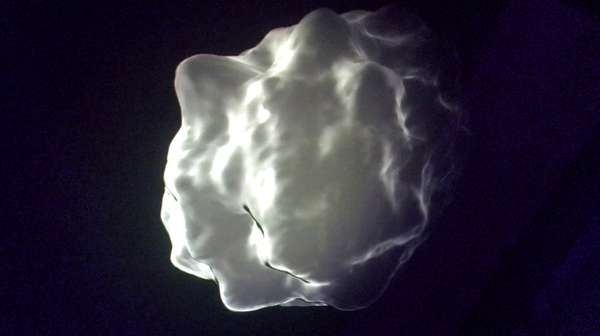
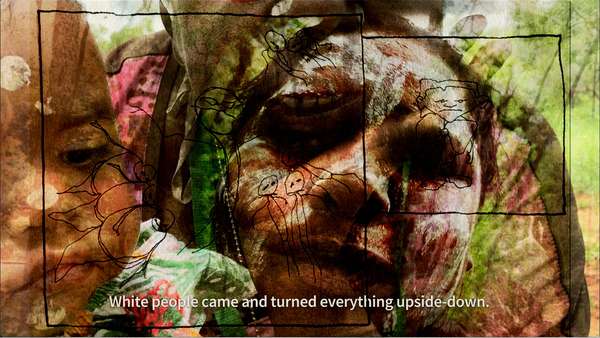
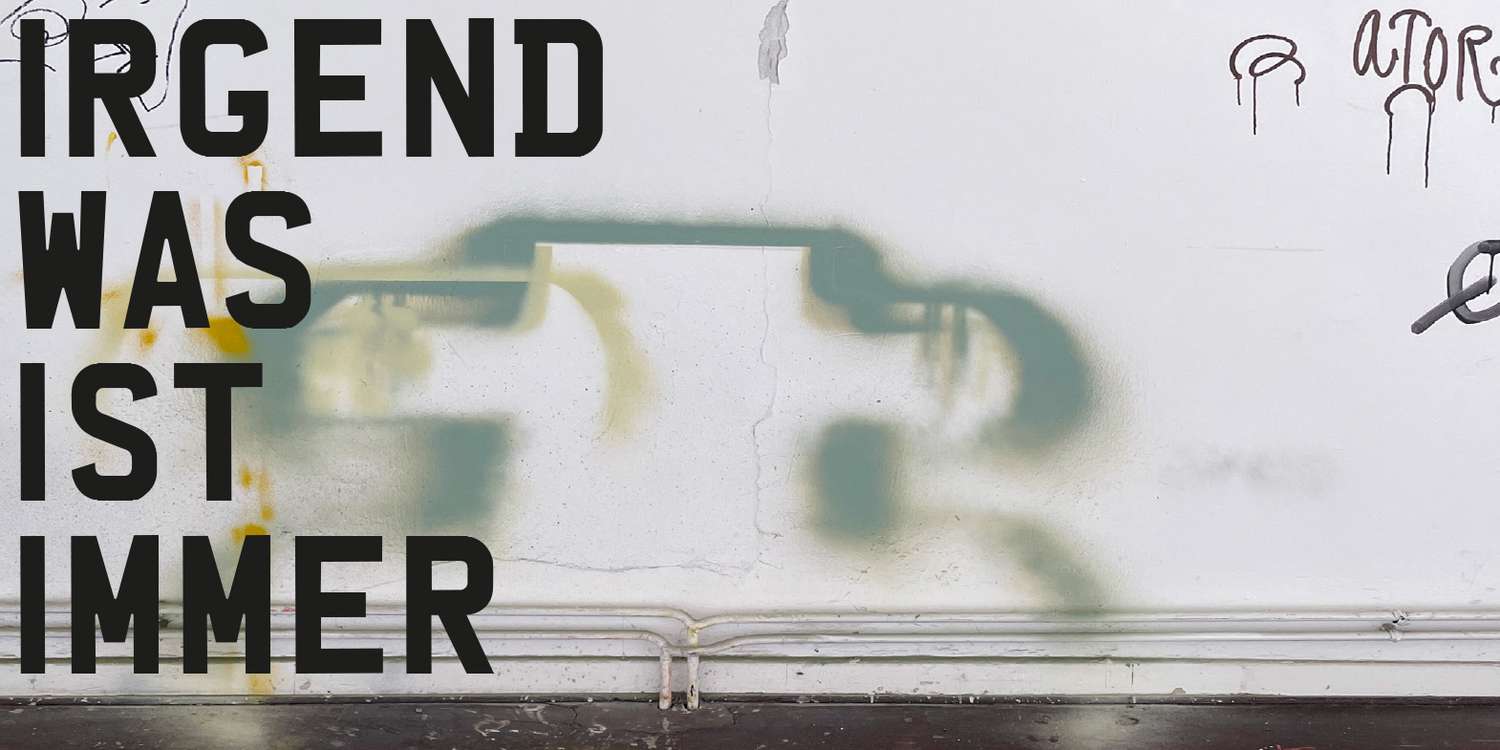
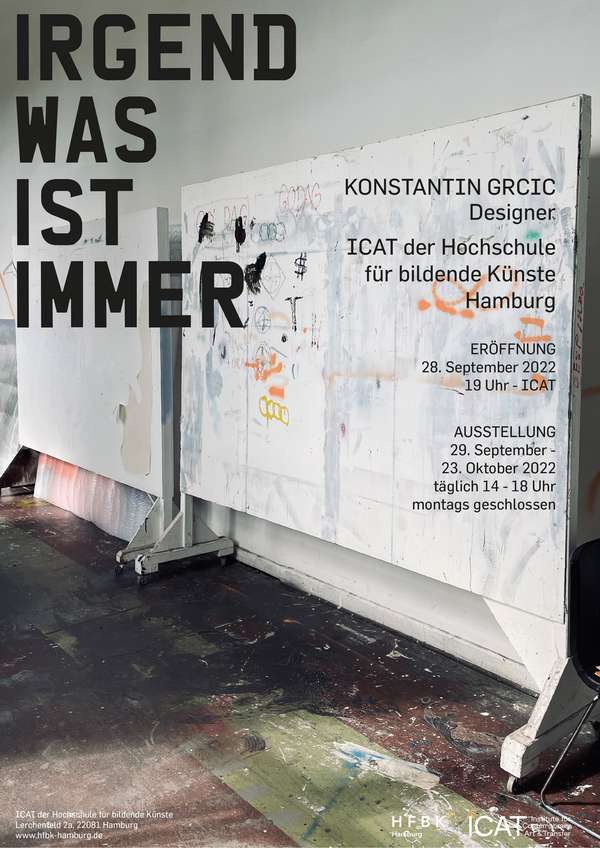
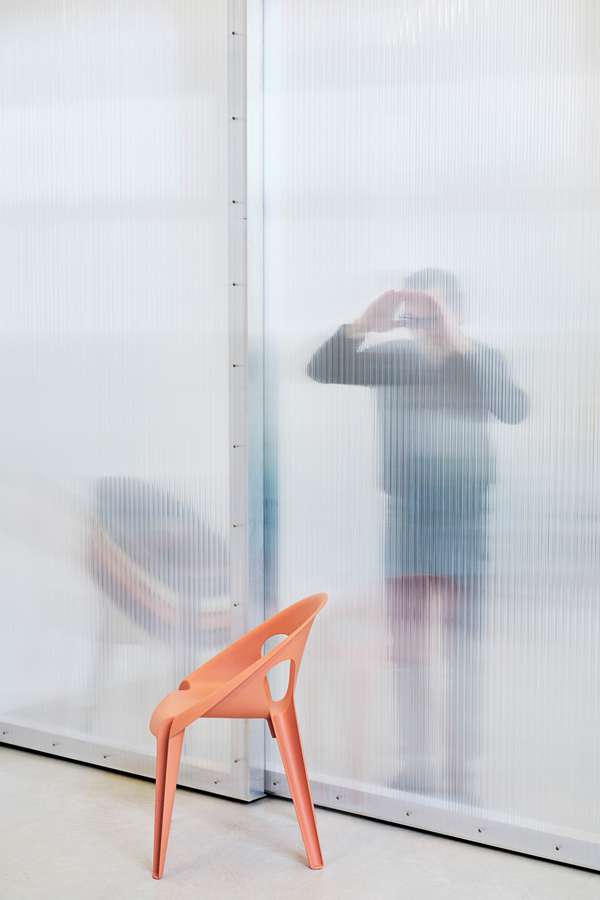
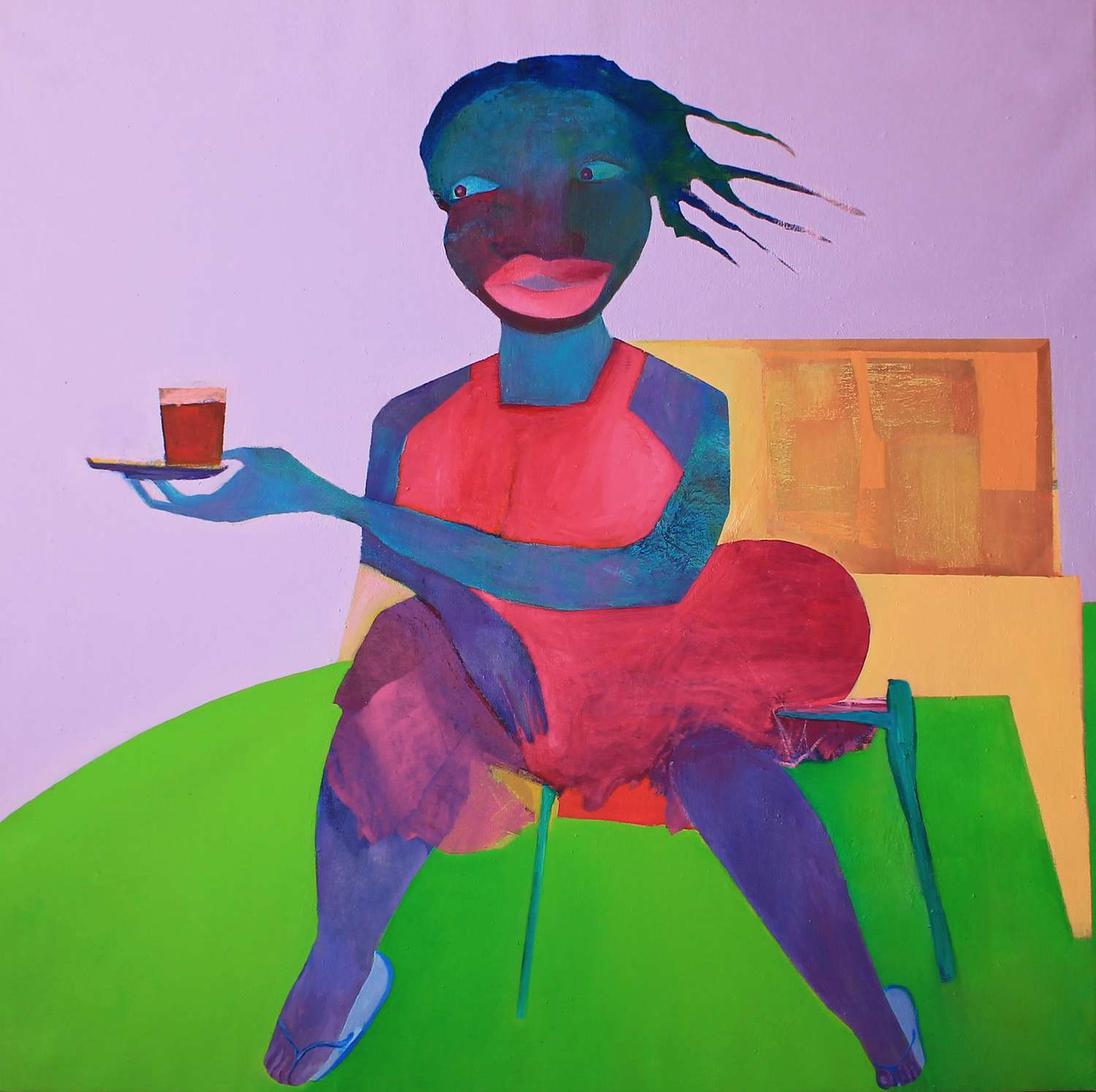
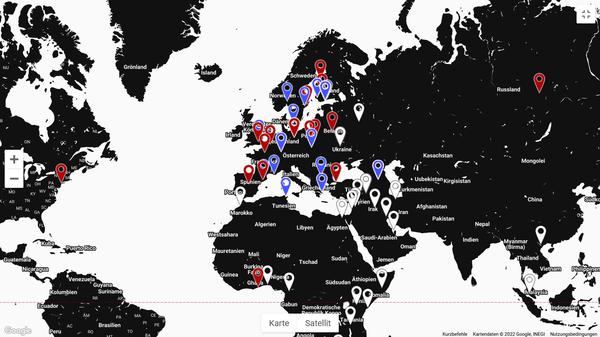
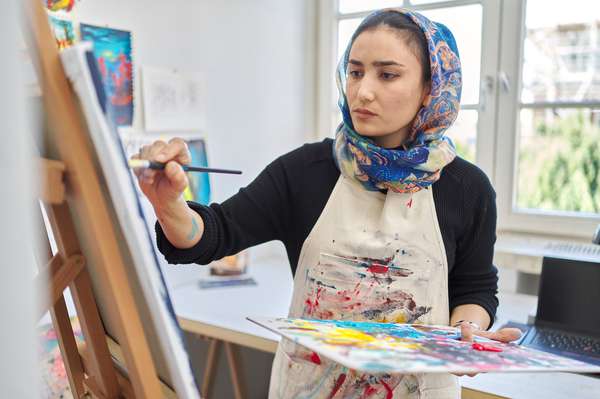
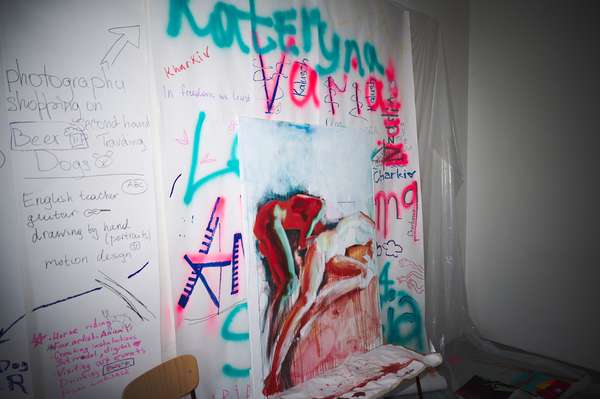
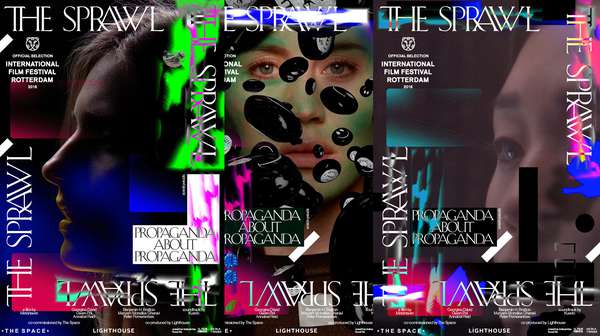
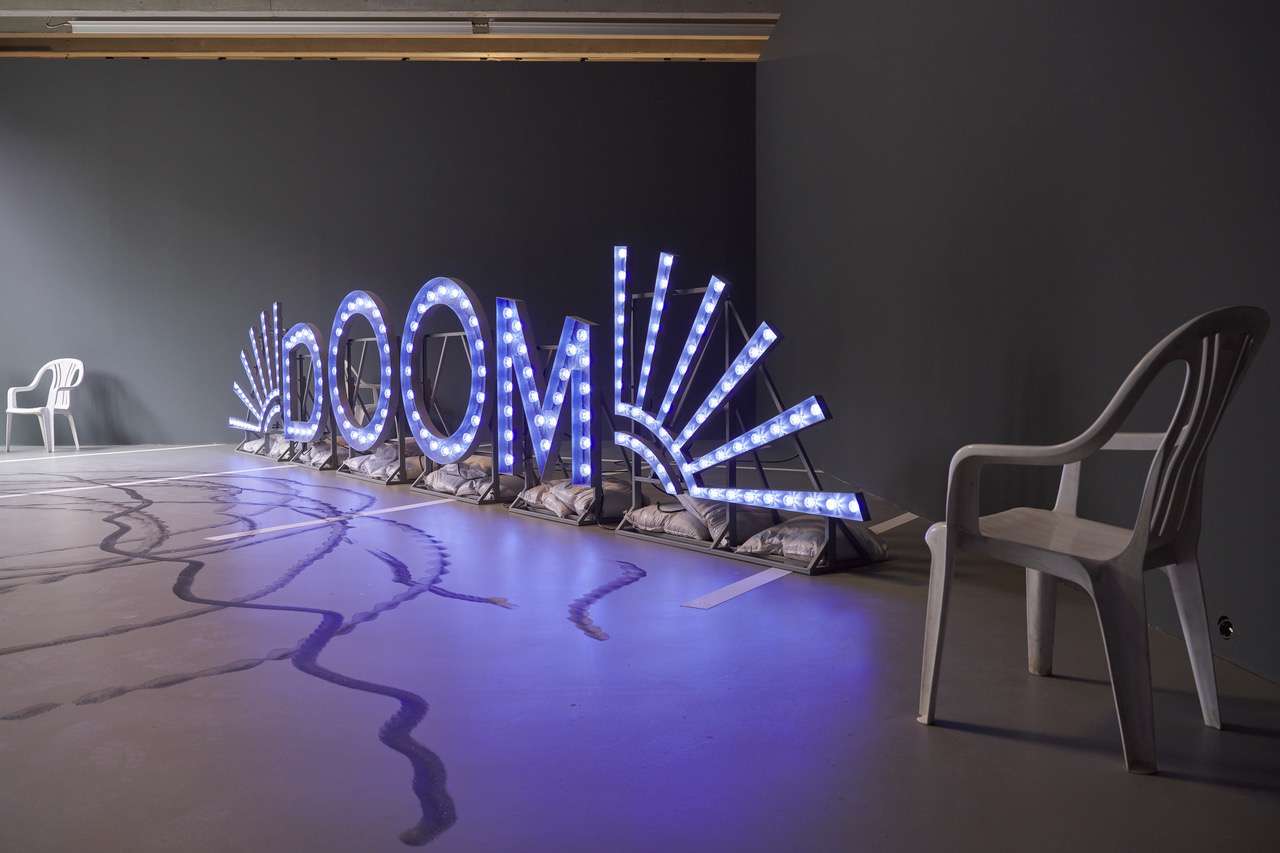
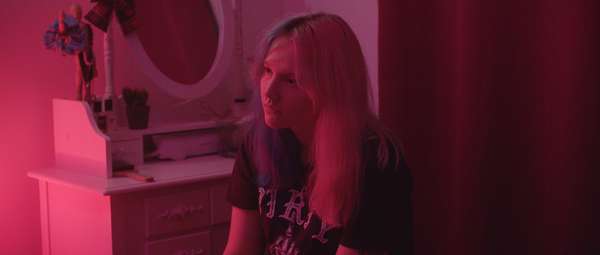
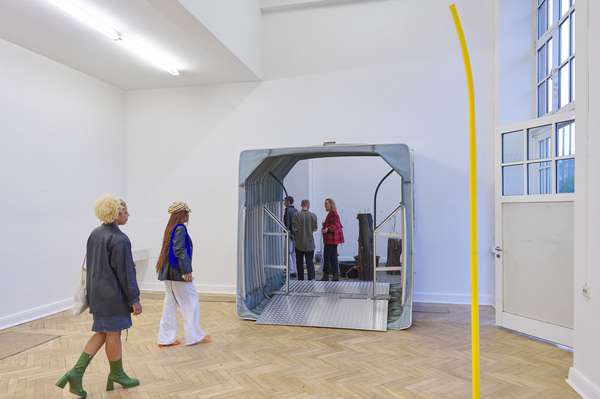
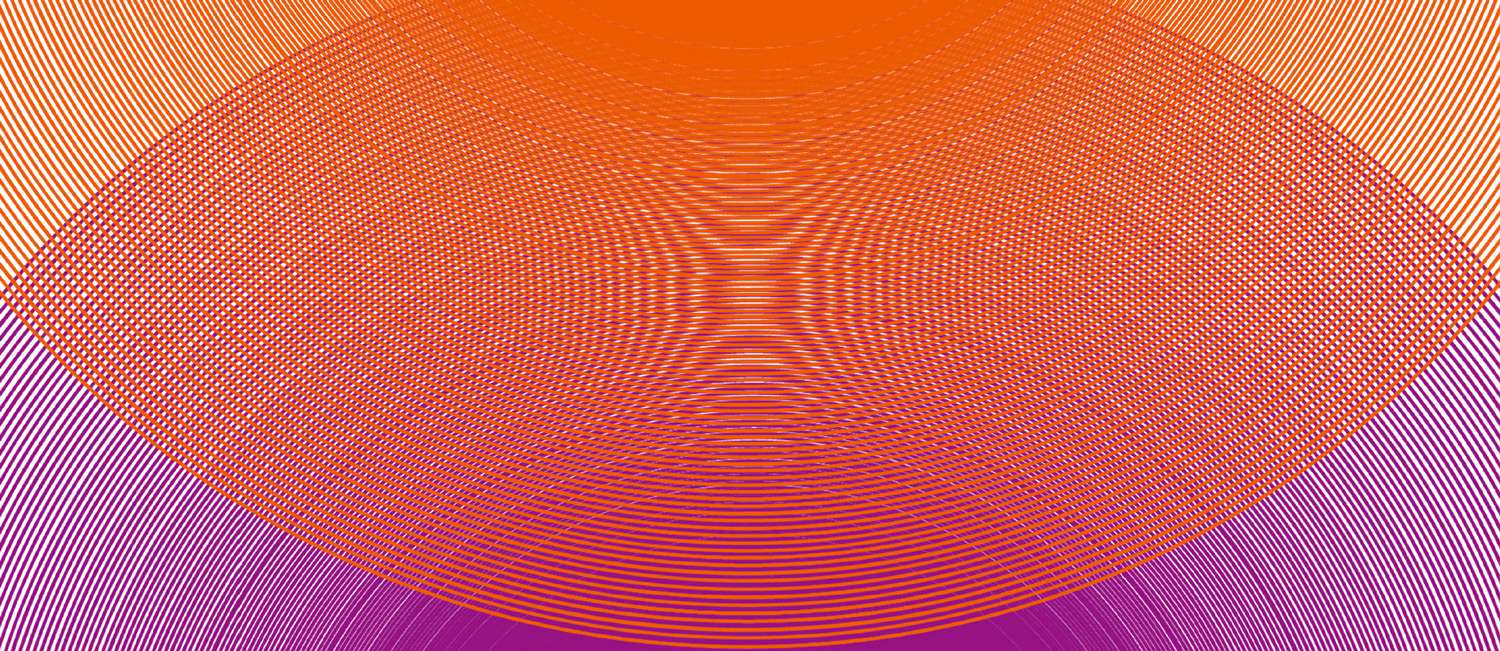
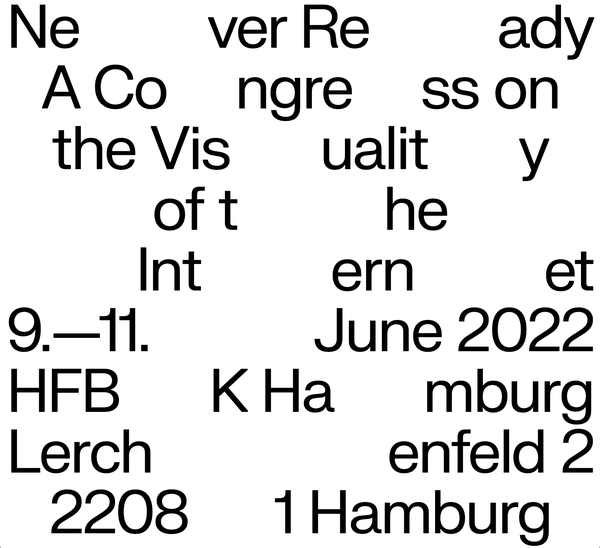
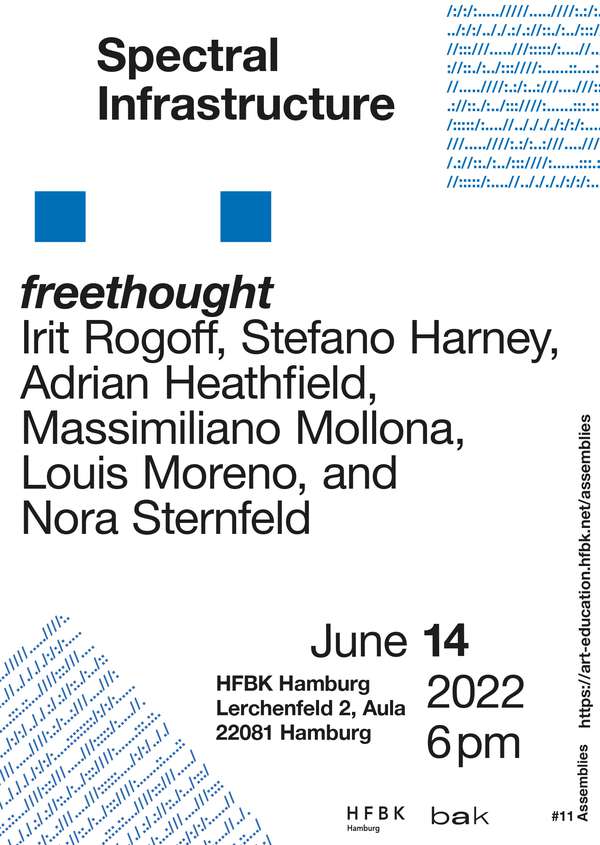
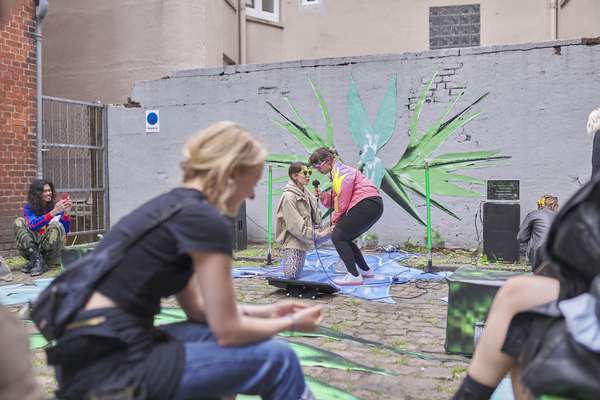
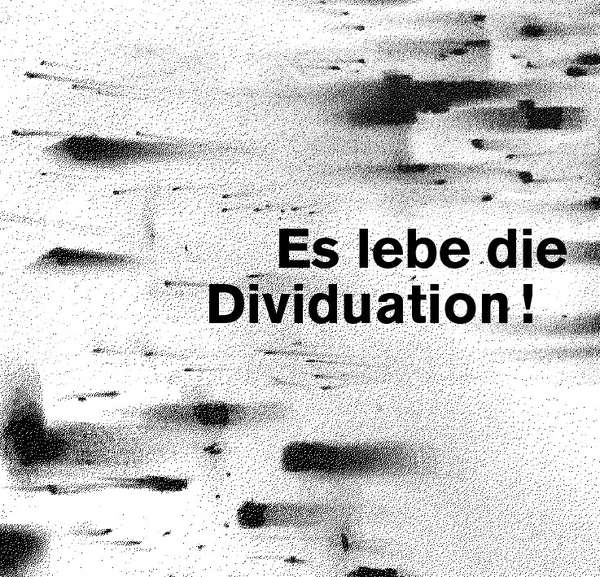
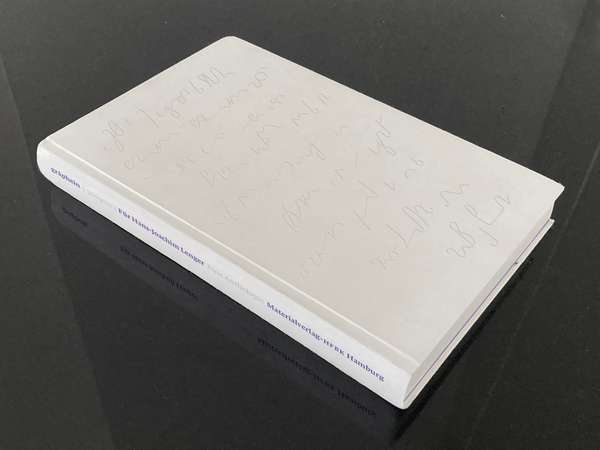

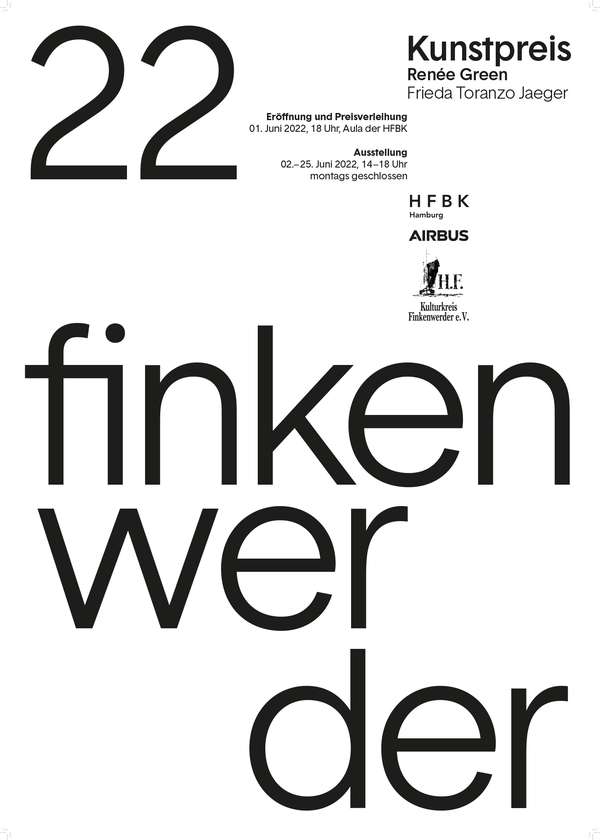
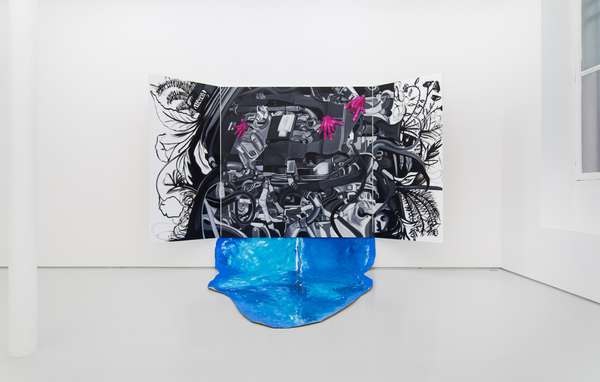
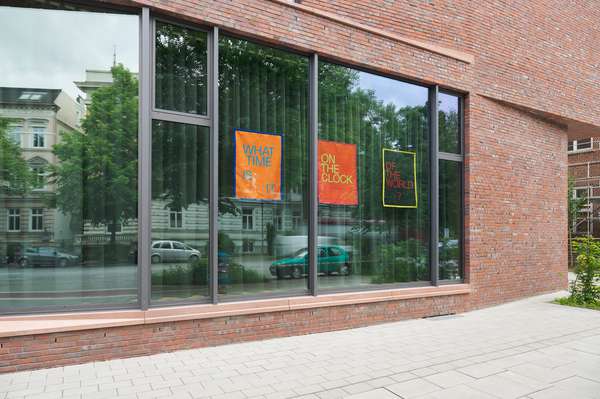
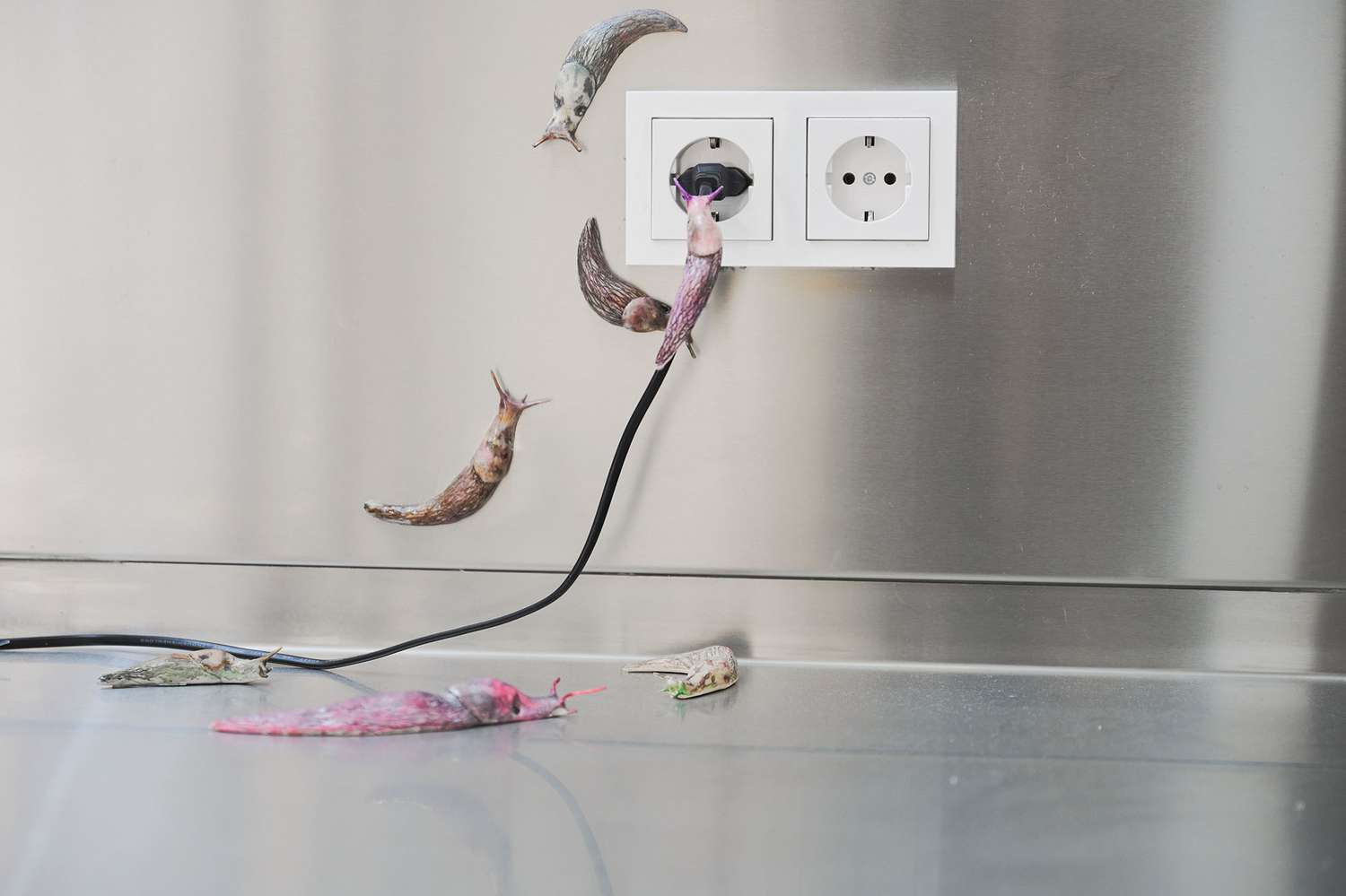
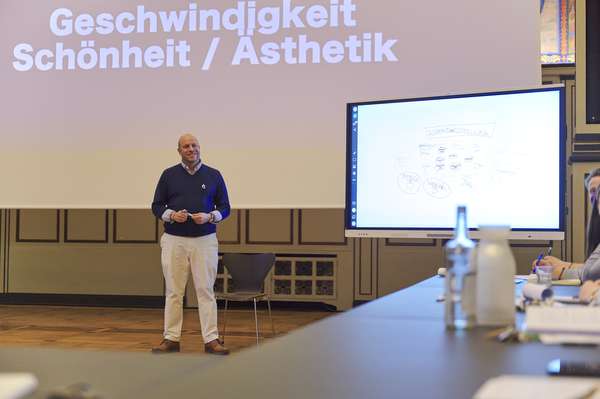
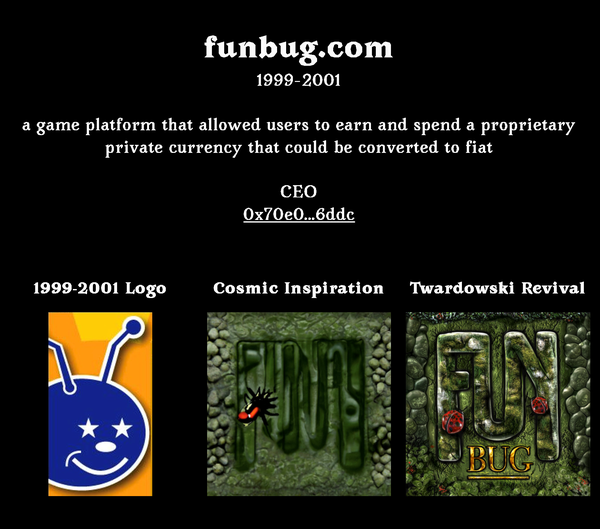
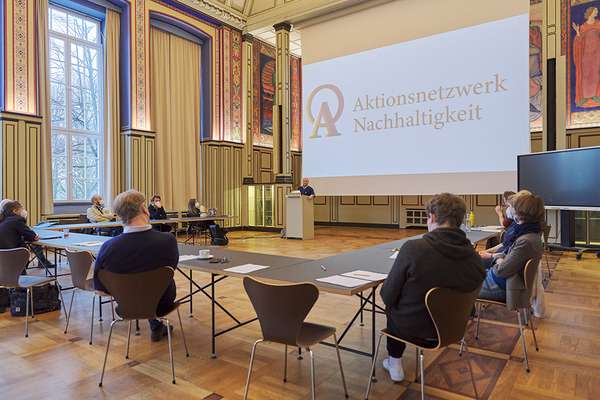
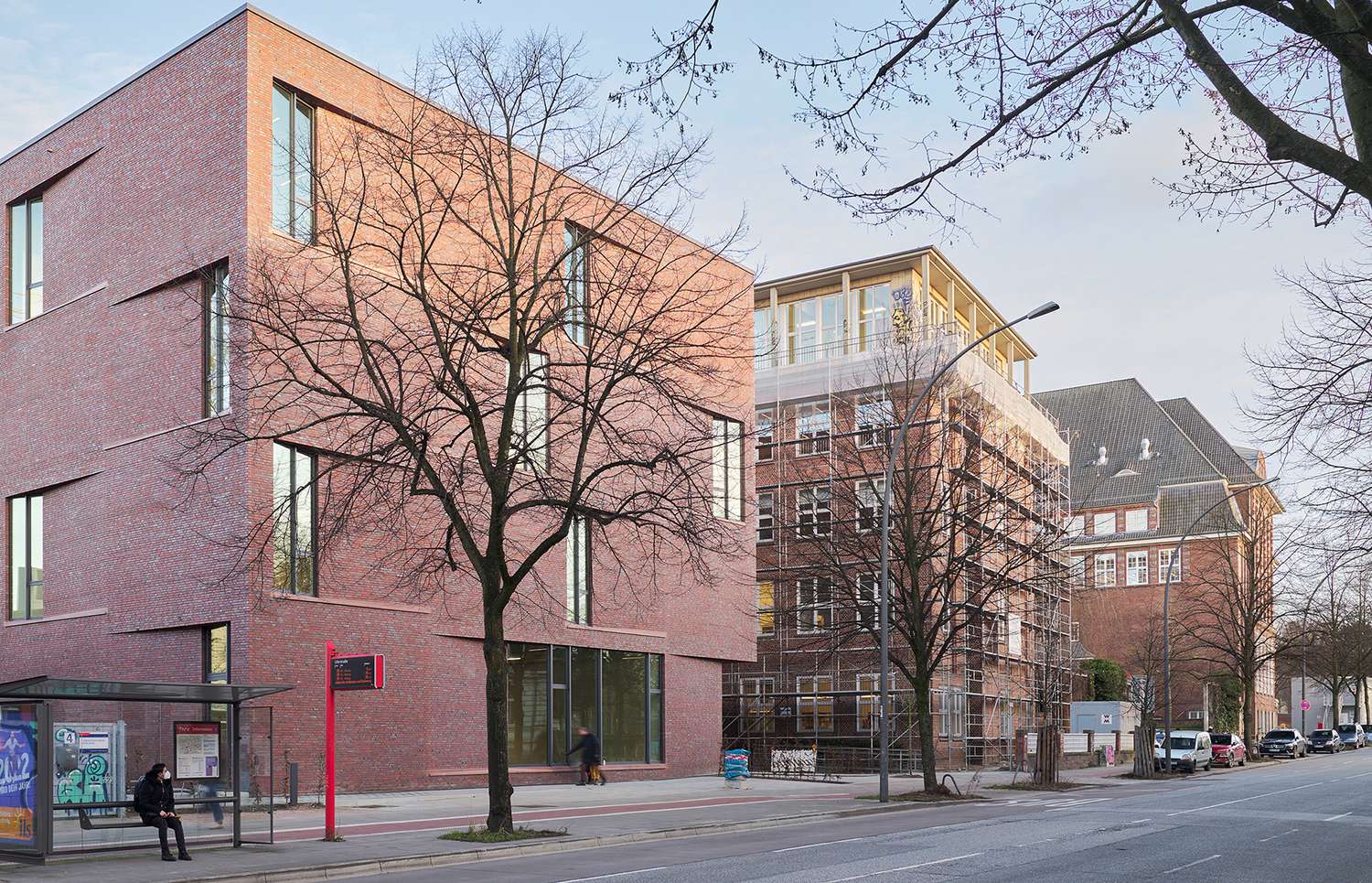
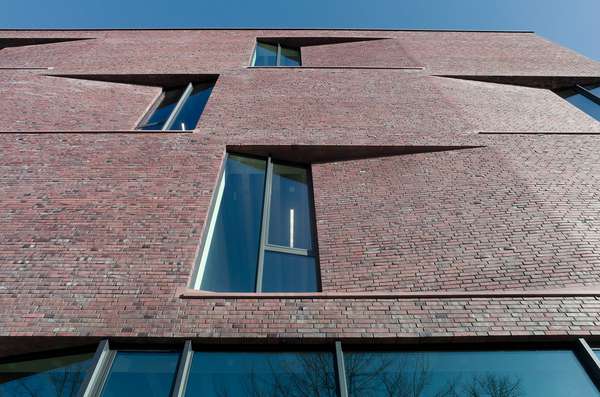
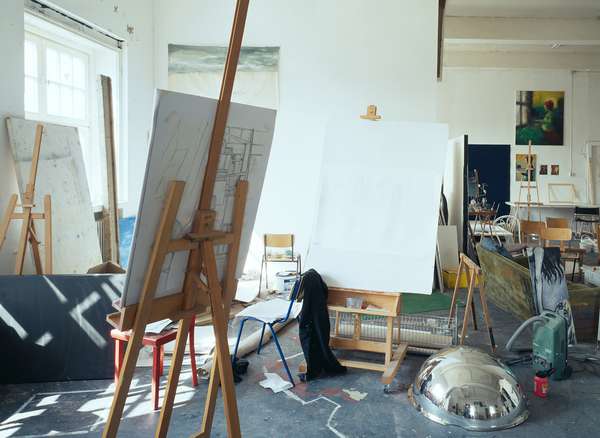
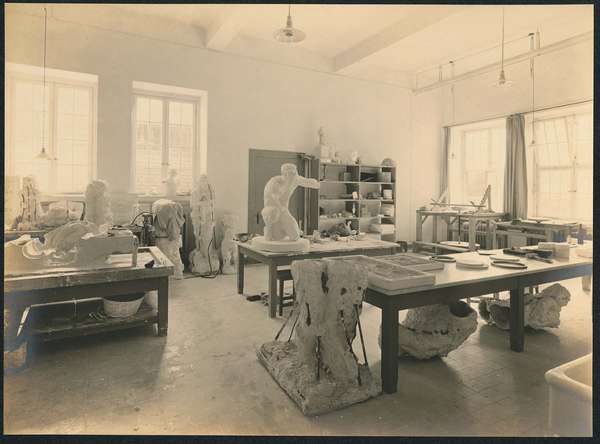
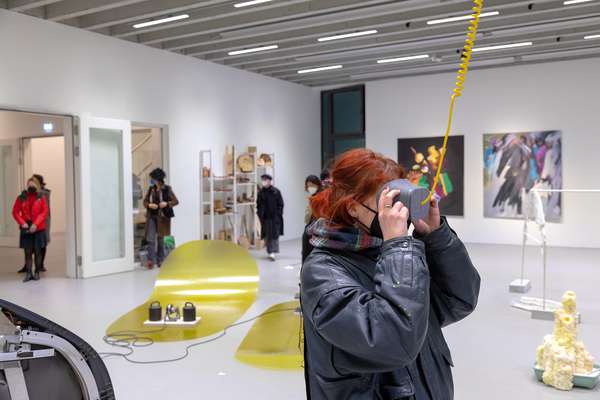
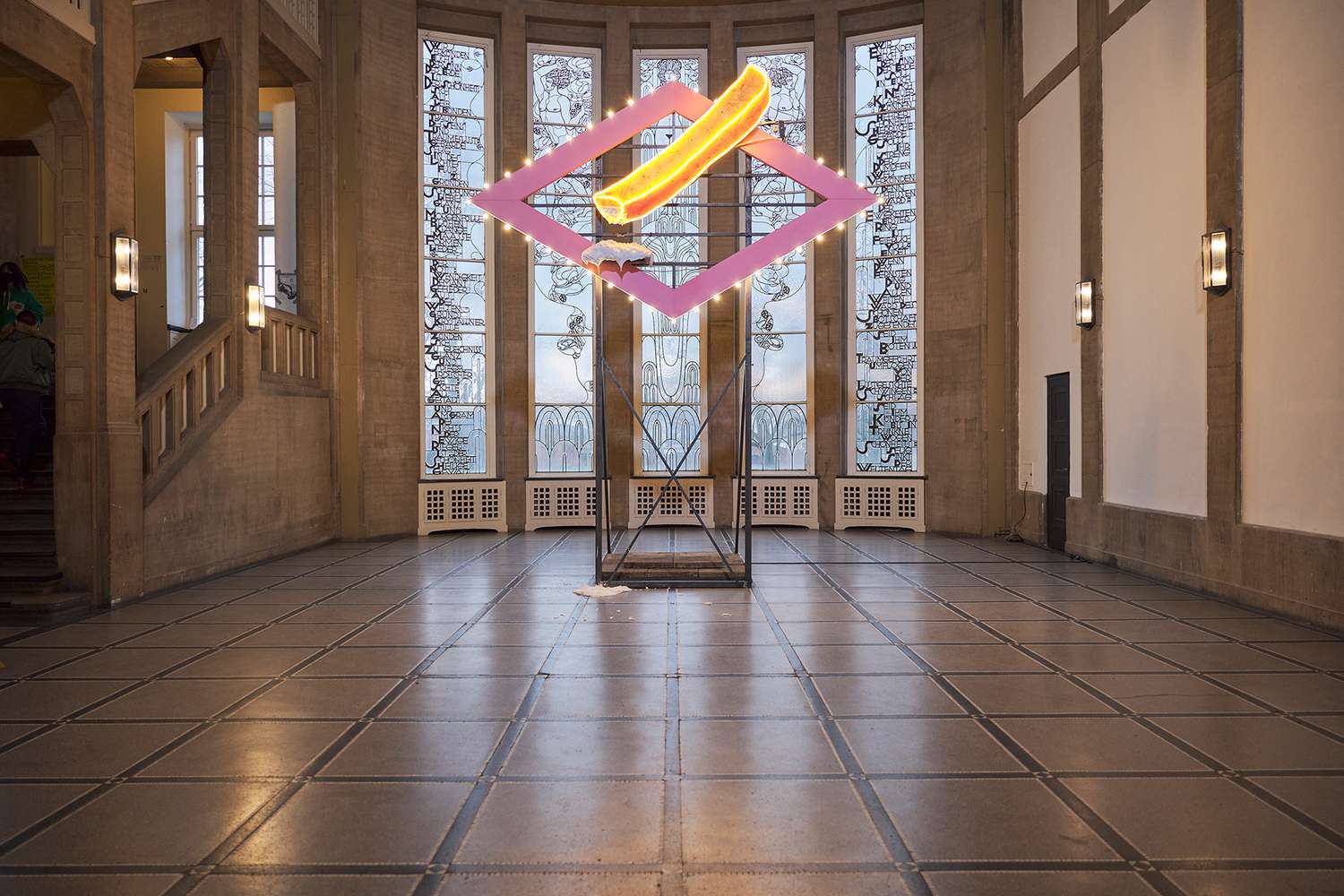
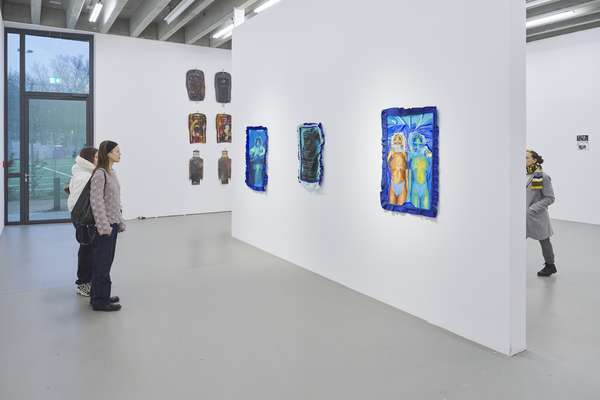
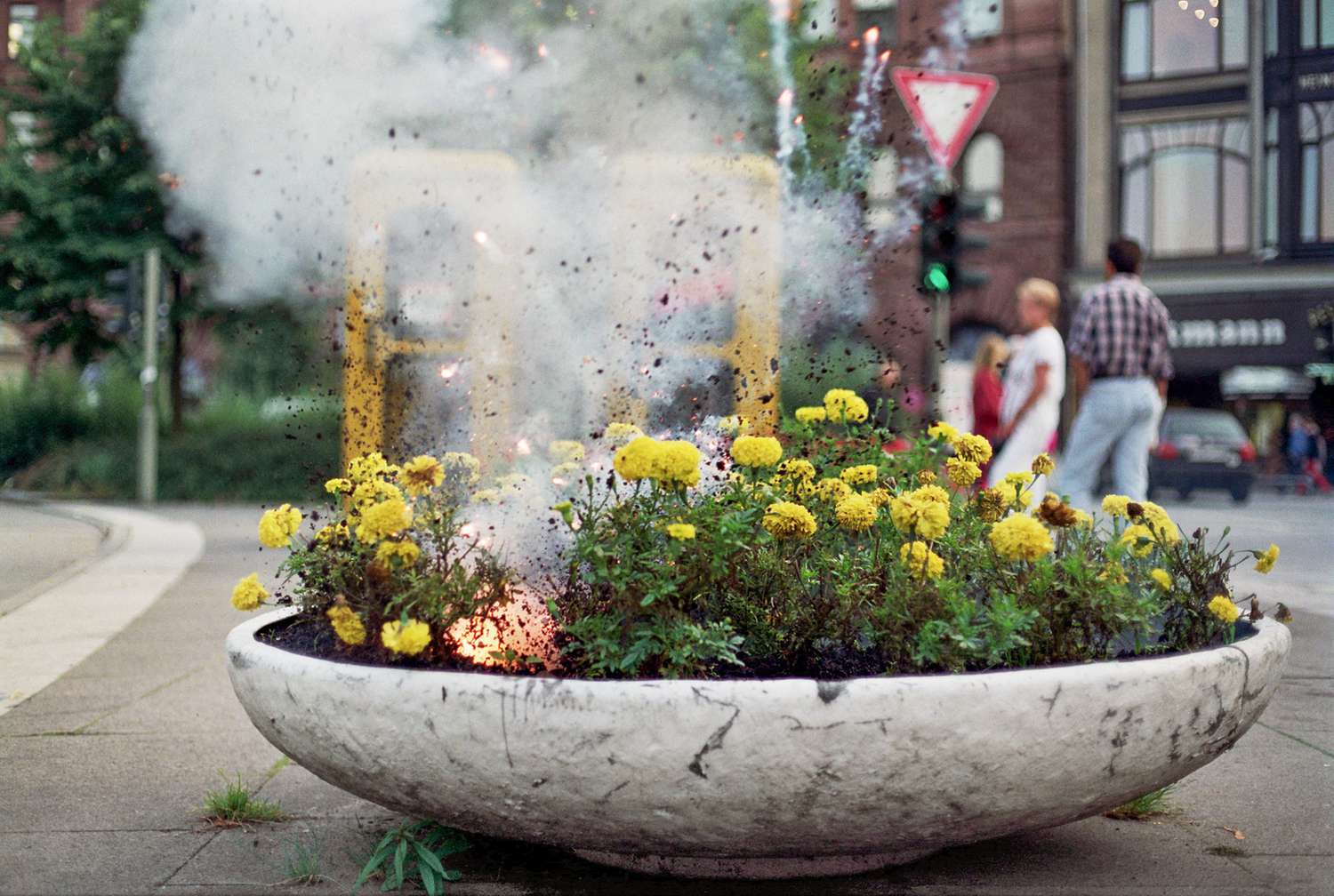
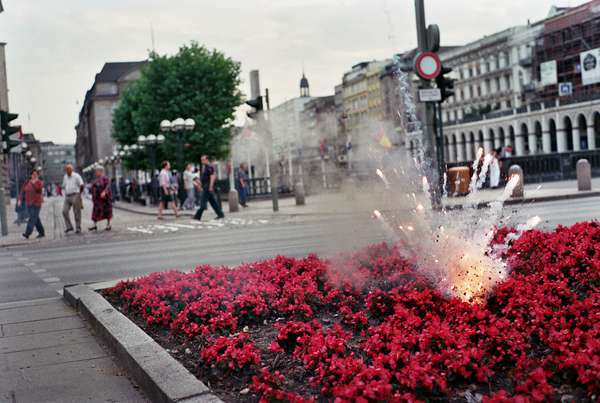
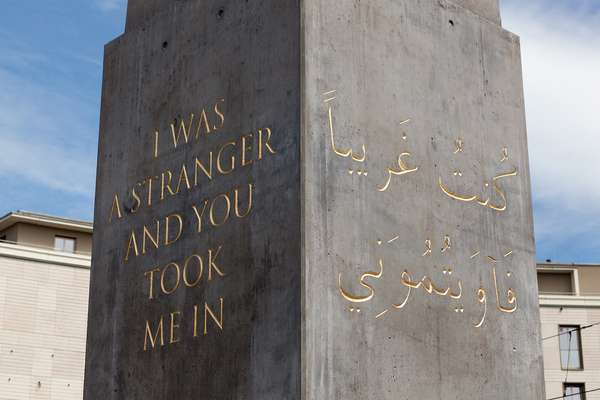
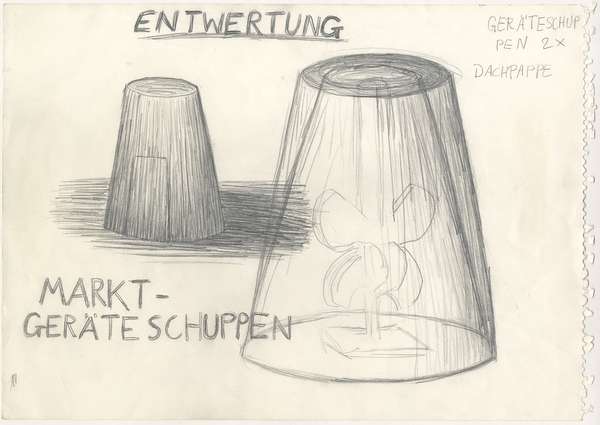
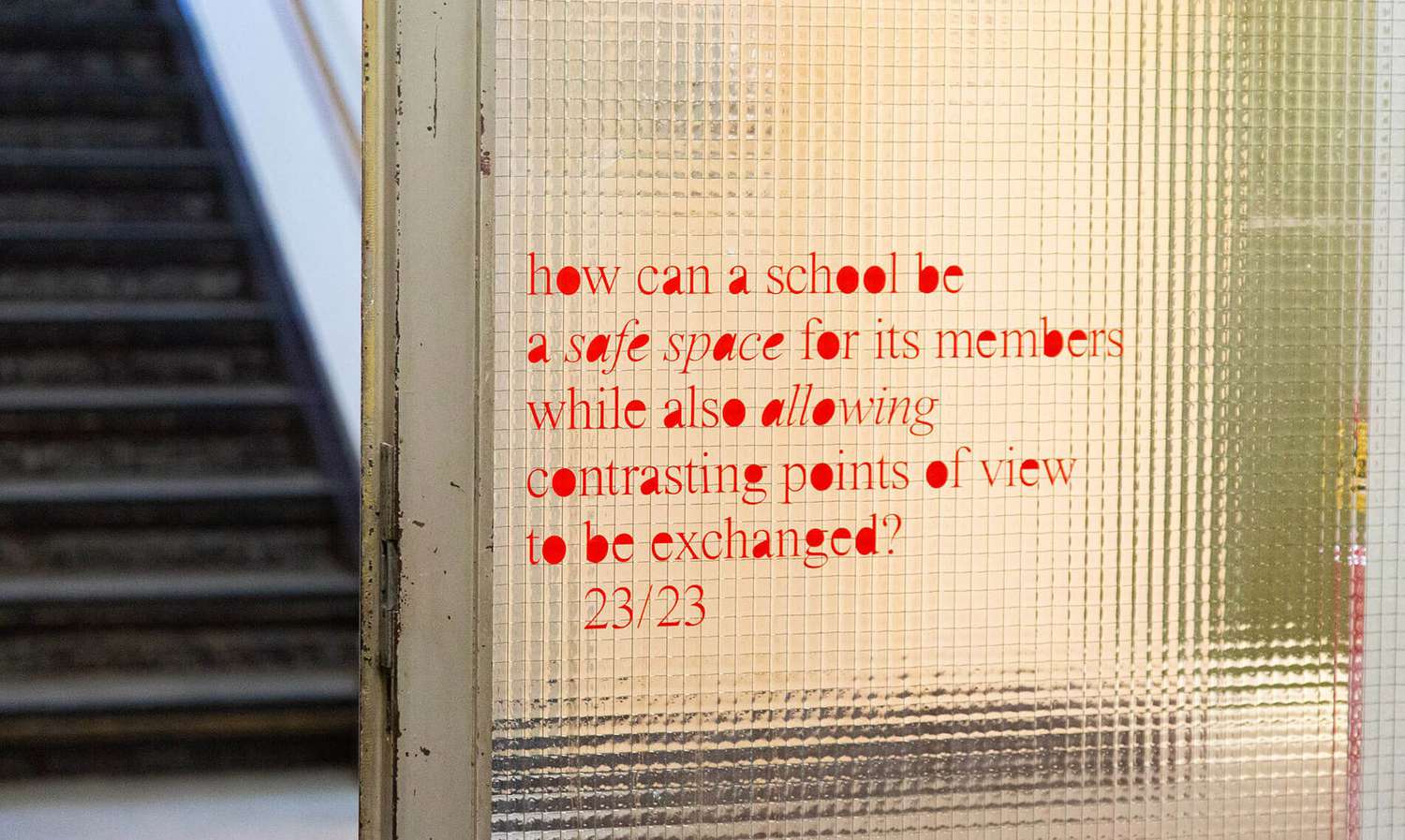
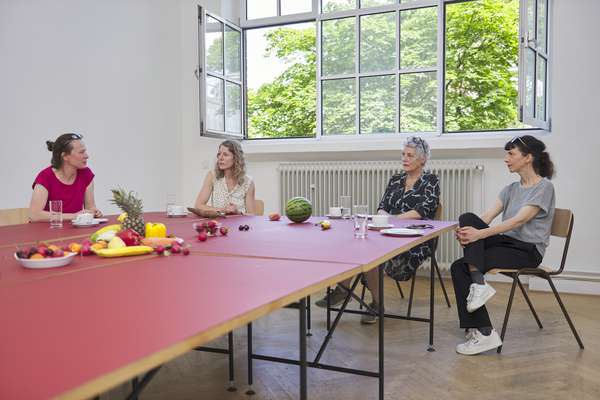
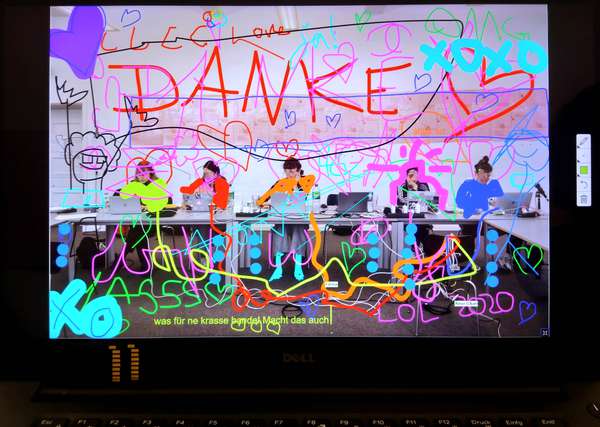
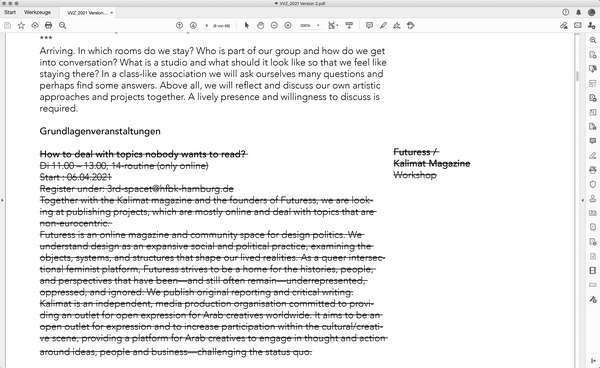
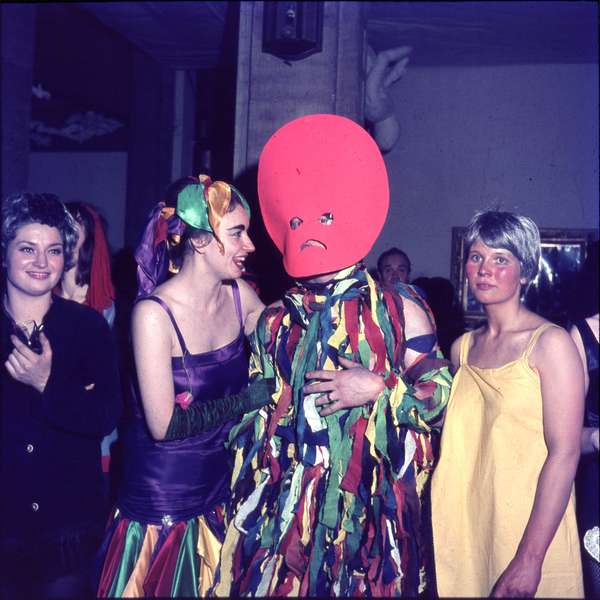
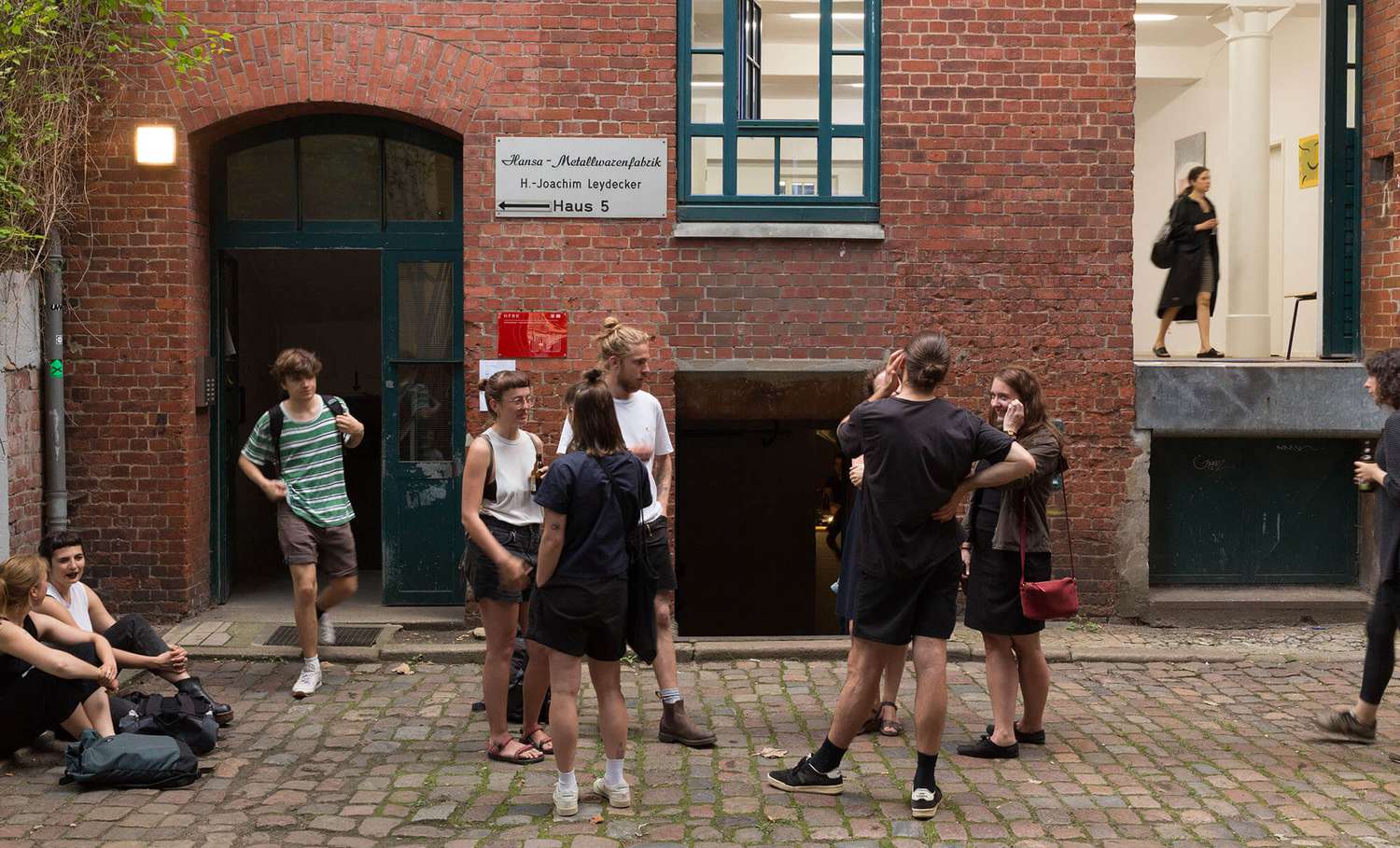
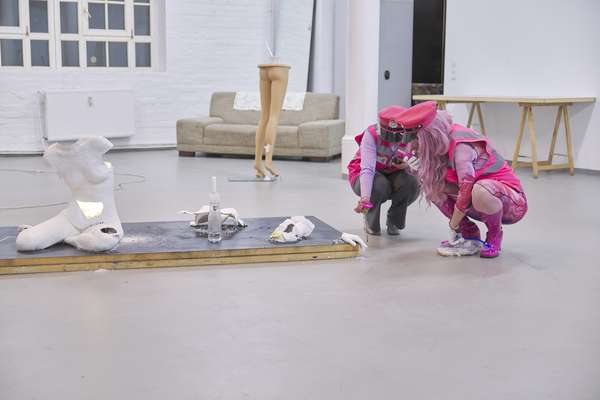
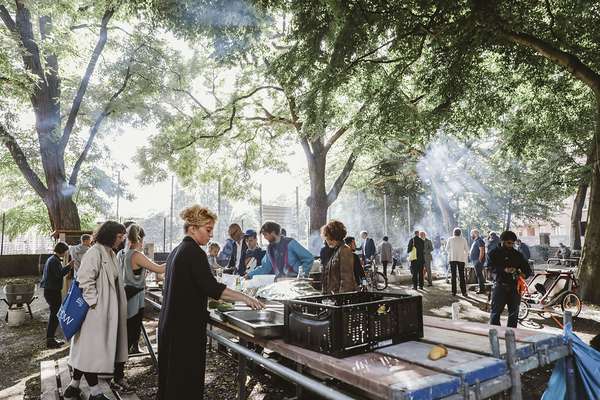
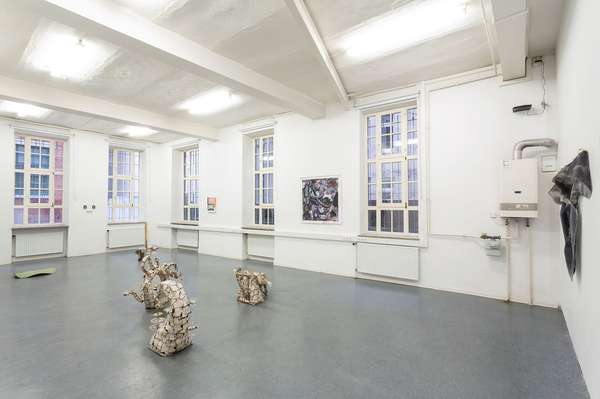
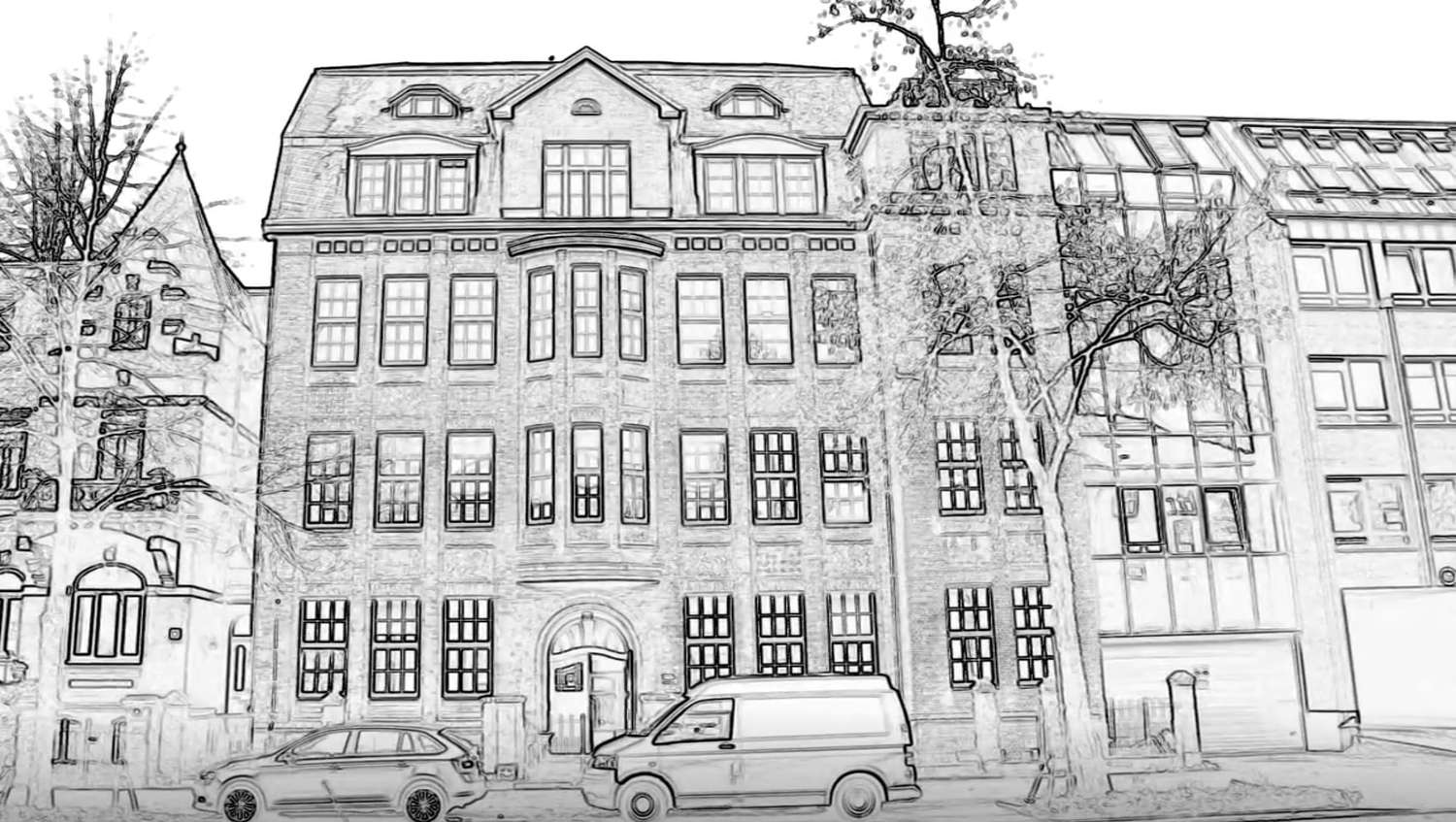
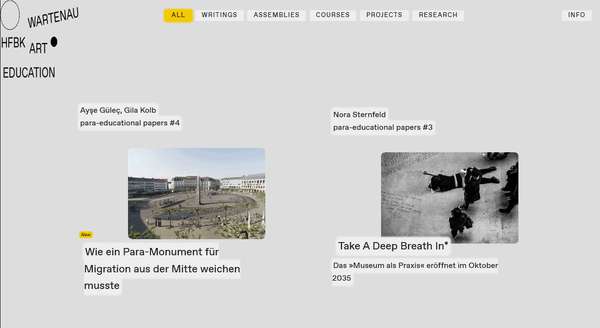
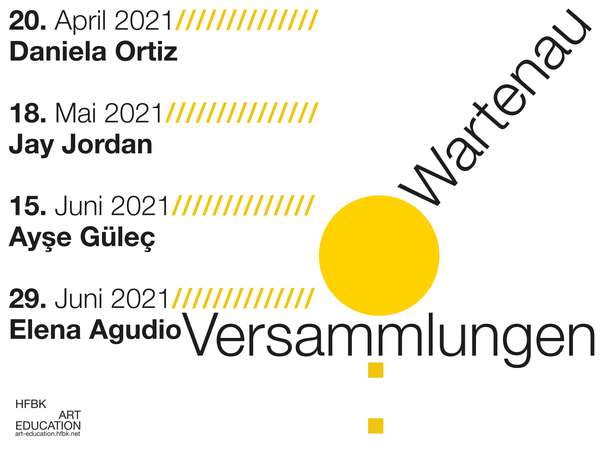
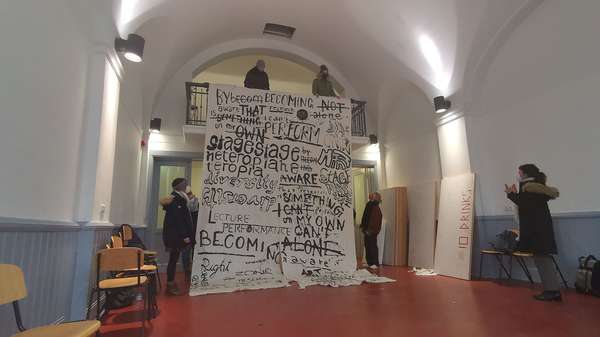
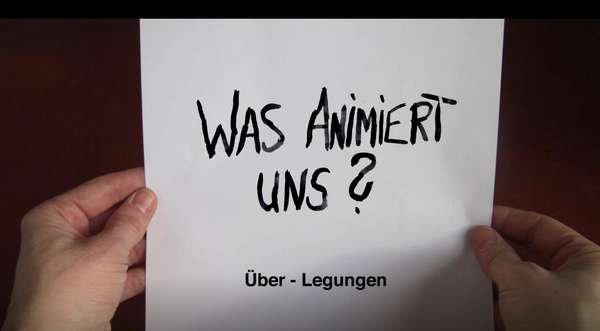
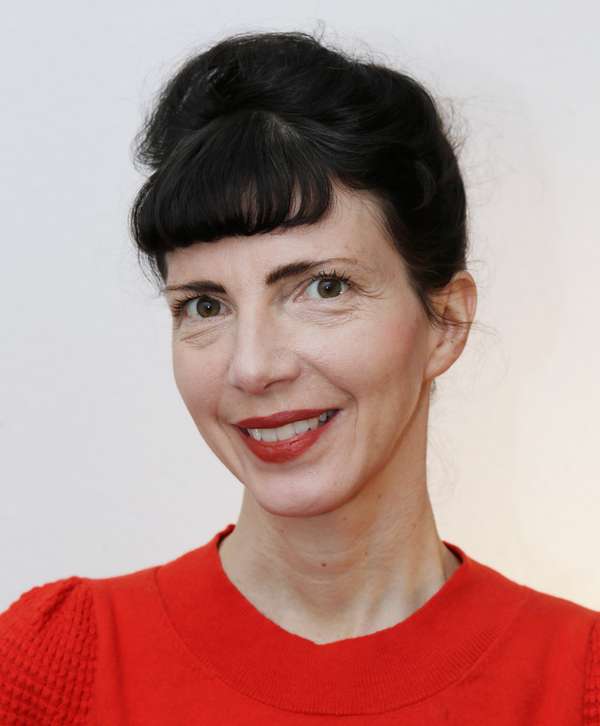
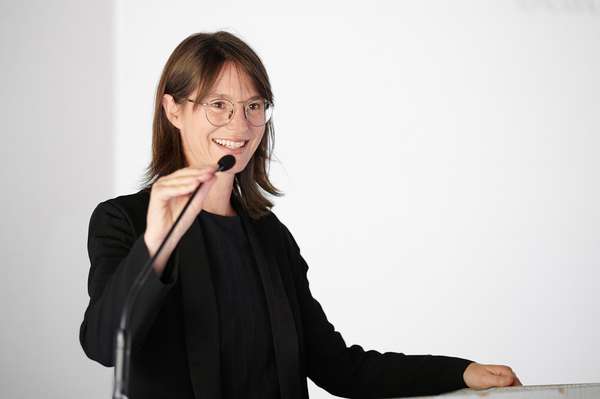
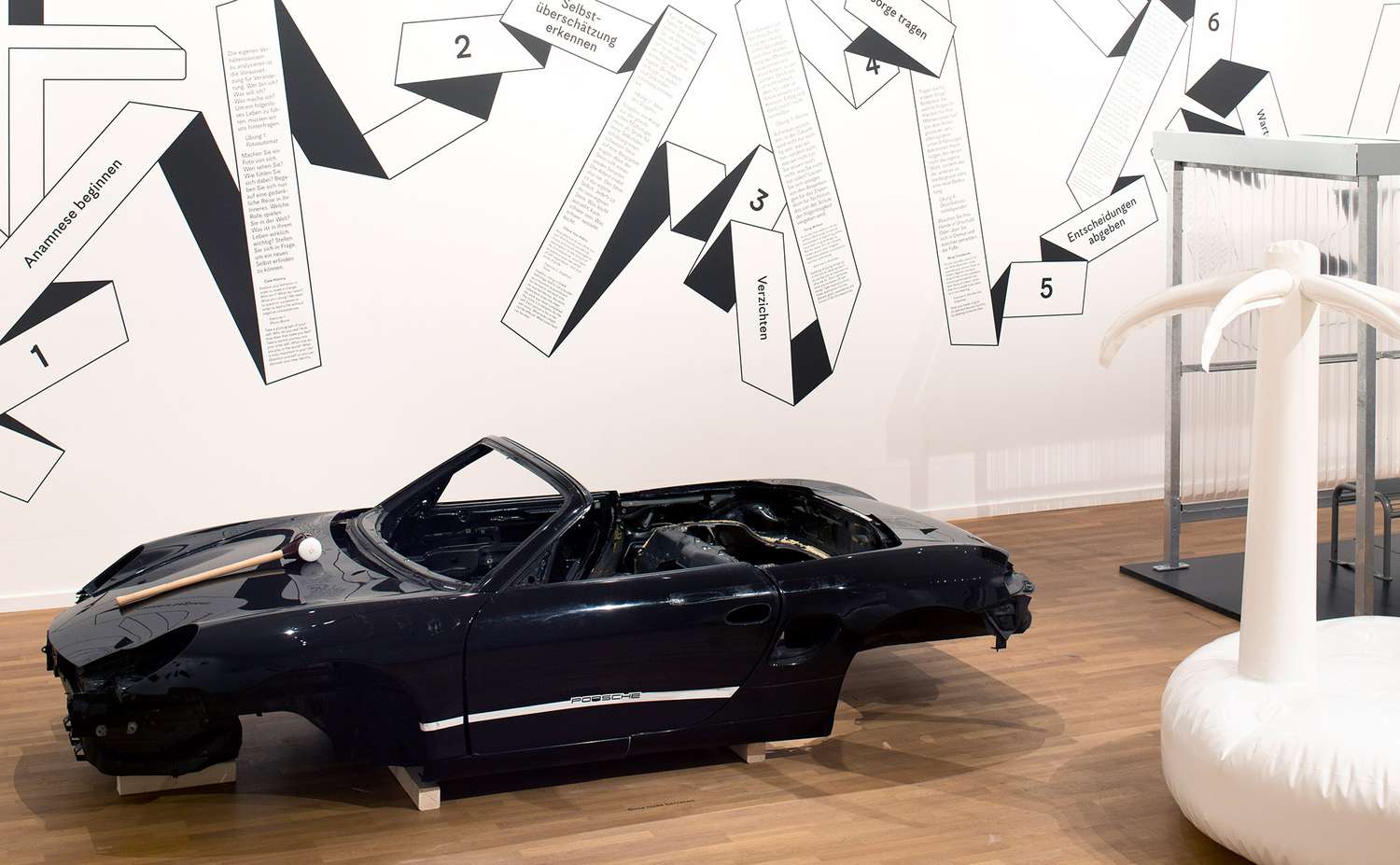
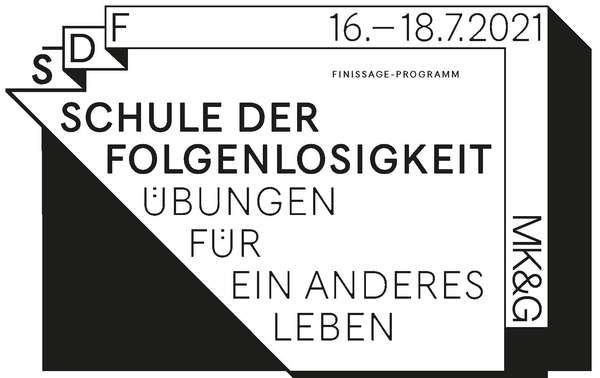
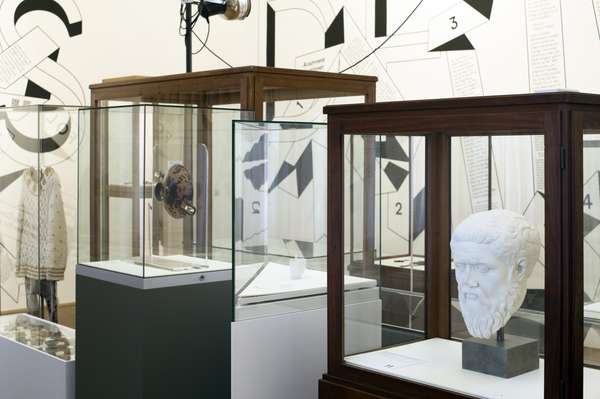
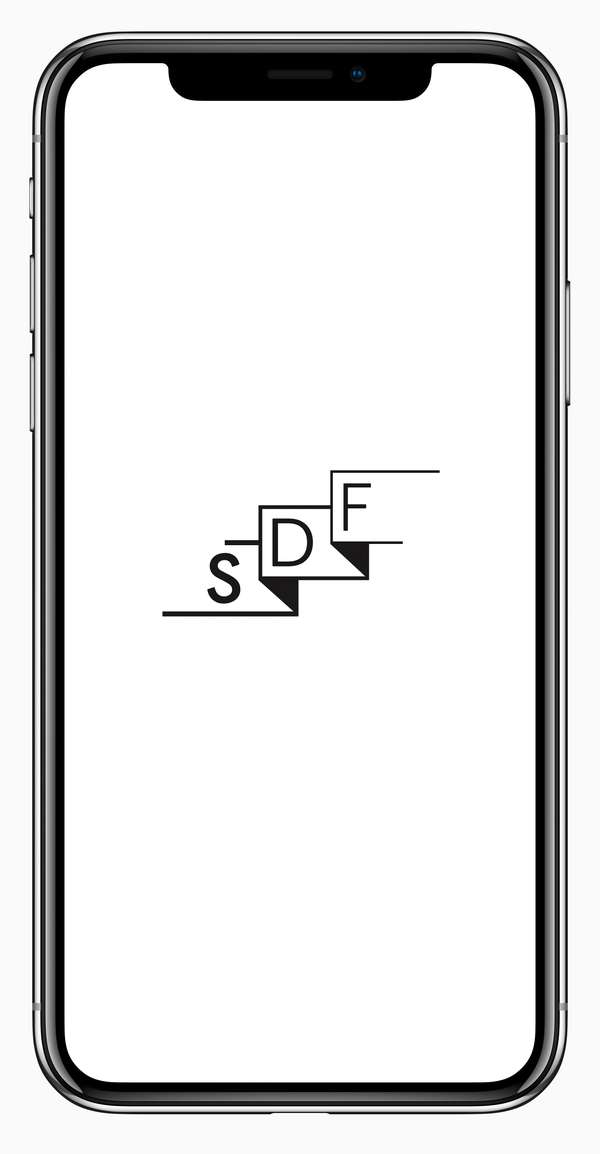
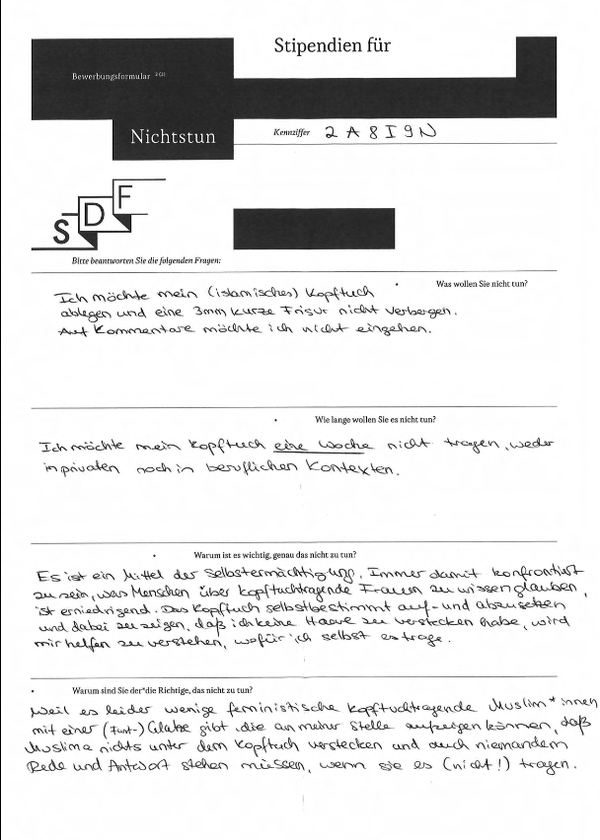
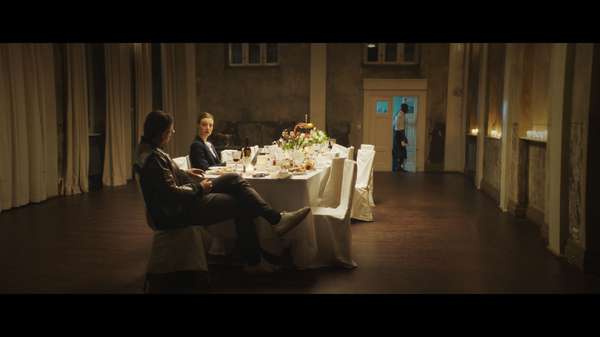
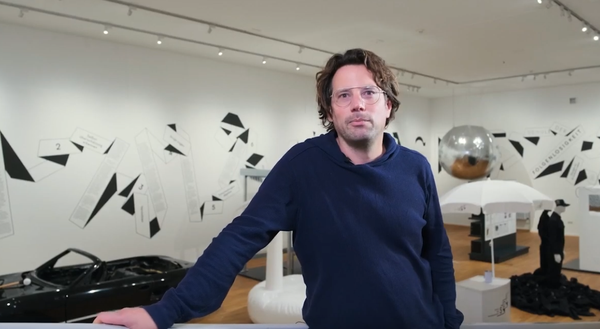
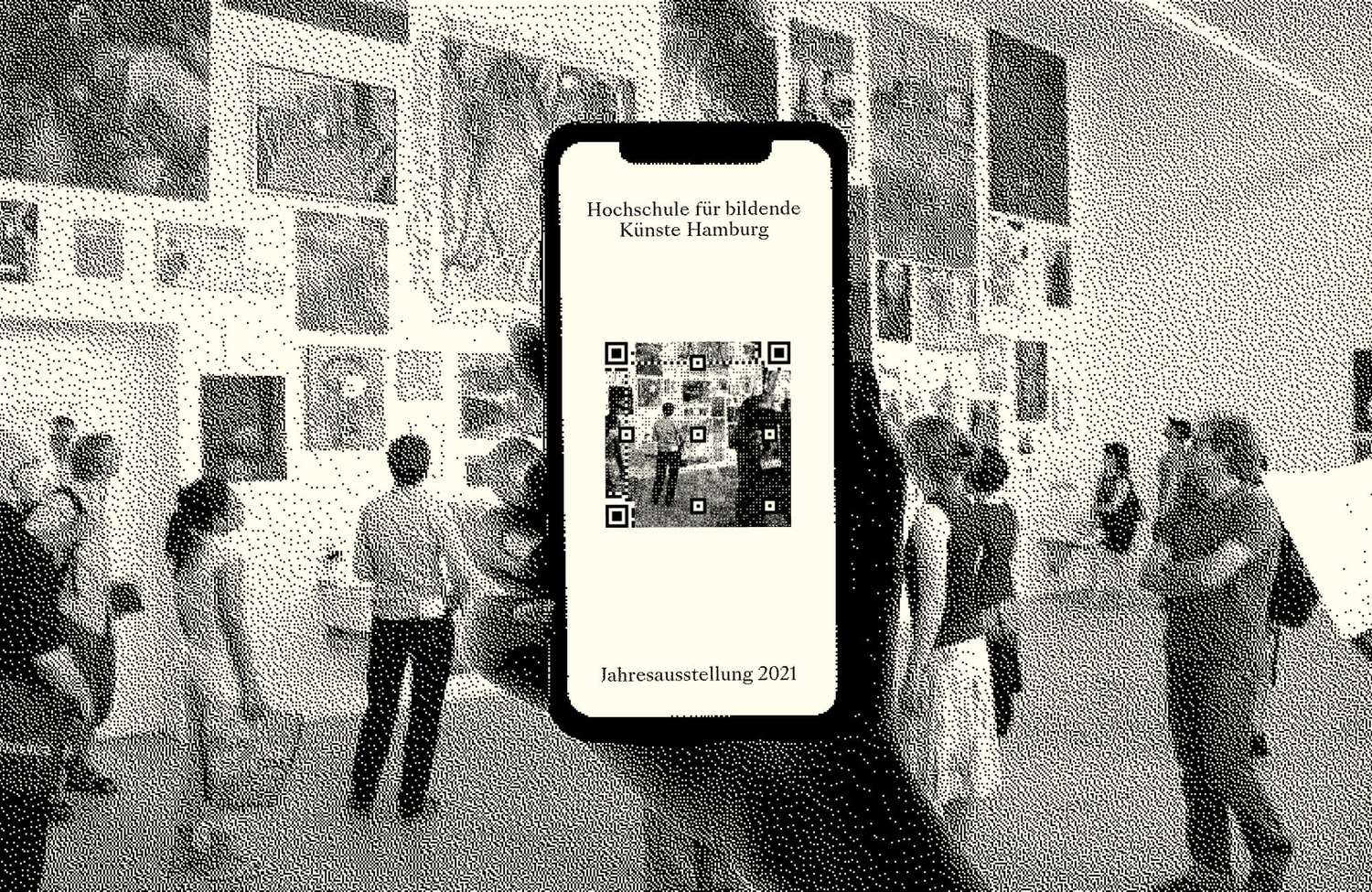
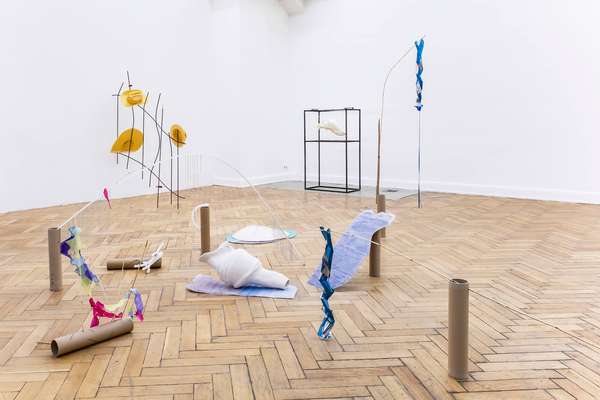
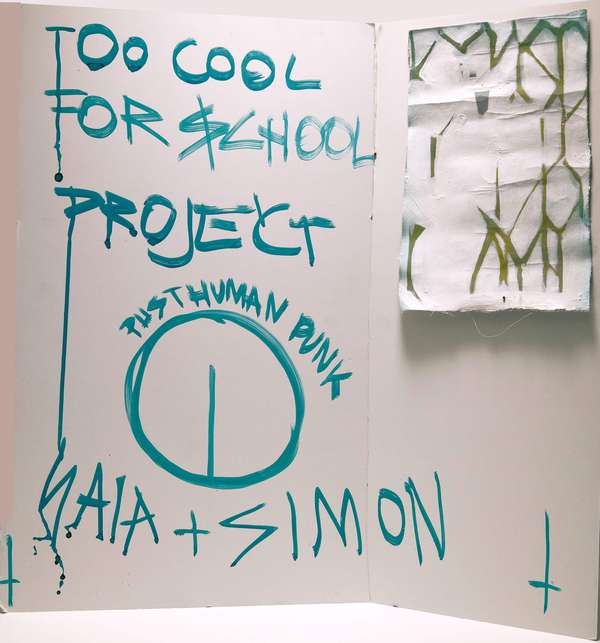
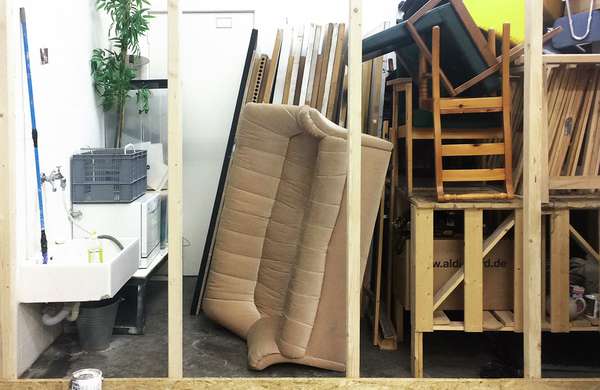

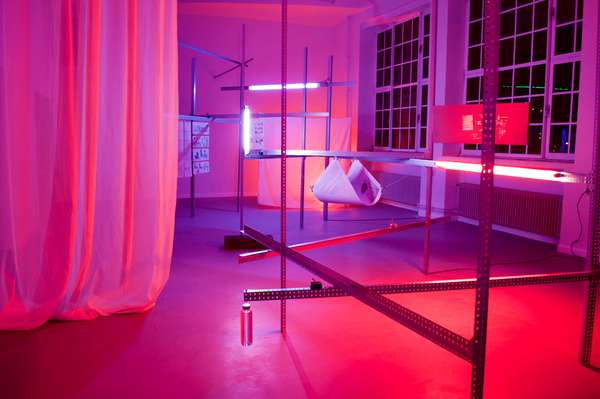
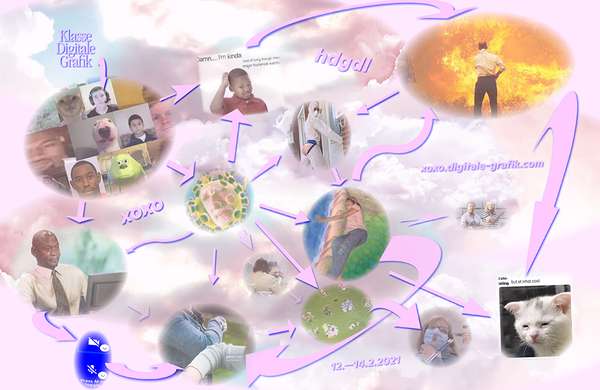
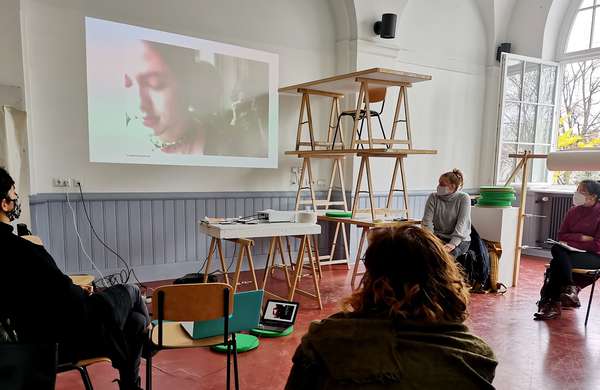
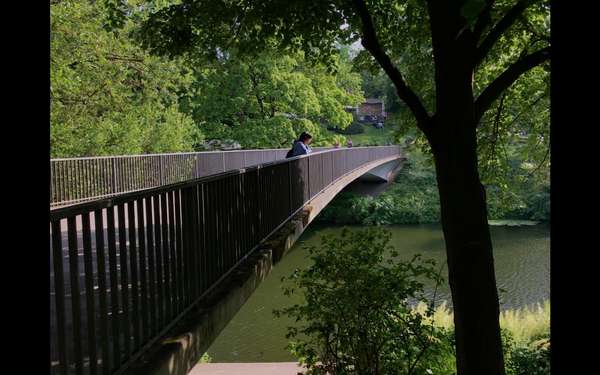
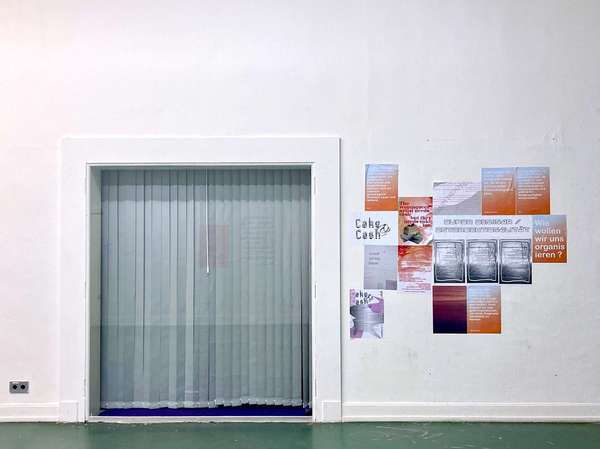
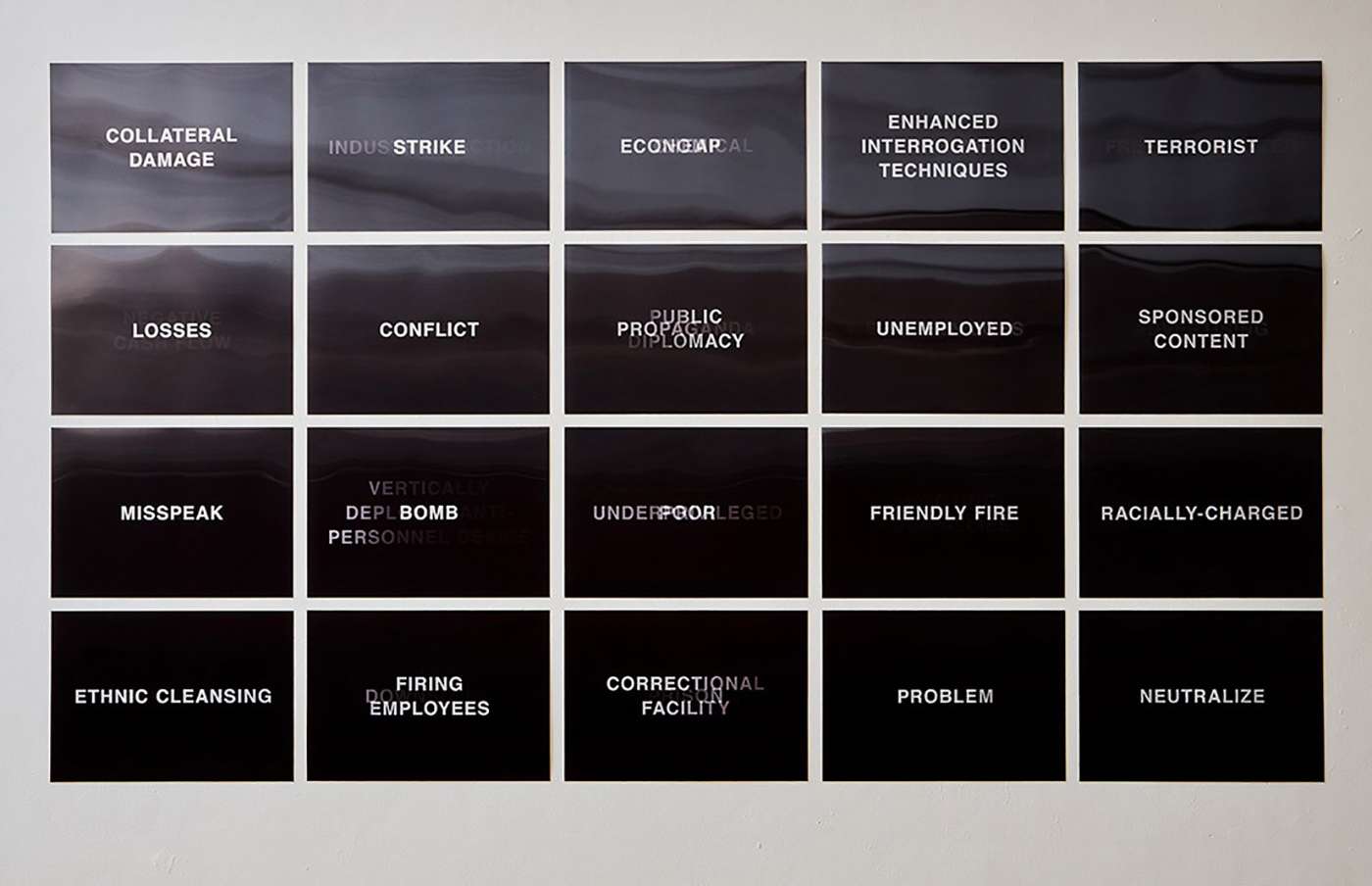
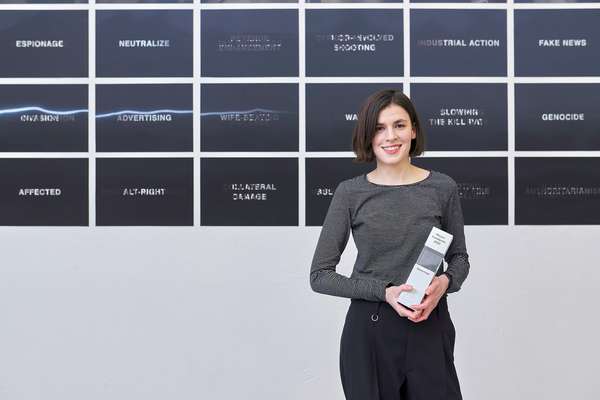
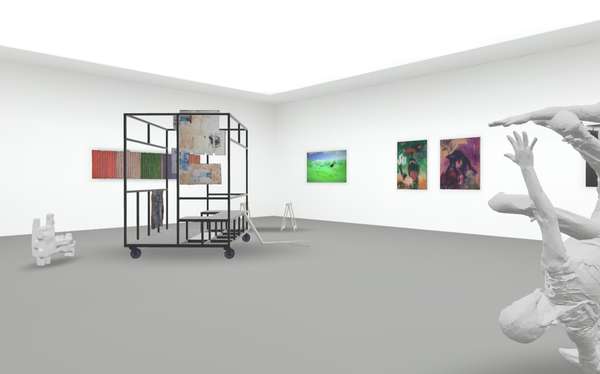
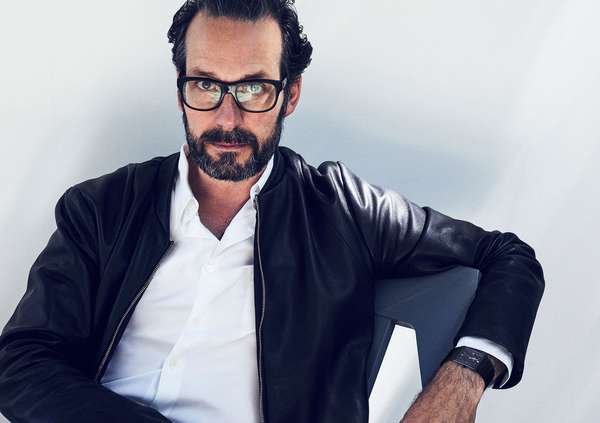
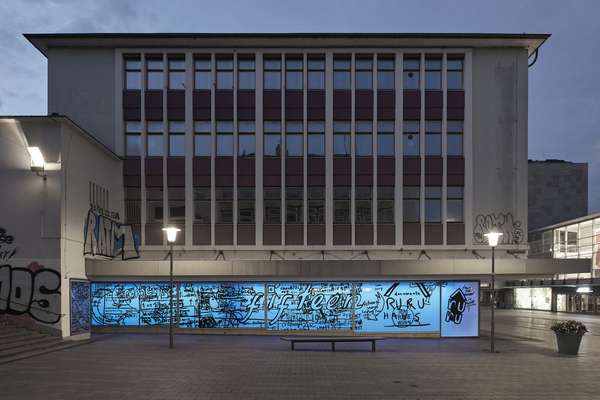
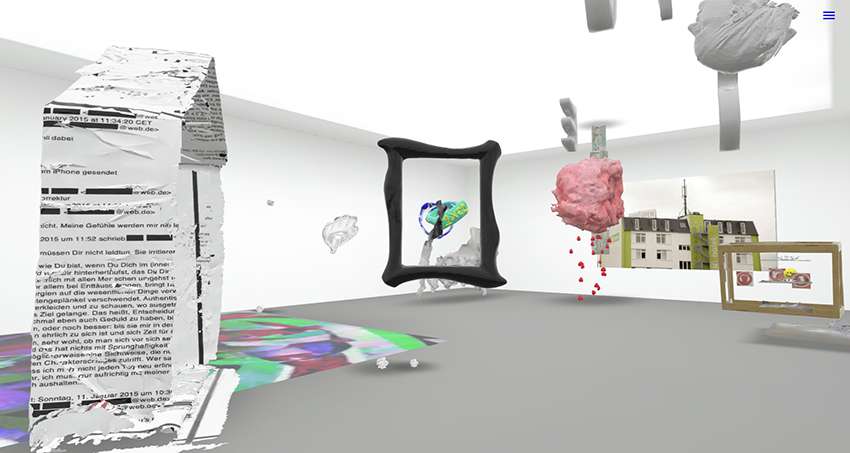
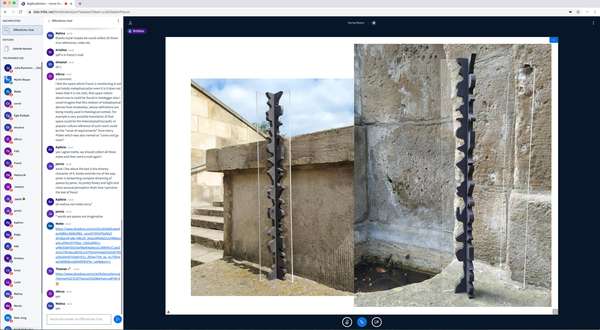
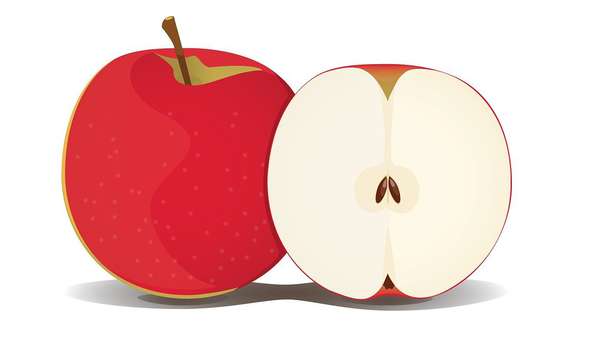
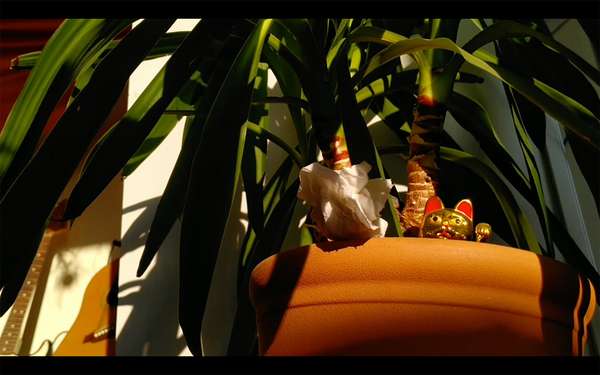
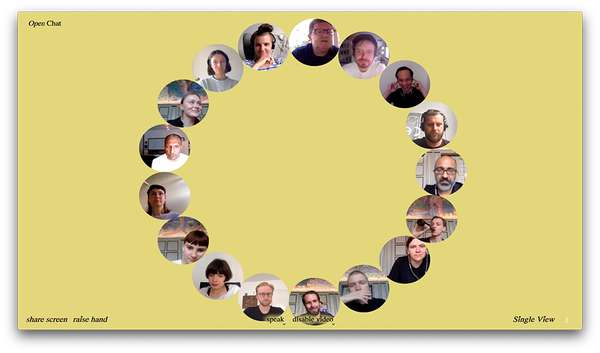
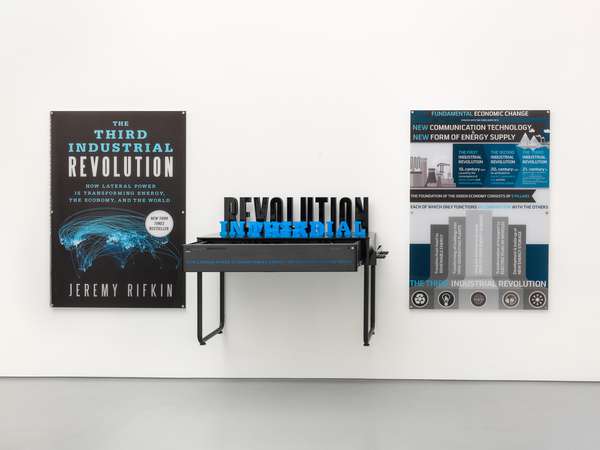
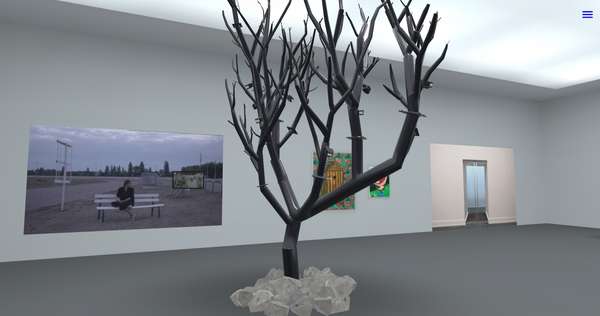
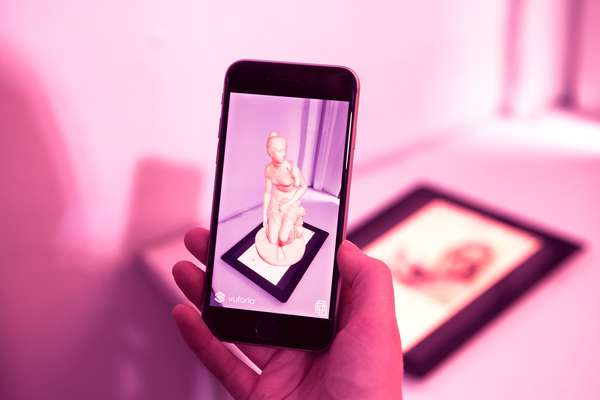
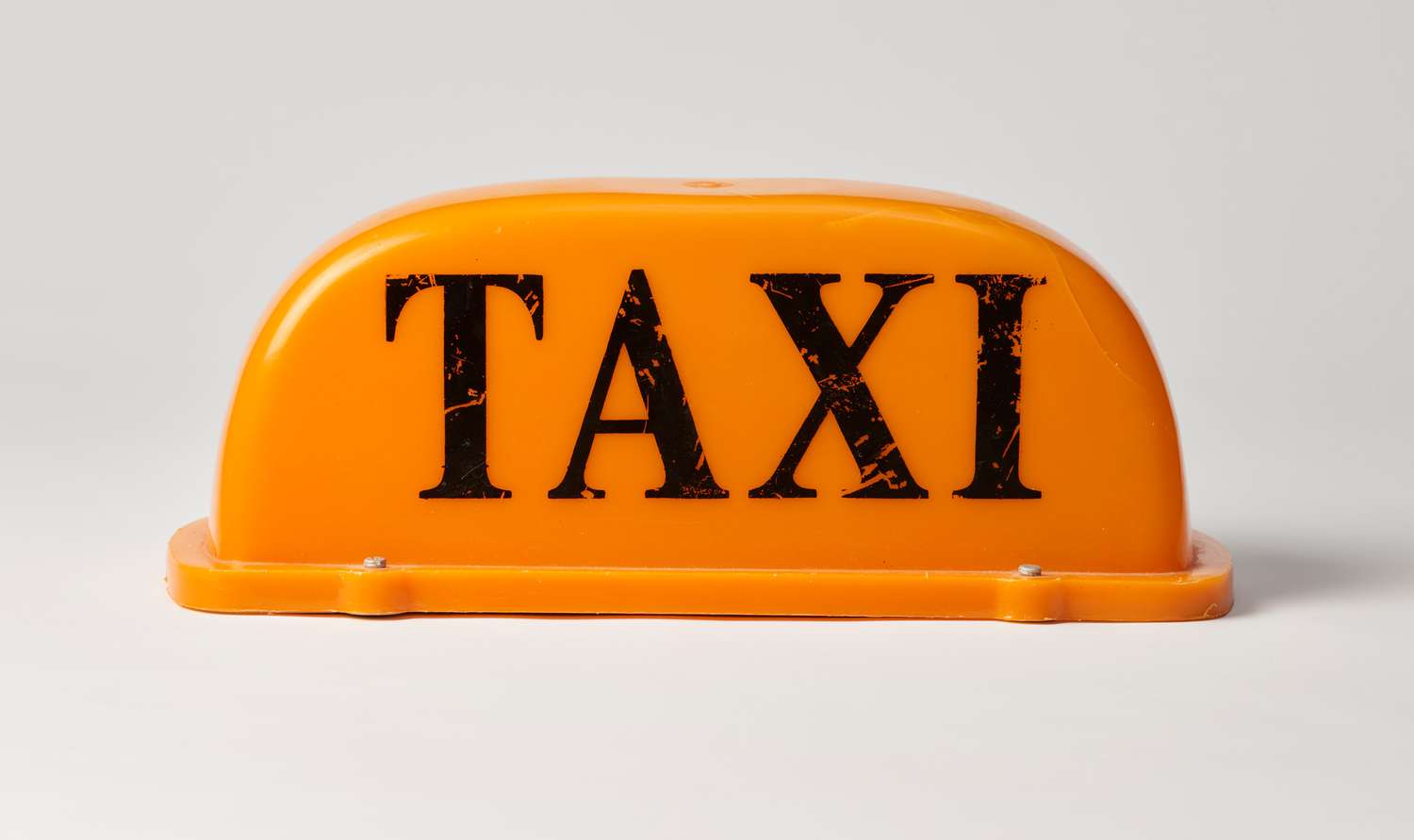
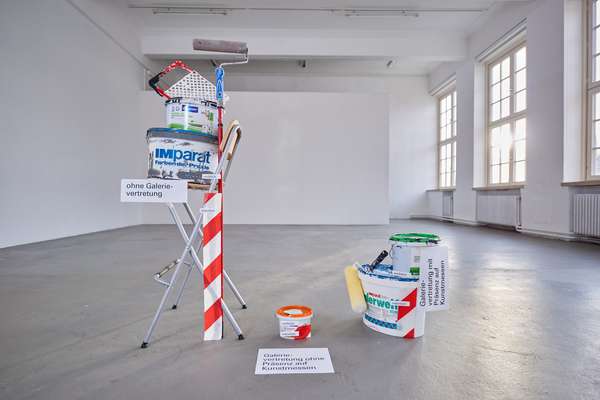
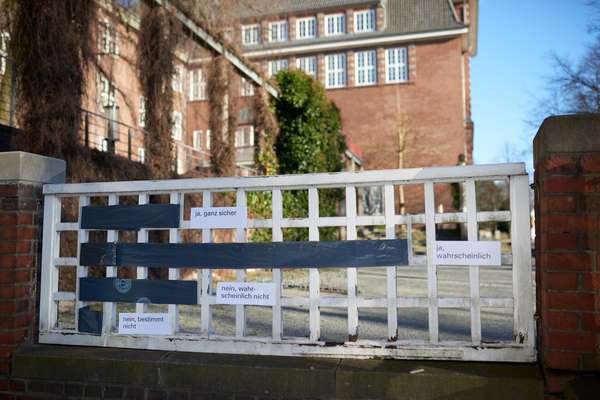
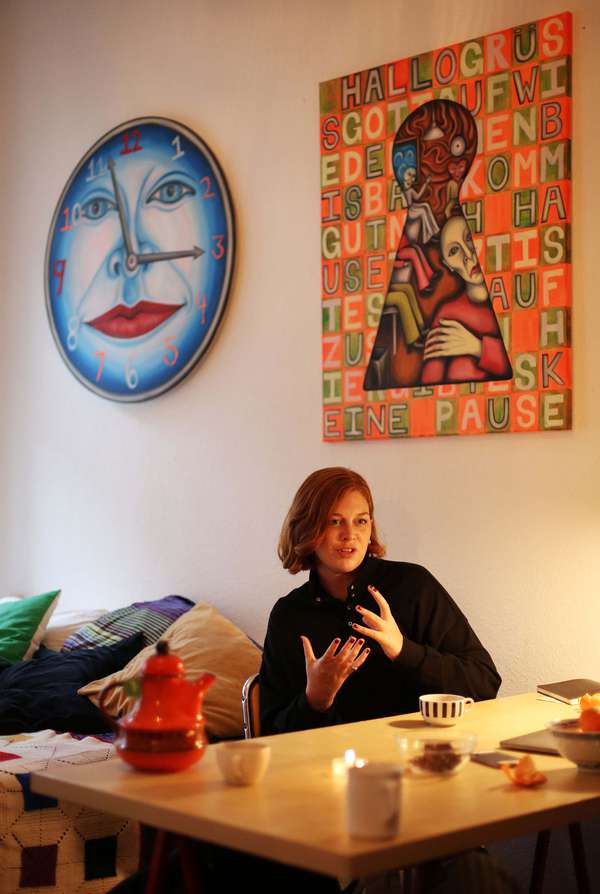
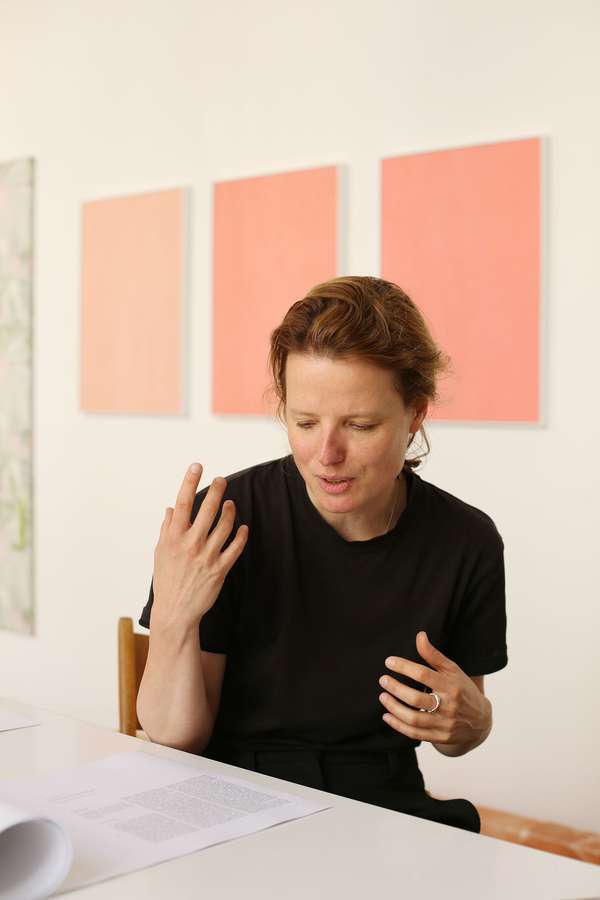
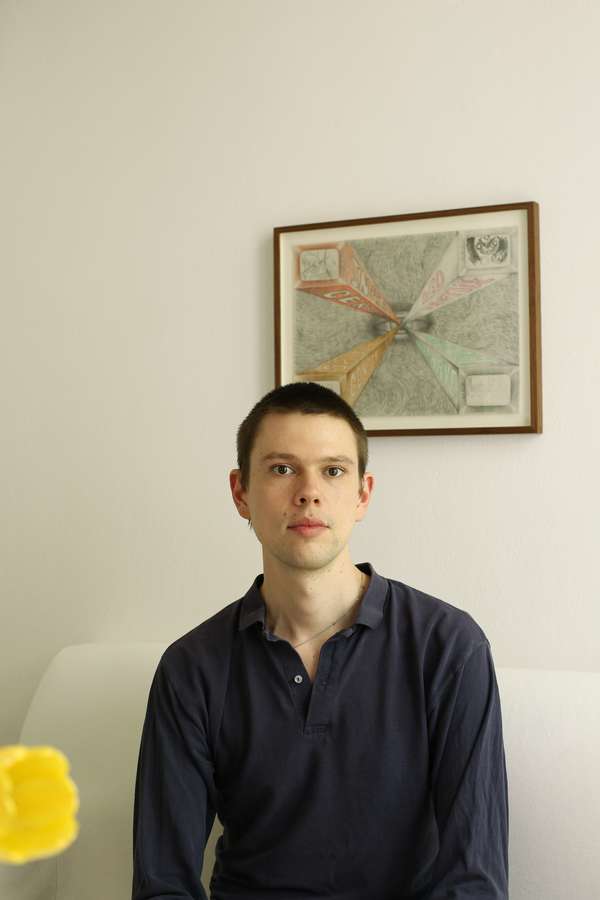
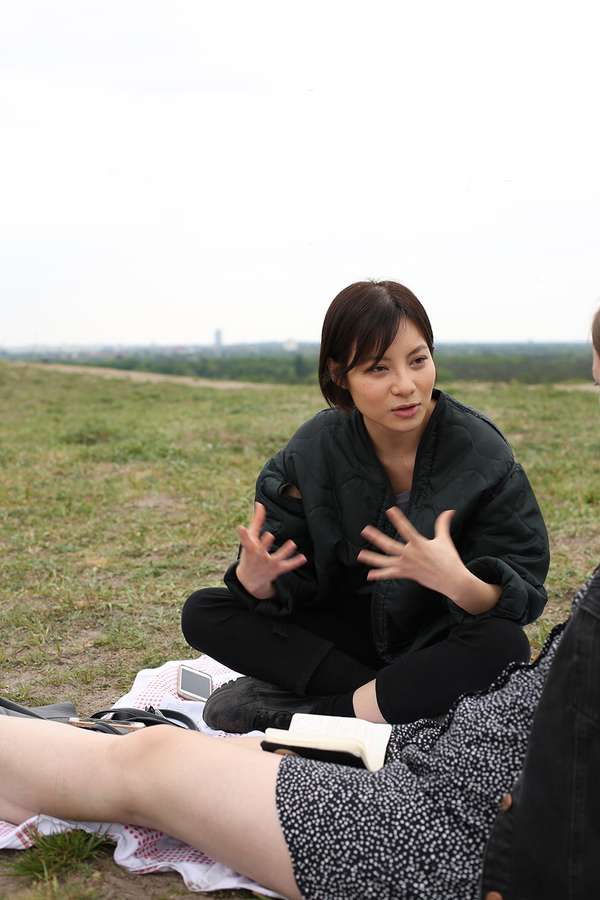
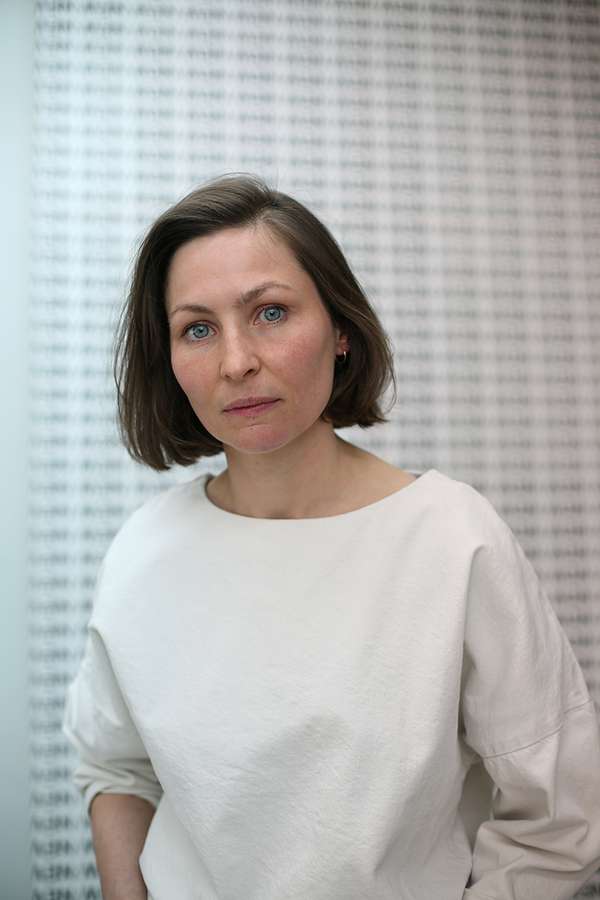
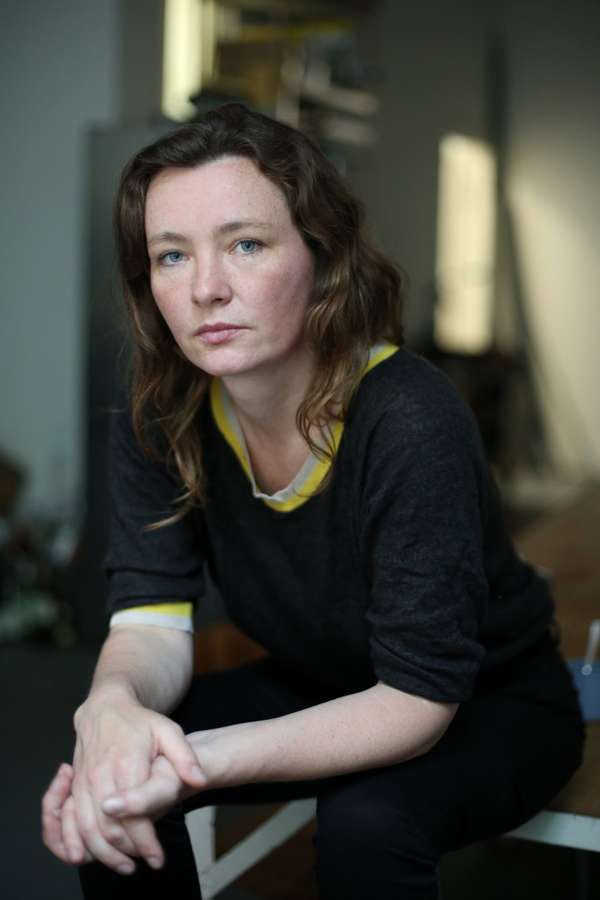
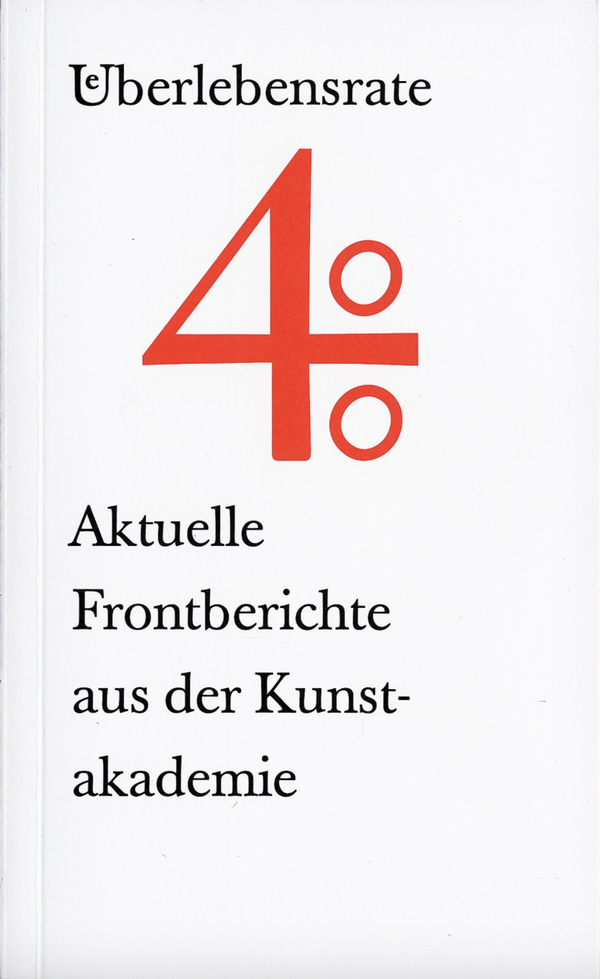
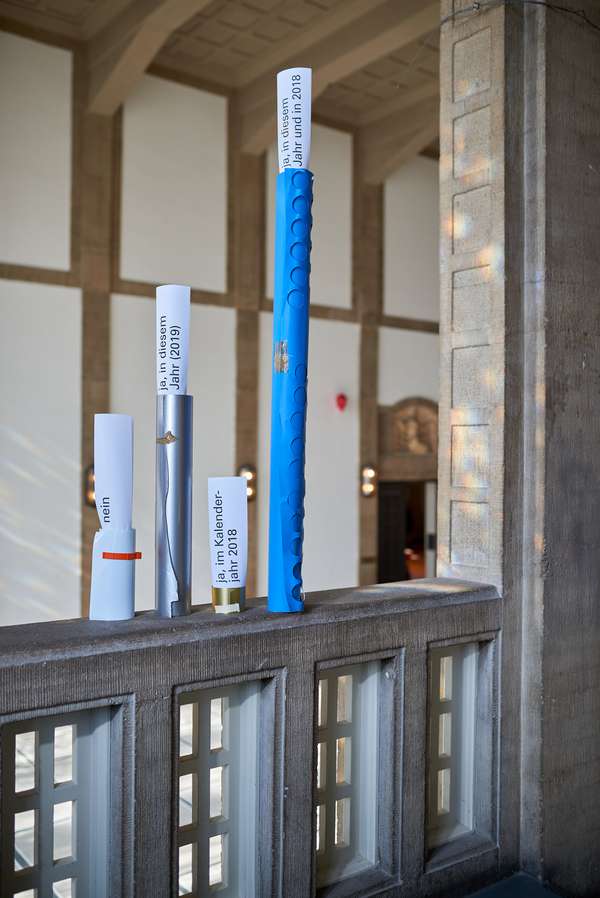
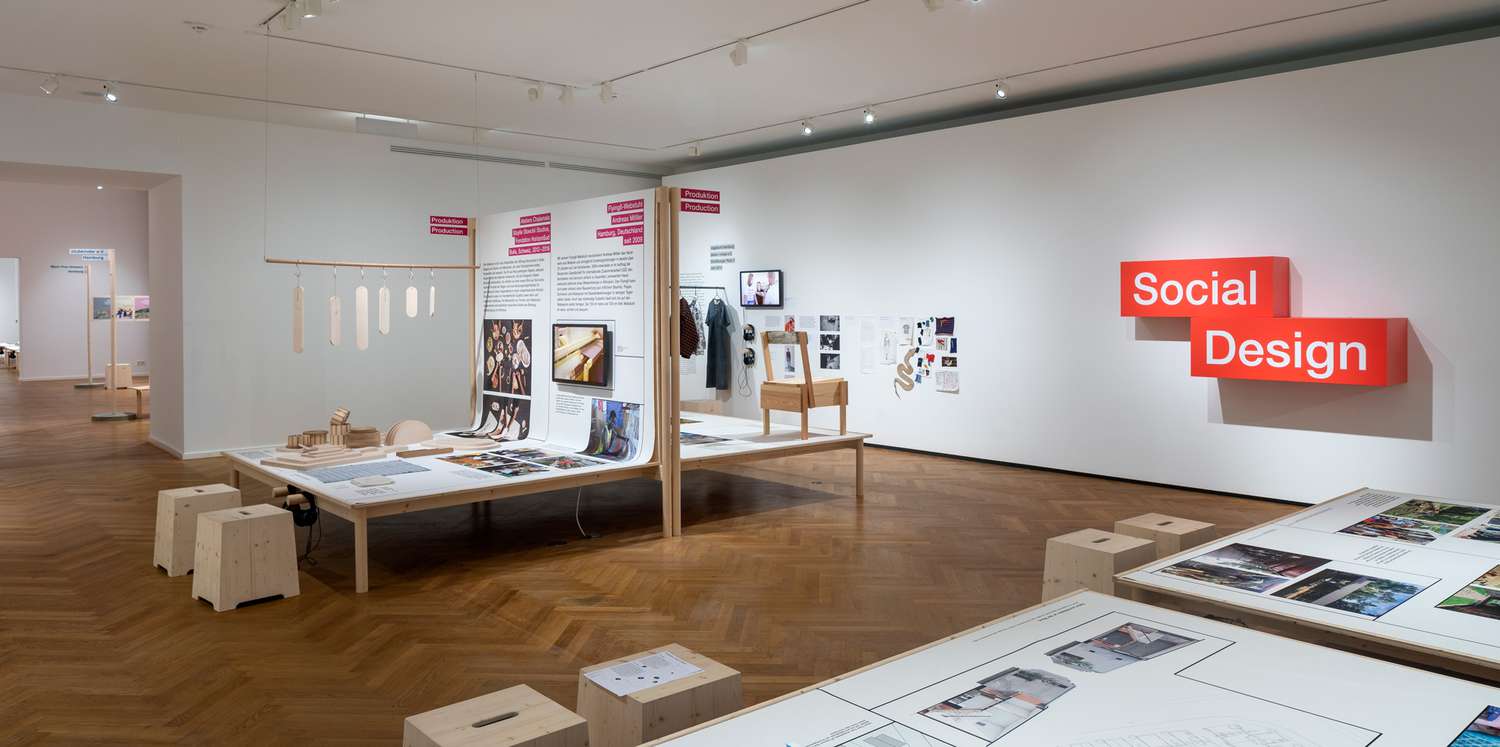
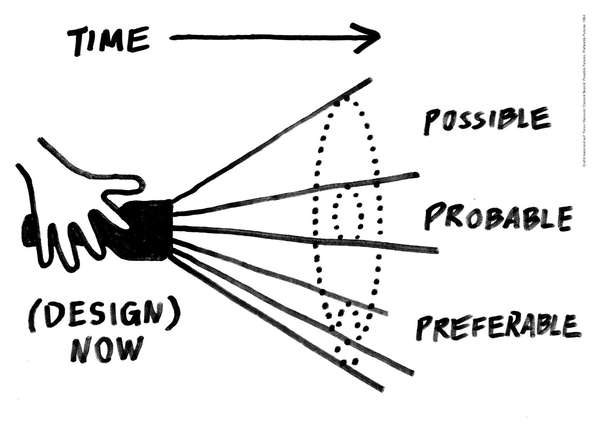
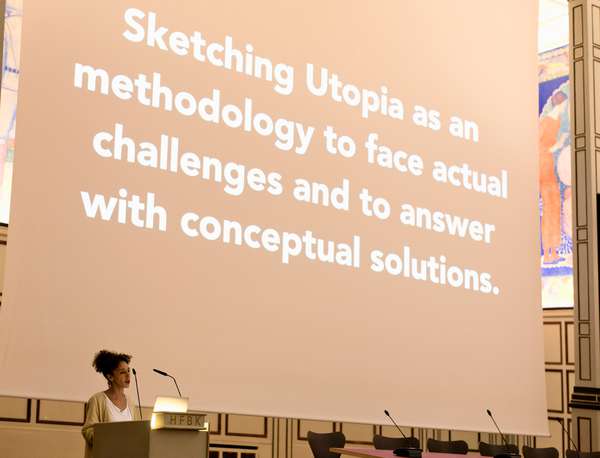
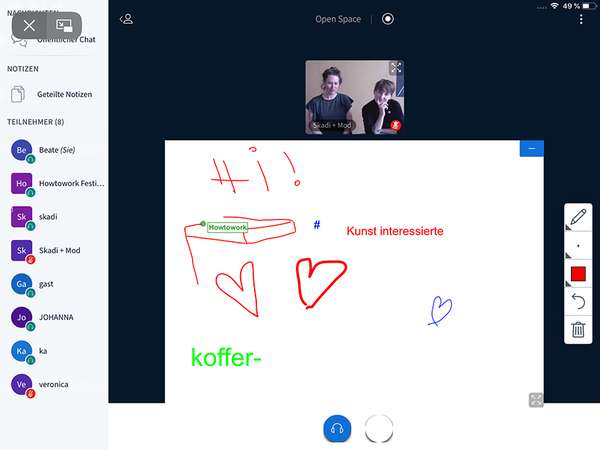
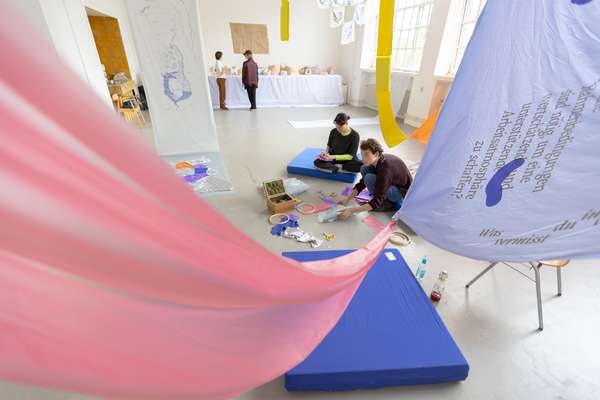
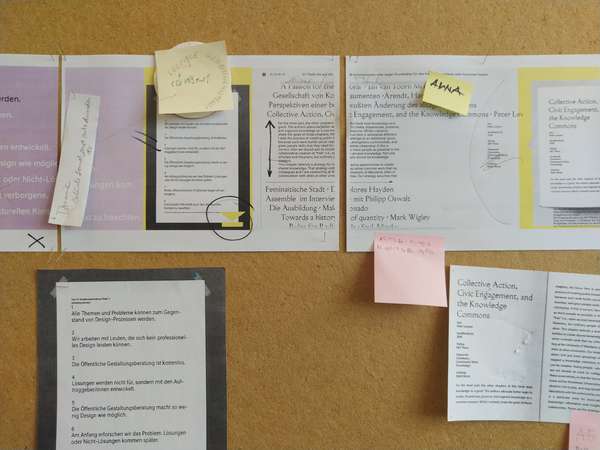
 Graduate Show 2025: Don't stop me now
Graduate Show 2025: Don't stop me now
 Long days, lots to do
Long days, lots to do
 Cine*Ami*es
Cine*Ami*es
 Redesign Democracy – competition for the ballot box of the democratic future
Redesign Democracy – competition for the ballot box of the democratic future
 Art in public space
Art in public space
 How to apply: study at HFBK Hamburg
How to apply: study at HFBK Hamburg
 Annual Exhibition 2025 at the HFBK Hamburg
Annual Exhibition 2025 at the HFBK Hamburg
 The Elephant in The Room – Sculpture today
The Elephant in The Room – Sculpture today
 Hiscox Art Prize 2024
Hiscox Art Prize 2024
 The New Woman
The New Woman
 Doing a PhD at the HFBK Hamburg
Doing a PhD at the HFBK Hamburg
 Graduate Show 2024 - Letting Go
Graduate Show 2024 - Letting Go
 Finkenwerder Art Prize 2024
Finkenwerder Art Prize 2024
 Archives of the Body - The Body in Archiving
Archives of the Body - The Body in Archiving
 New partnership with the School of Arts at the University of Haifa
New partnership with the School of Arts at the University of Haifa
 Annual Exhibition 2024 at the HFBK Hamburg
Annual Exhibition 2024 at the HFBK Hamburg
 (Ex)Changes of / in Art
(Ex)Changes of / in Art
 Extended Libraries
Extended Libraries
 And Still I Rise
And Still I Rise
 Let's talk about language
Let's talk about language
 Graduate Show 2023: Unfinished Business
Graduate Show 2023: Unfinished Business
 Let`s work together
Let`s work together
 Annual Exhibition 2023 at HFBK Hamburg
Annual Exhibition 2023 at HFBK Hamburg
 Symposium: Controversy over documenta fifteen
Symposium: Controversy over documenta fifteen
 Festival and Symposium: Non-Knowledge, Laughter and the Moving Image
Festival and Symposium: Non-Knowledge, Laughter and the Moving Image
 Solo exhibition by Konstantin Grcic
Solo exhibition by Konstantin Grcic
 Art and war
Art and war
 Graduate Show 2022: We’ve Only Just Begun
Graduate Show 2022: We’ve Only Just Begun
 June is full of art and theory
June is full of art and theory
 Finkenwerder Art Prize 2022
Finkenwerder Art Prize 2022
 Nachhaltigkeit im Kontext von Kunst und Kunsthochschule
Nachhaltigkeit im Kontext von Kunst und Kunsthochschule
 Raum für die Kunst
Raum für die Kunst
 Annual Exhibition 2022 at the HFBK
Annual Exhibition 2022 at the HFBK
 Conference: Counter-Monuments and Para-Monuments.
Conference: Counter-Monuments and Para-Monuments.
 Diversity
Diversity
 Live und in Farbe: die ASA Open Studios im Juni 2021
Live und in Farbe: die ASA Open Studios im Juni 2021
 Unlearning: Wartenau Assemblies
Unlearning: Wartenau Assemblies
 School of No Consequences
School of No Consequences
 Annual Exhibition 2021 at the HFBK
Annual Exhibition 2021 at the HFBK
 Semestereröffnung und Hiscox-Preisverleihung 2020
Semestereröffnung und Hiscox-Preisverleihung 2020
 Teaching Art Online at the HFBK
Teaching Art Online at the HFBK
 HFBK Graduate Survey
HFBK Graduate Survey
 How political is Social Design?
How political is Social Design?